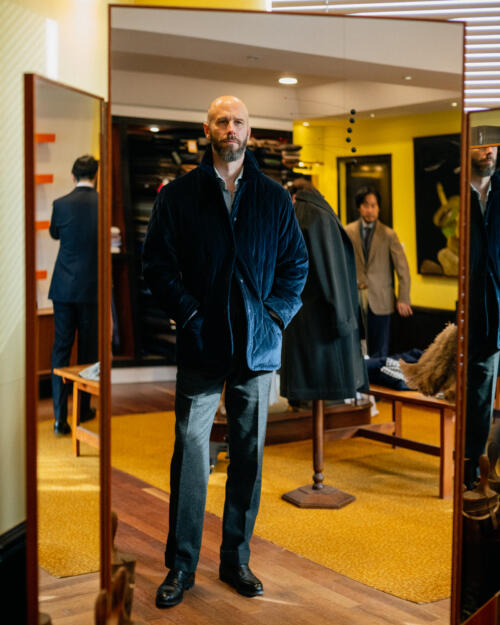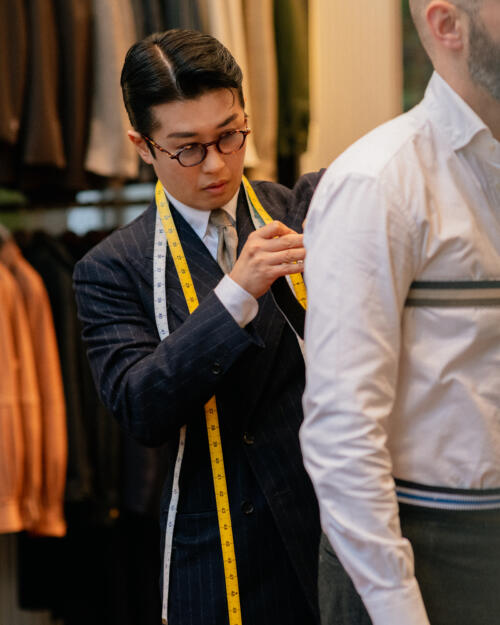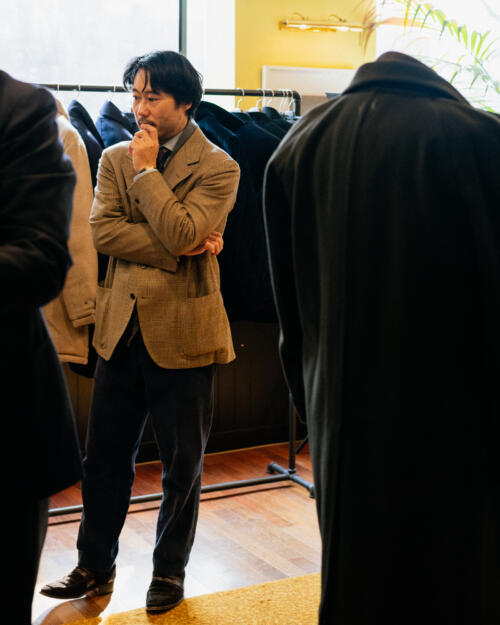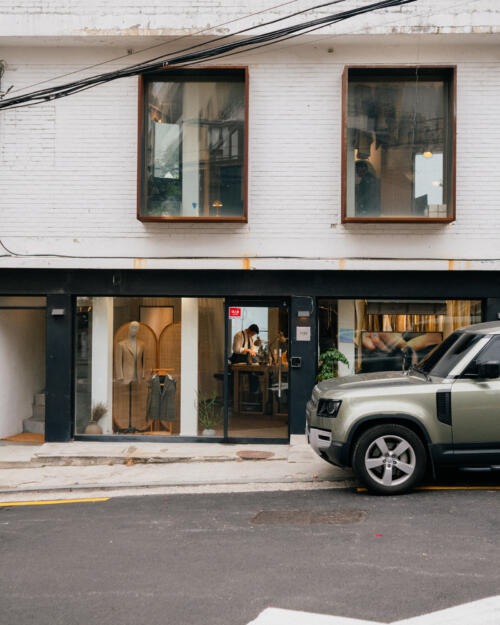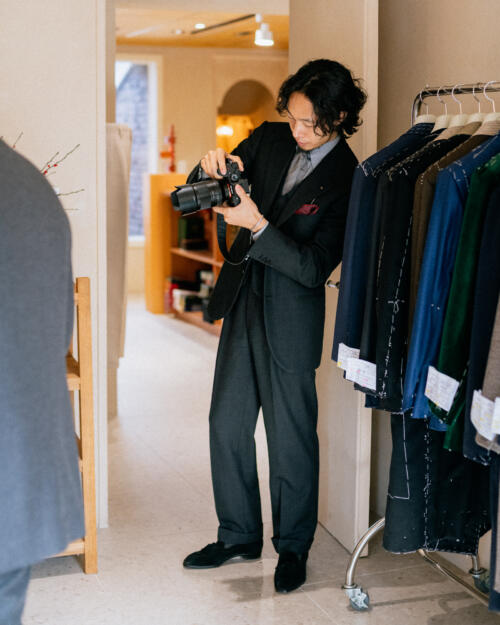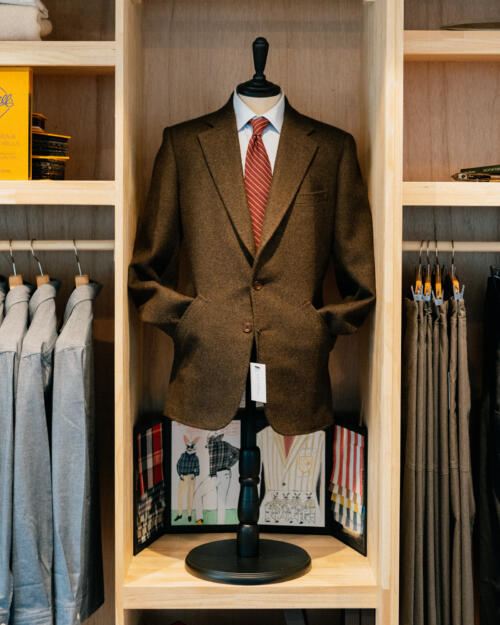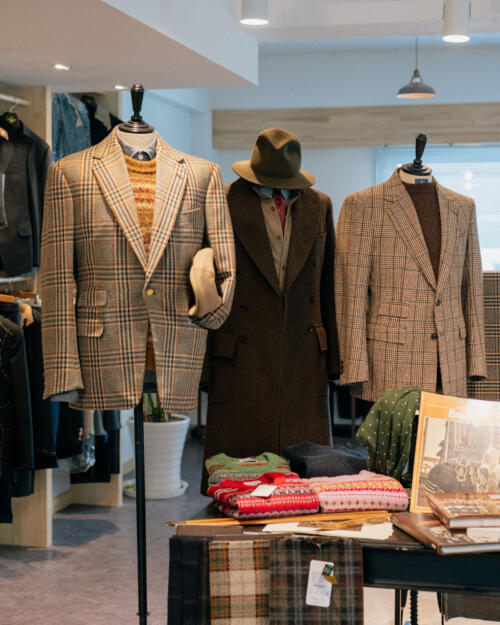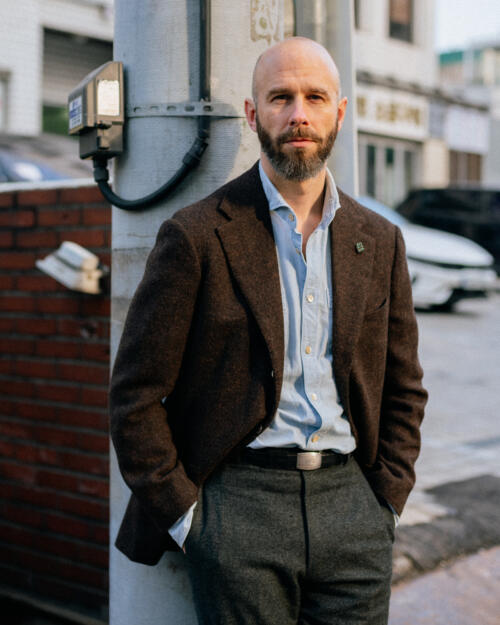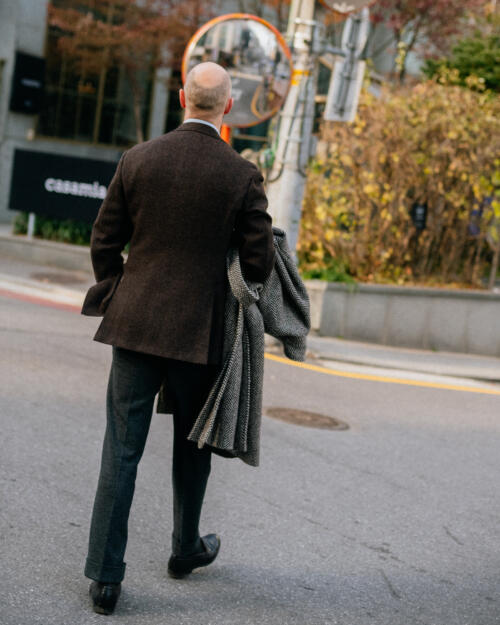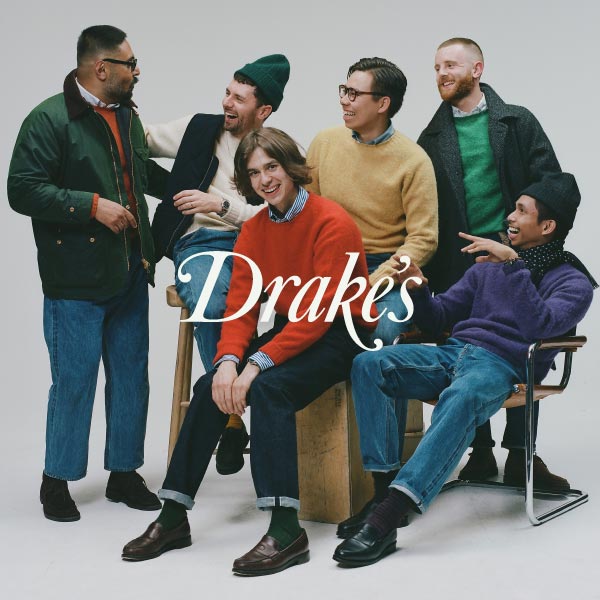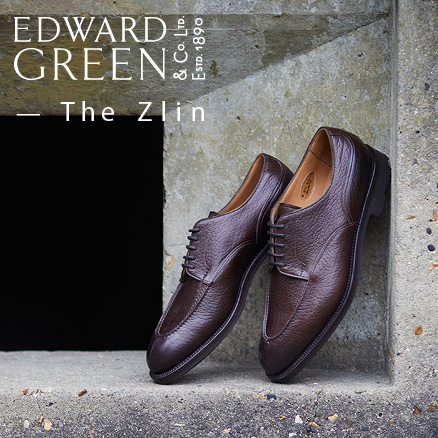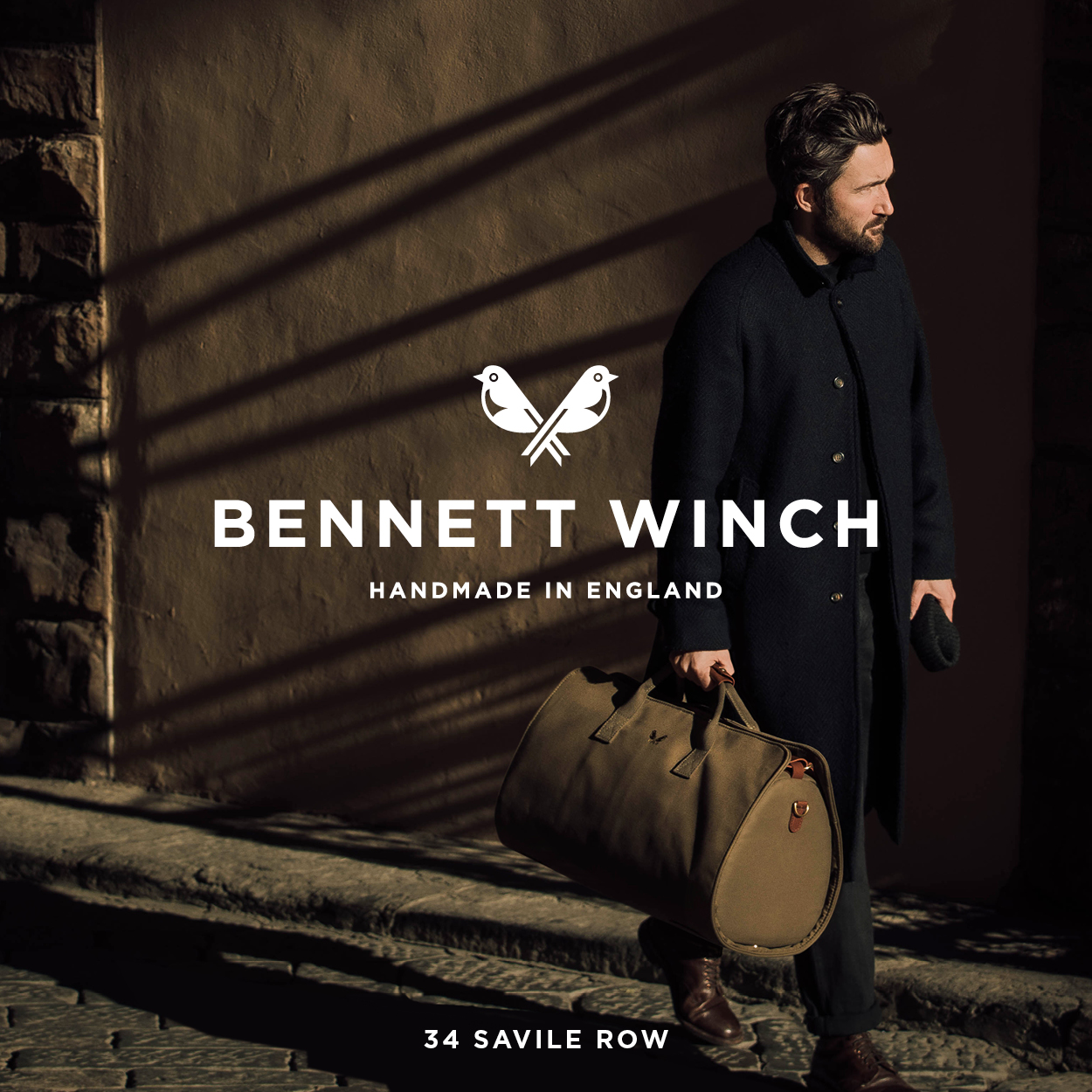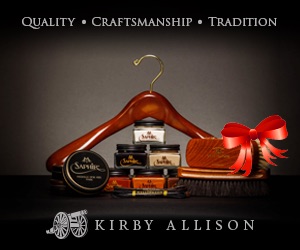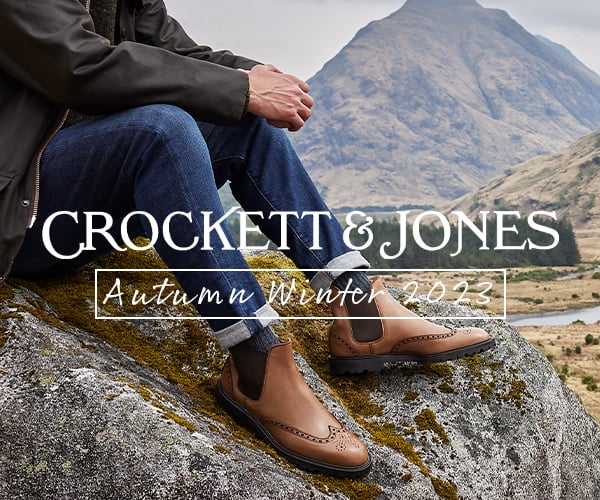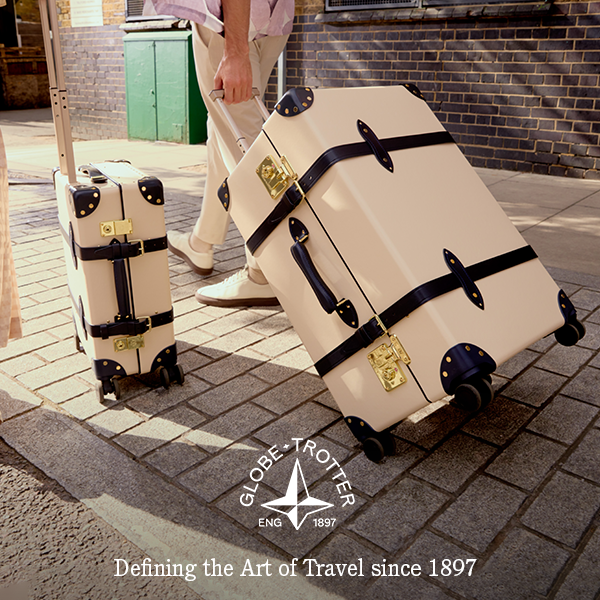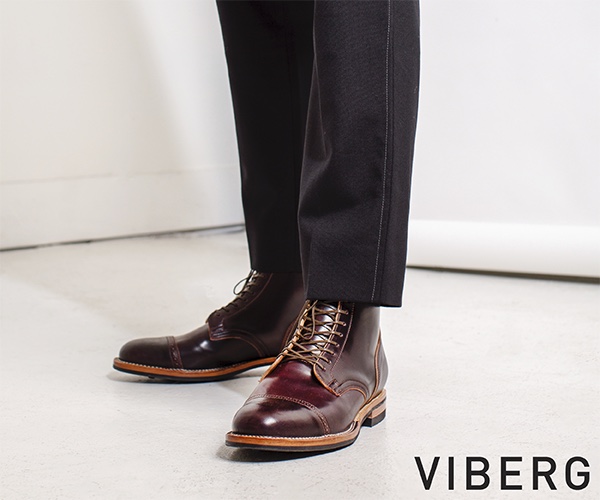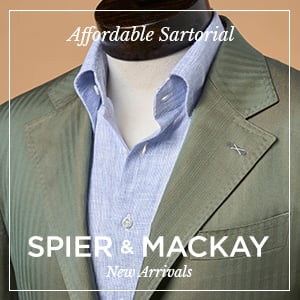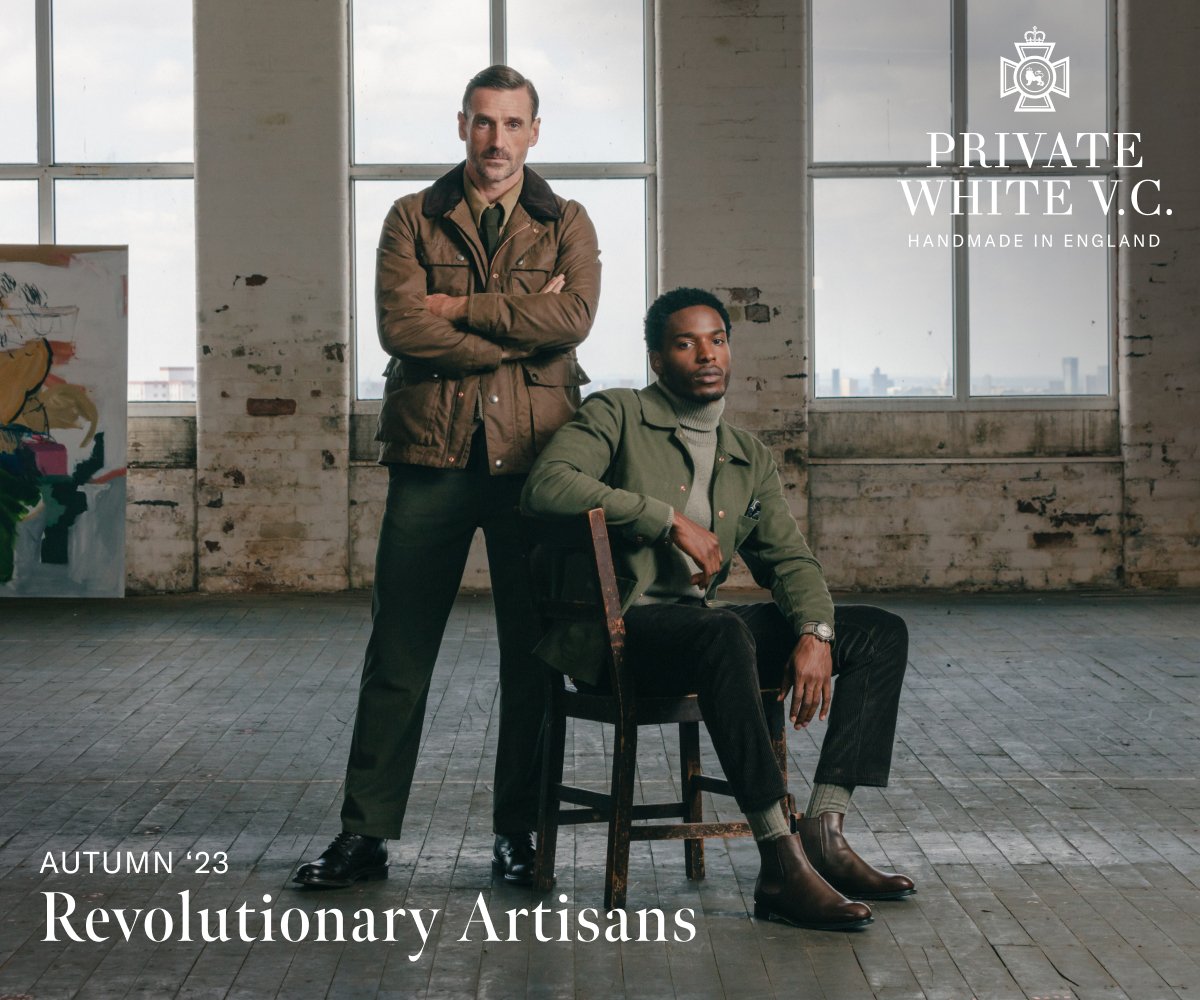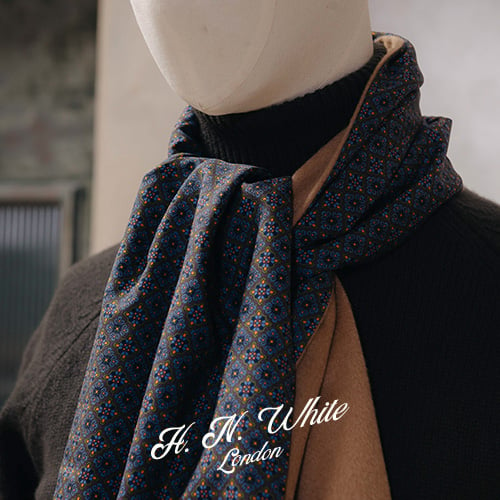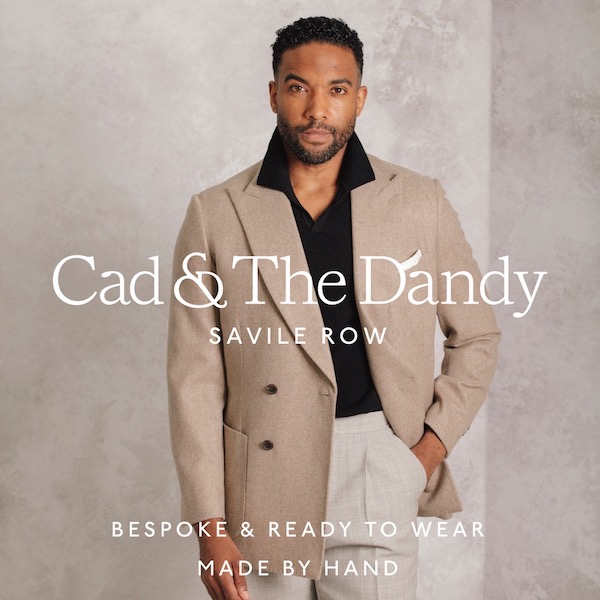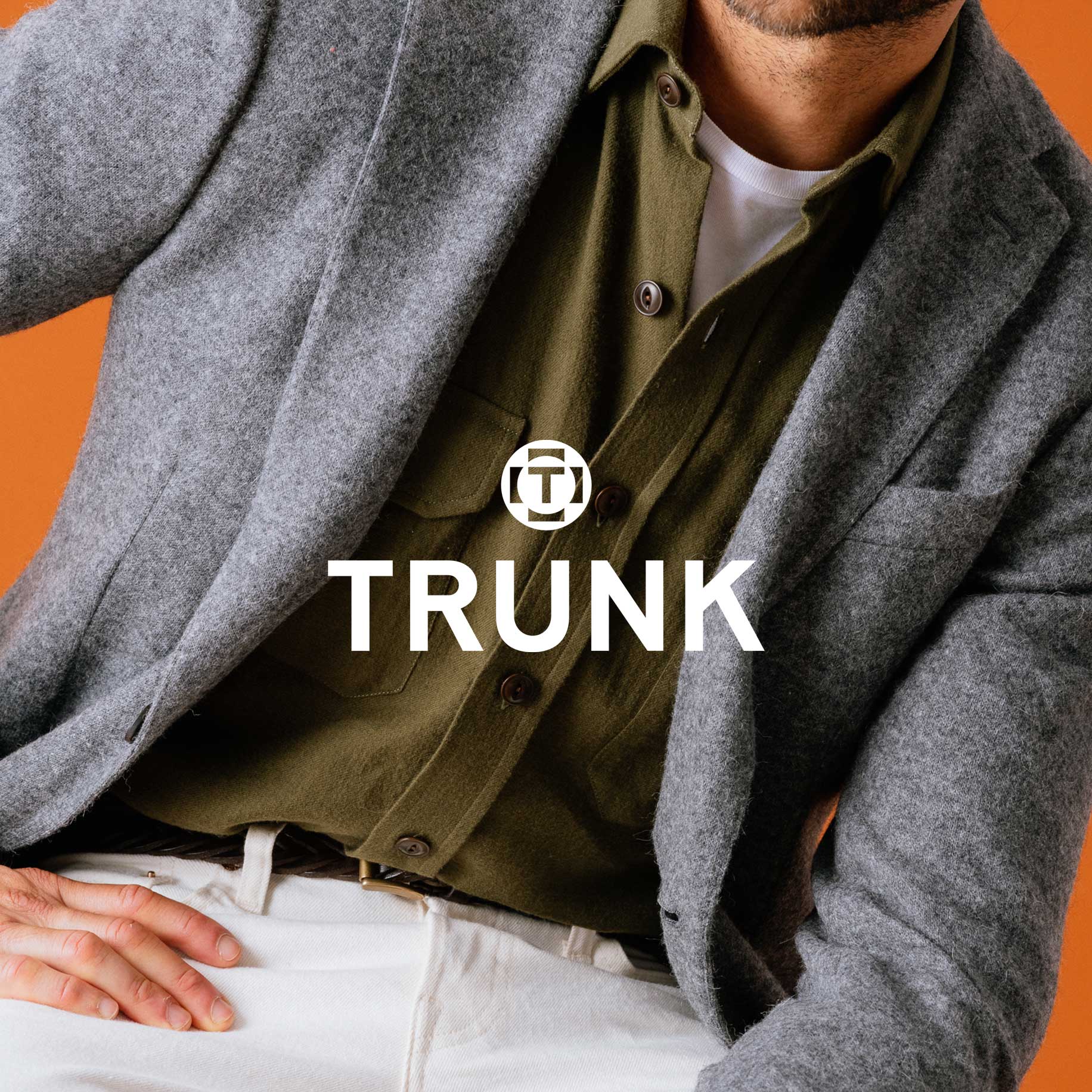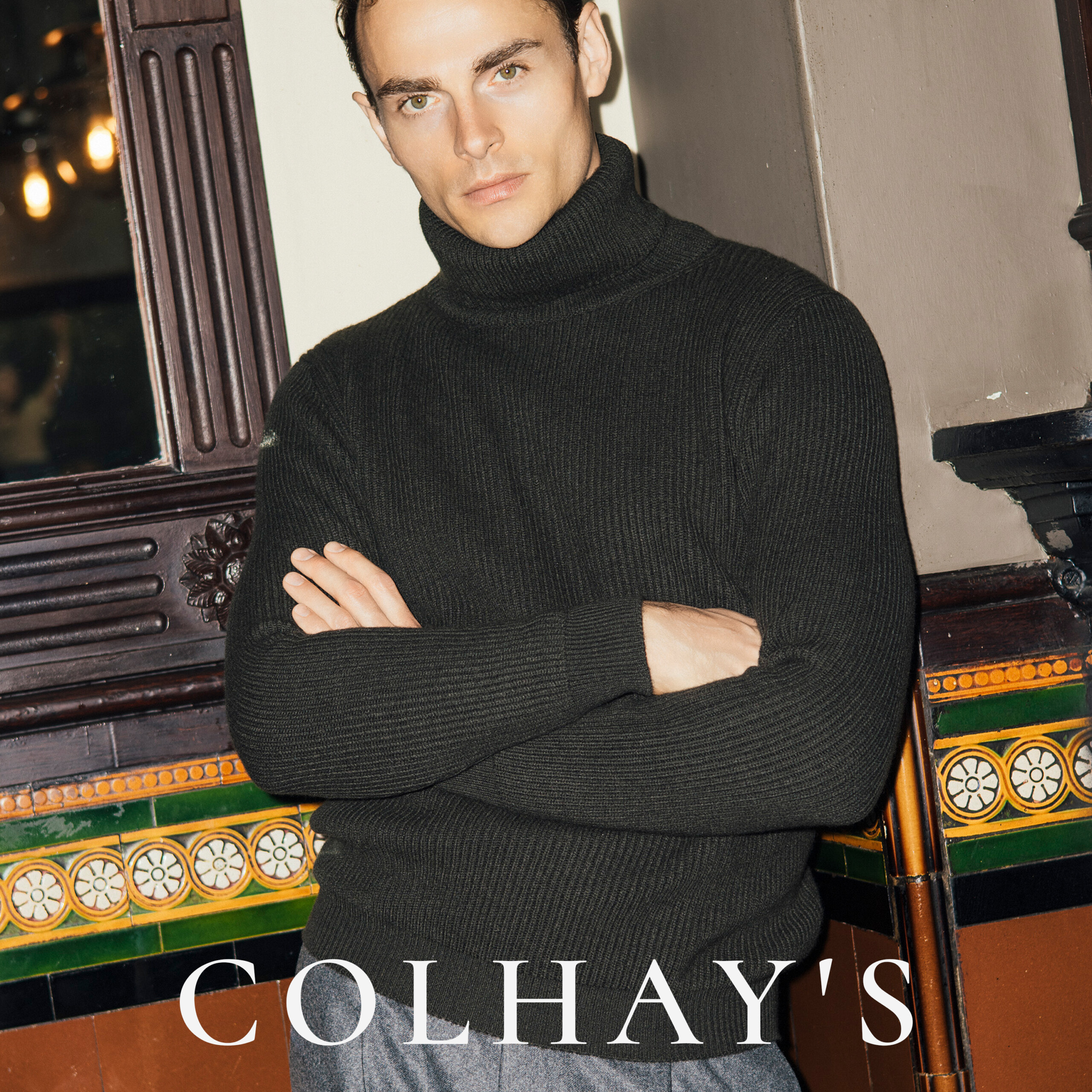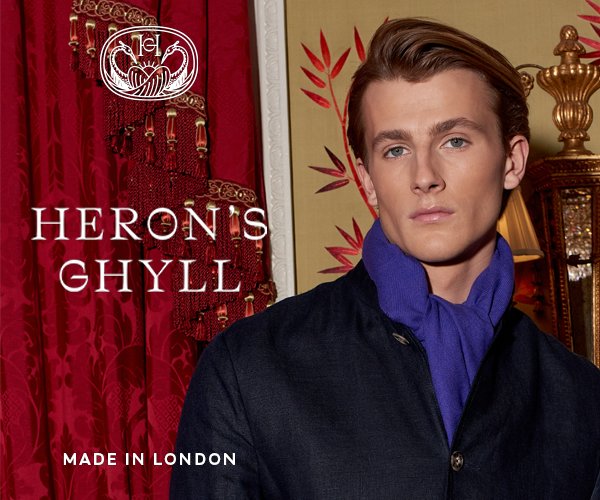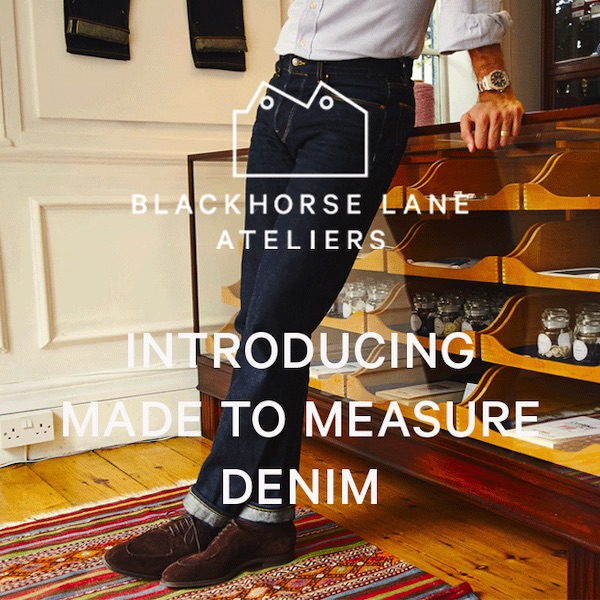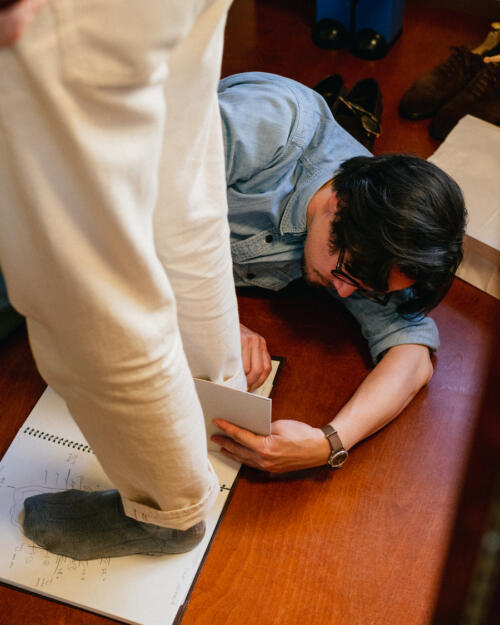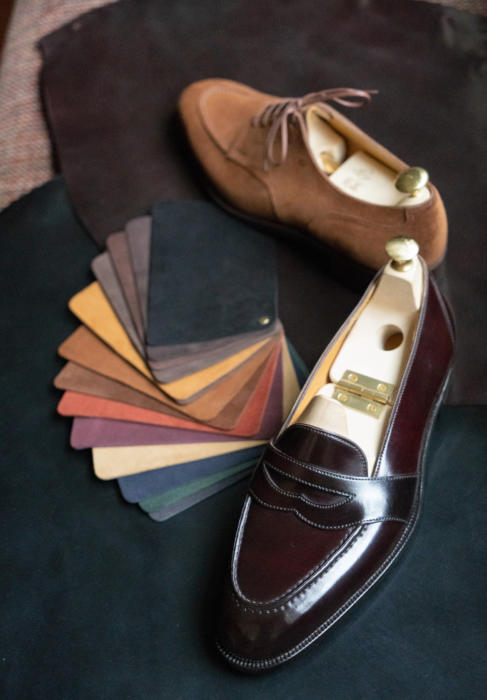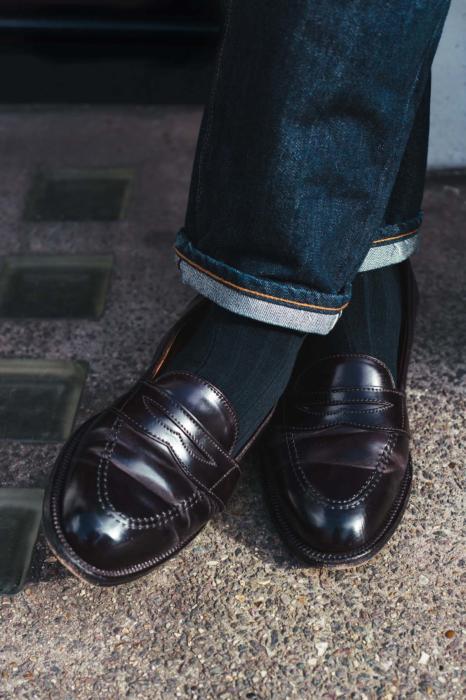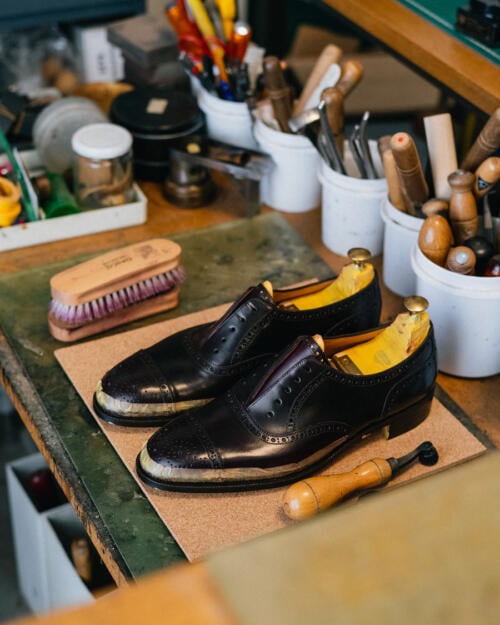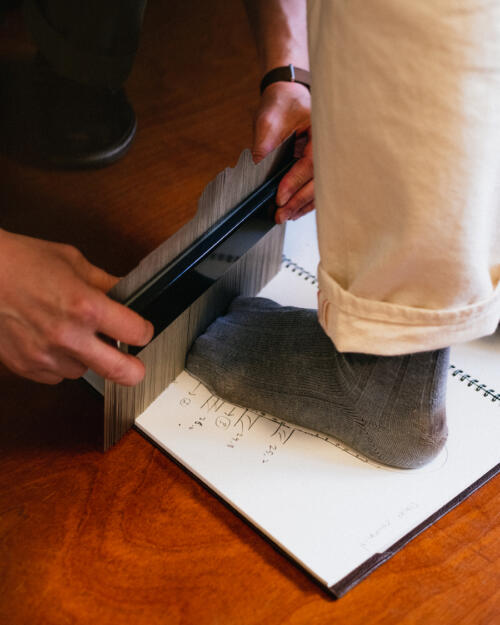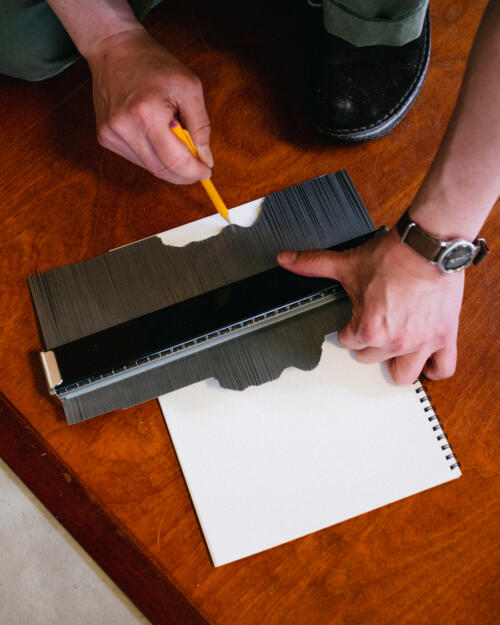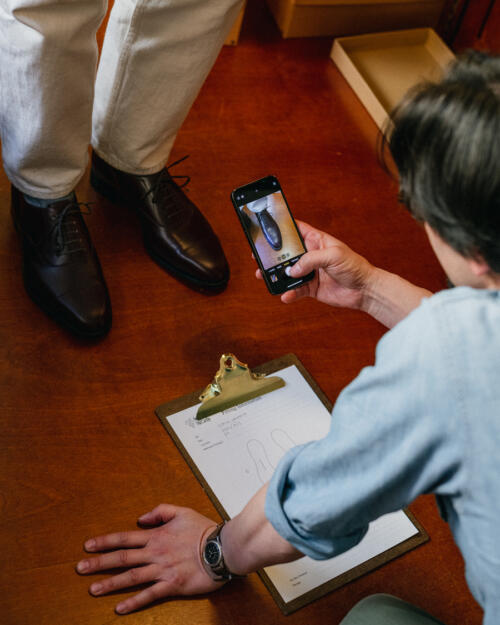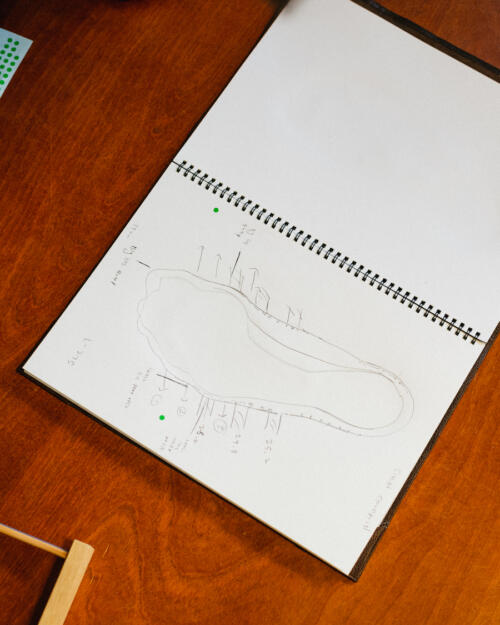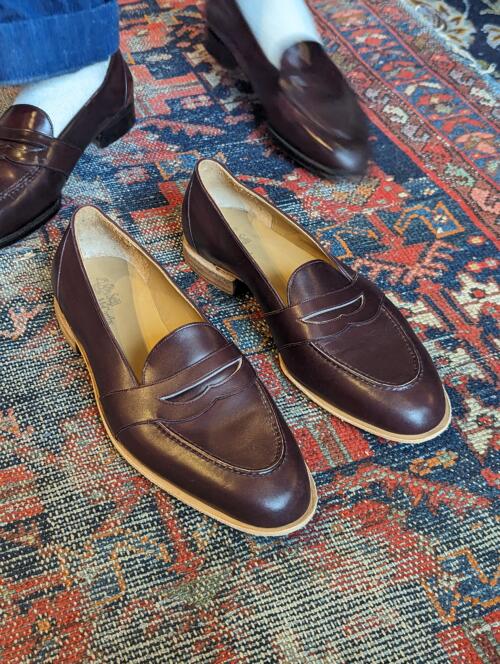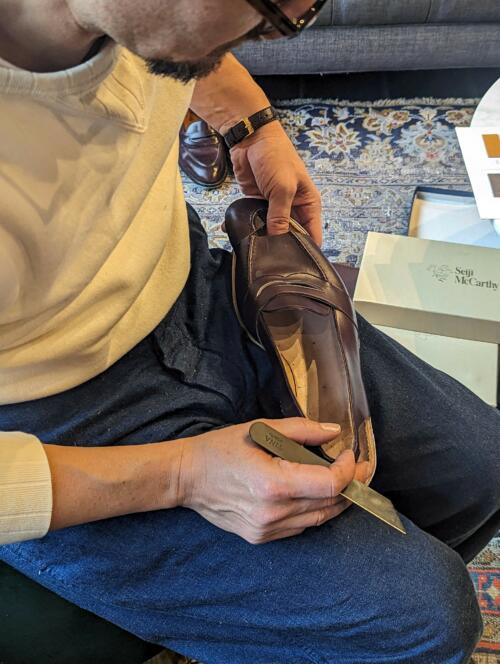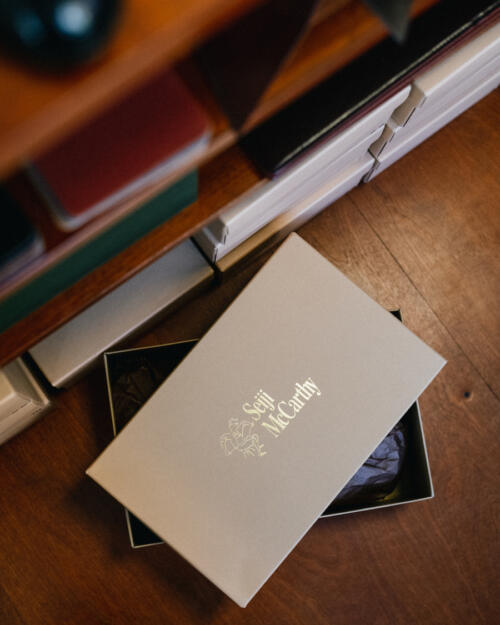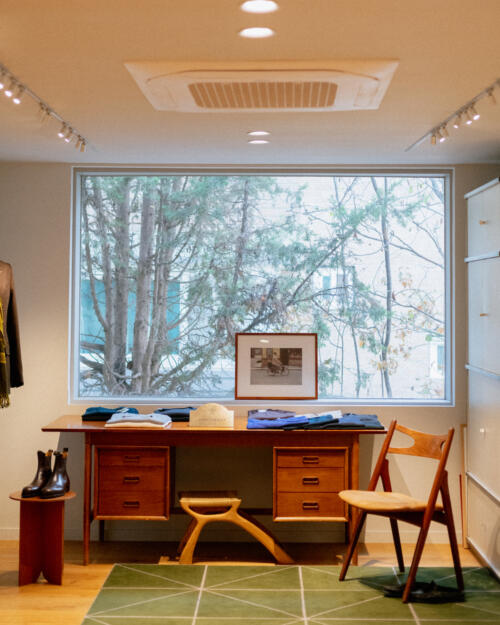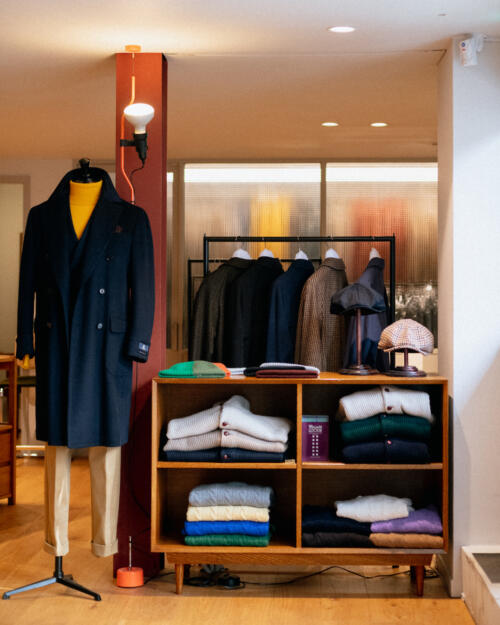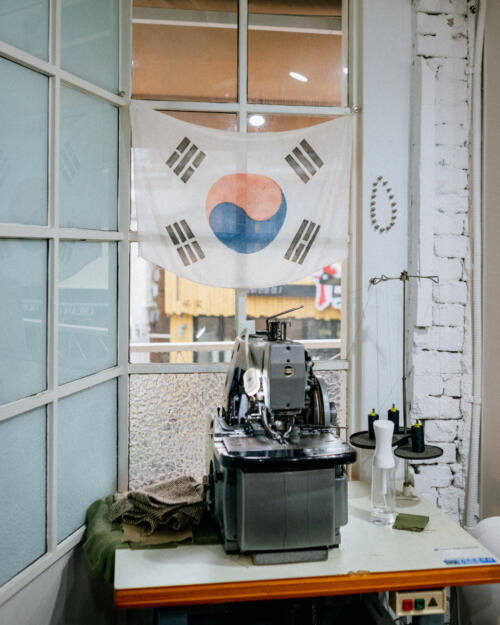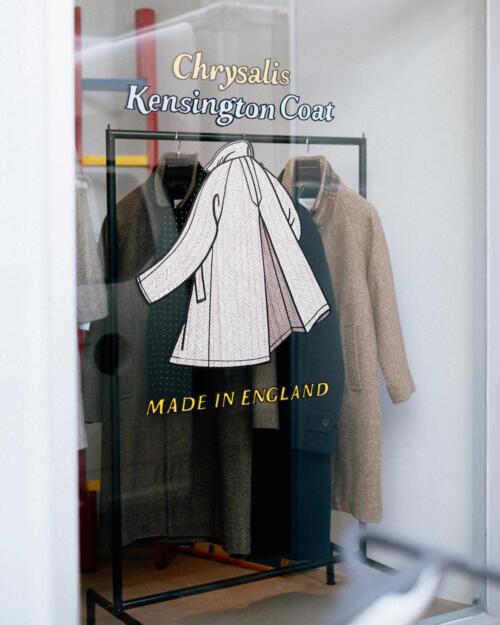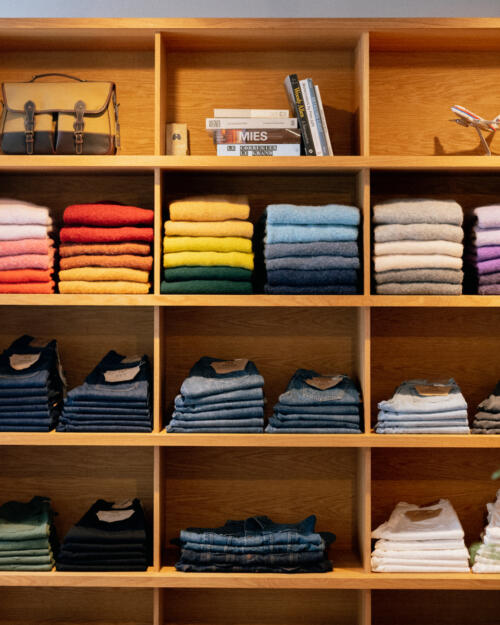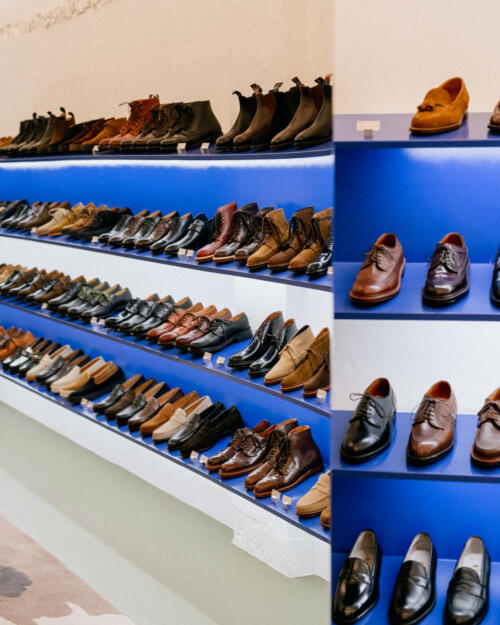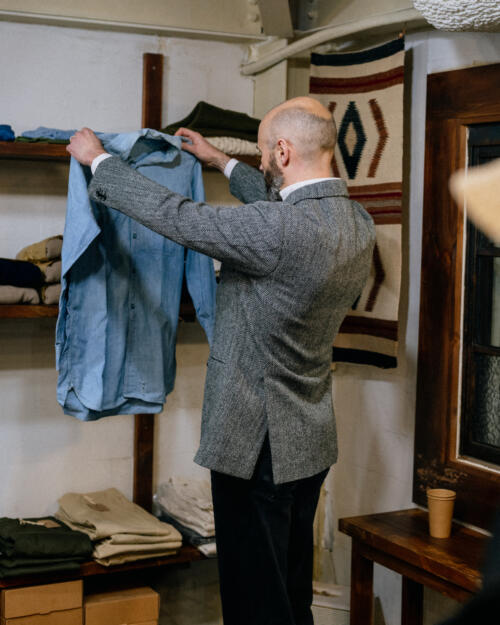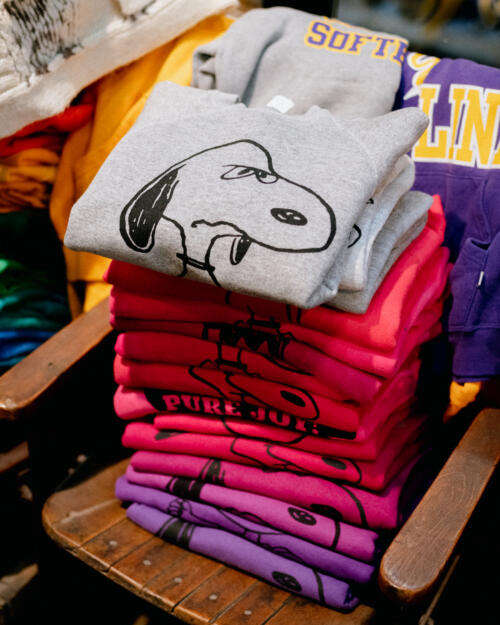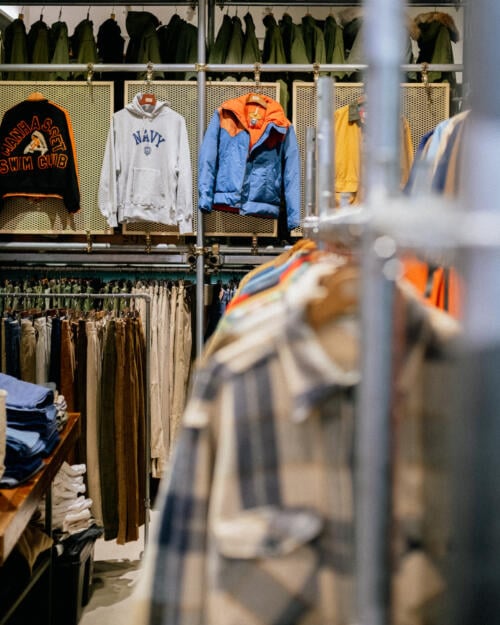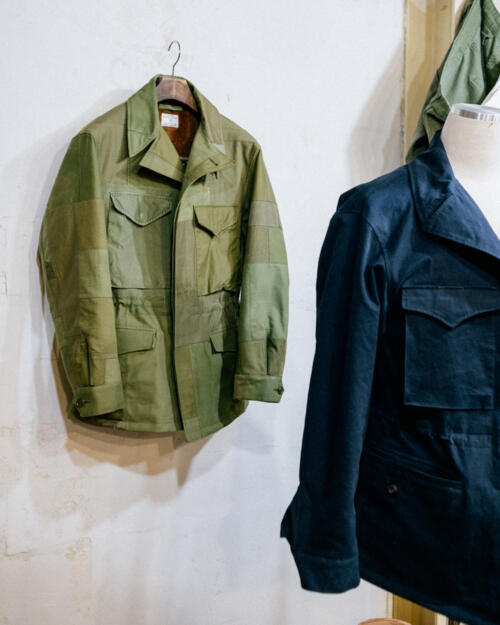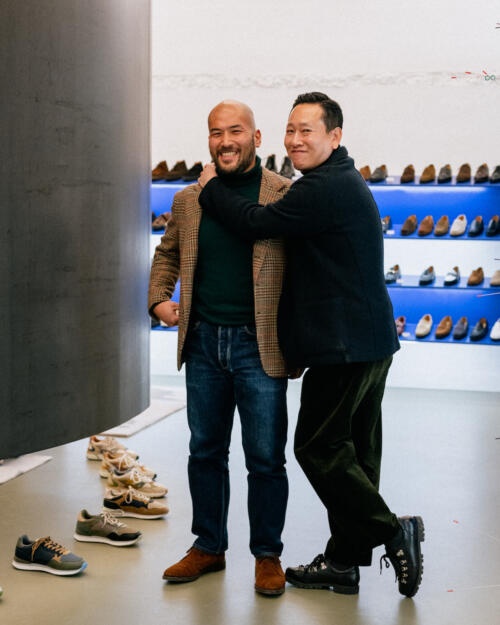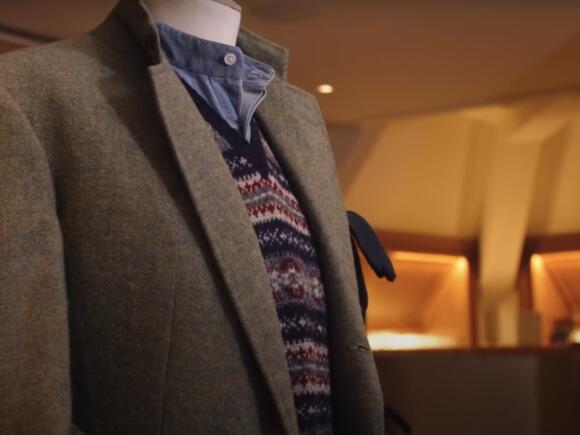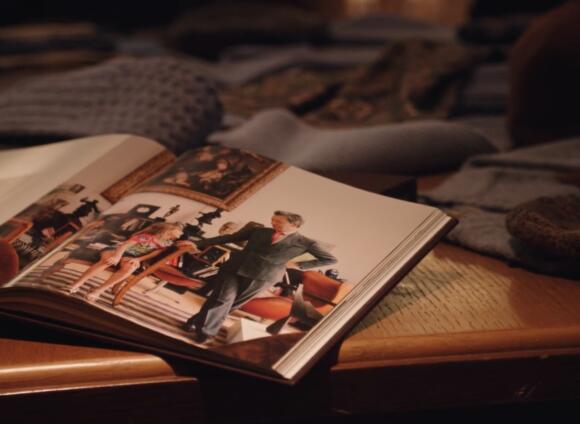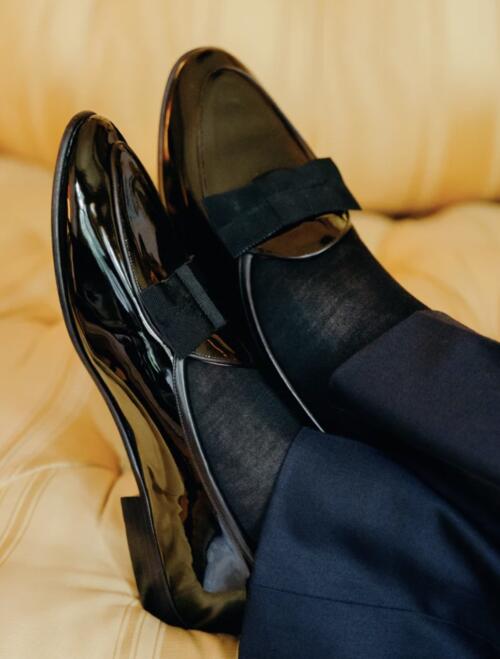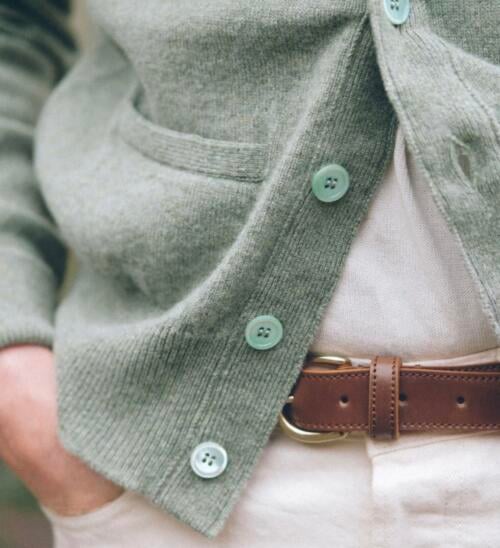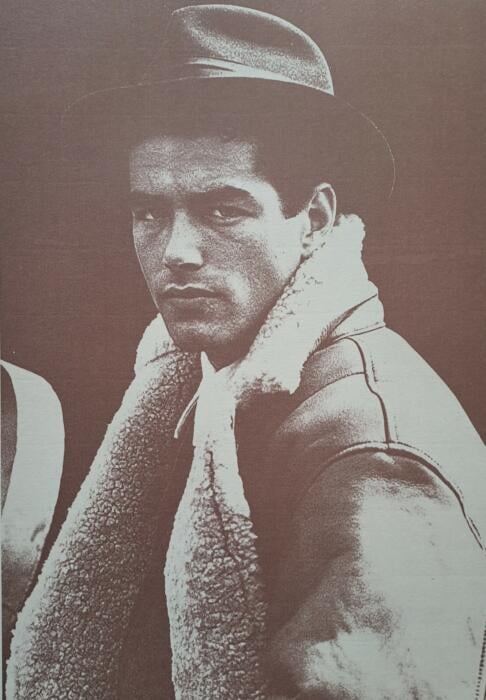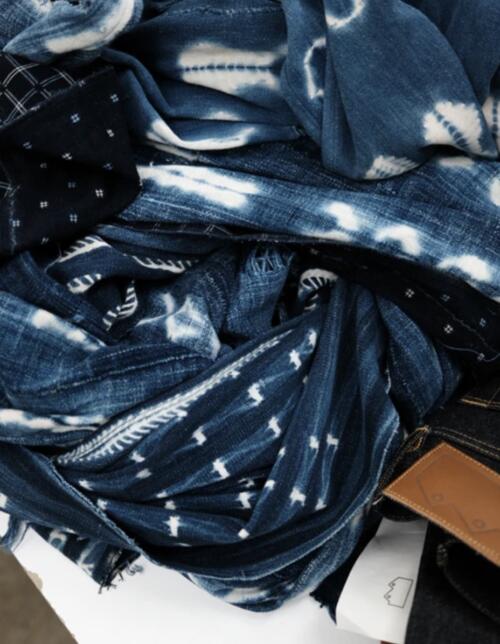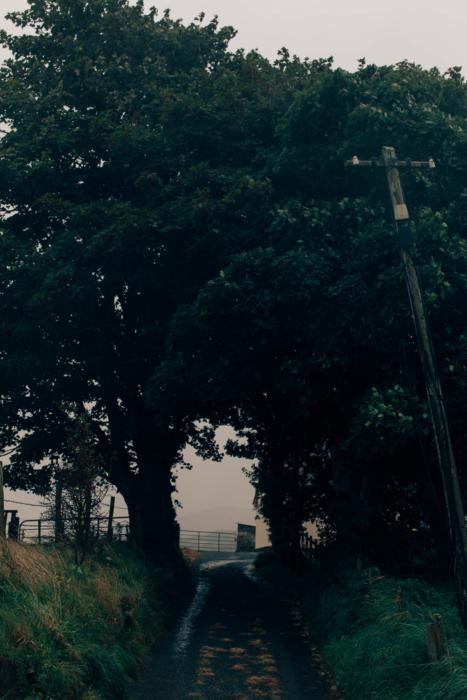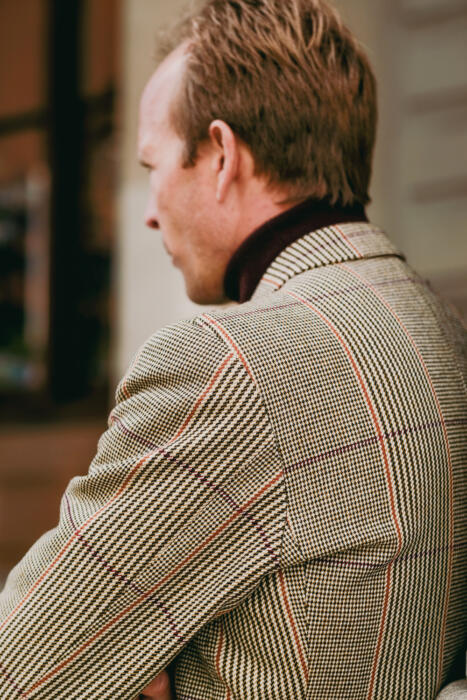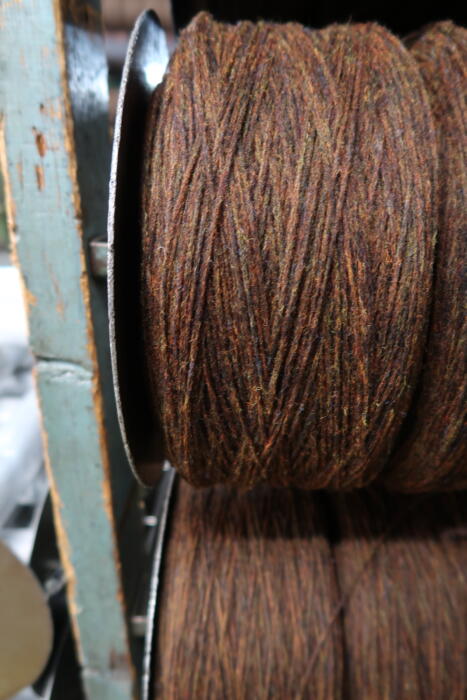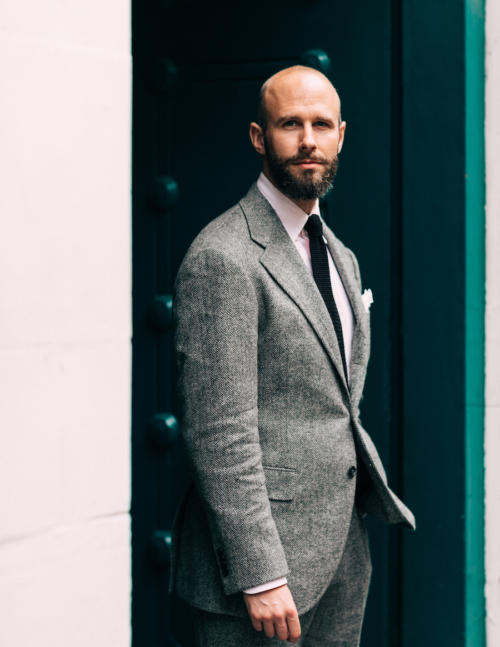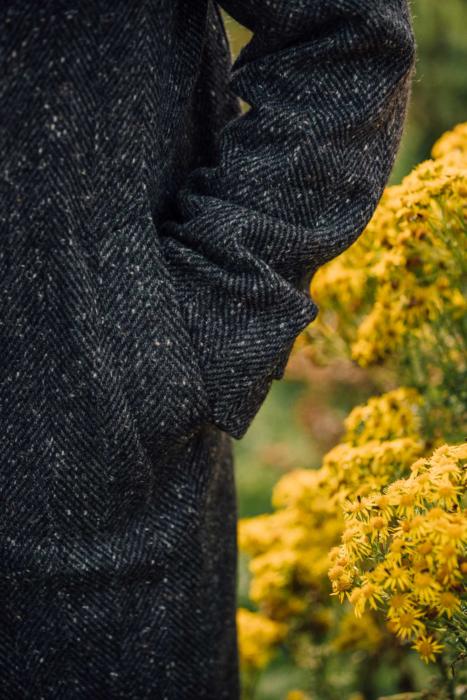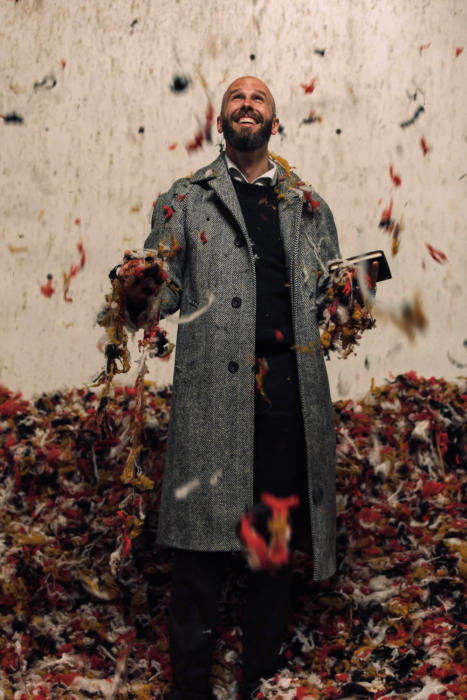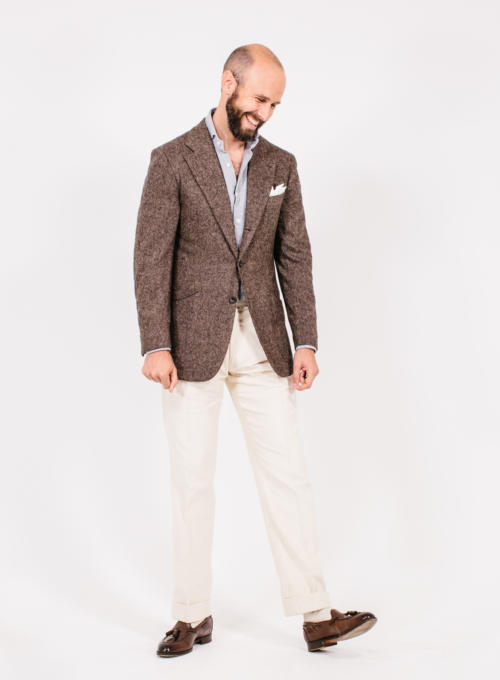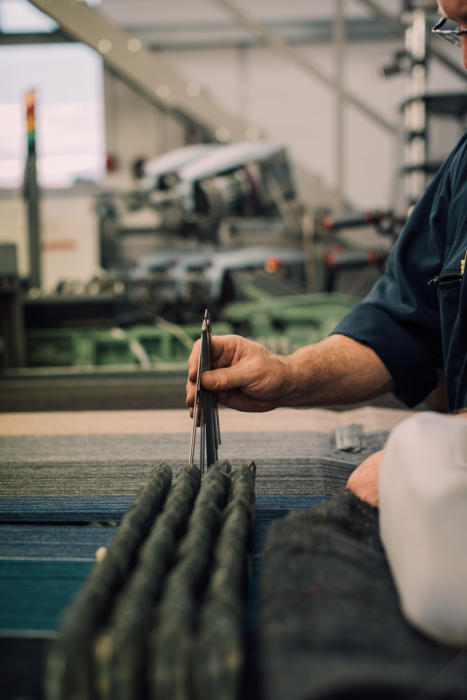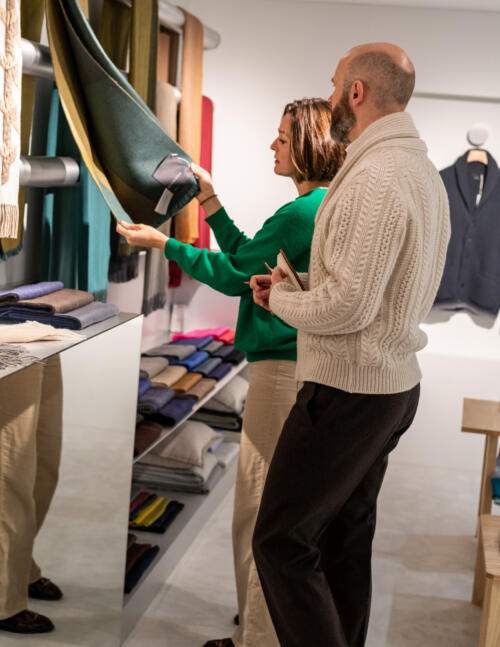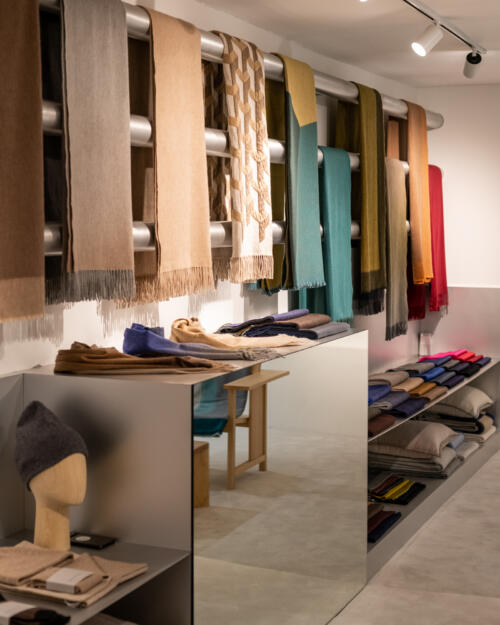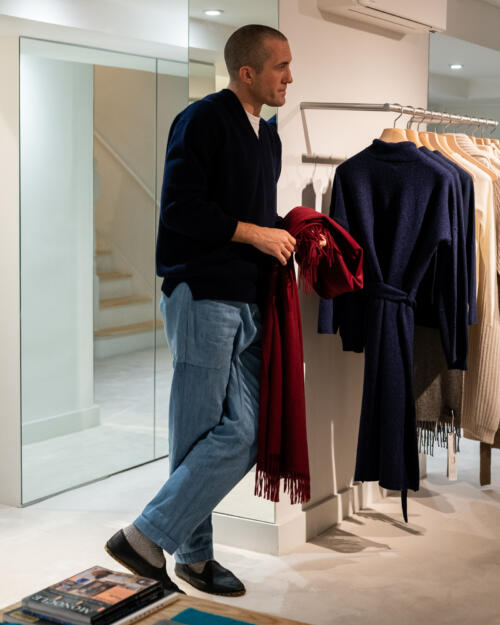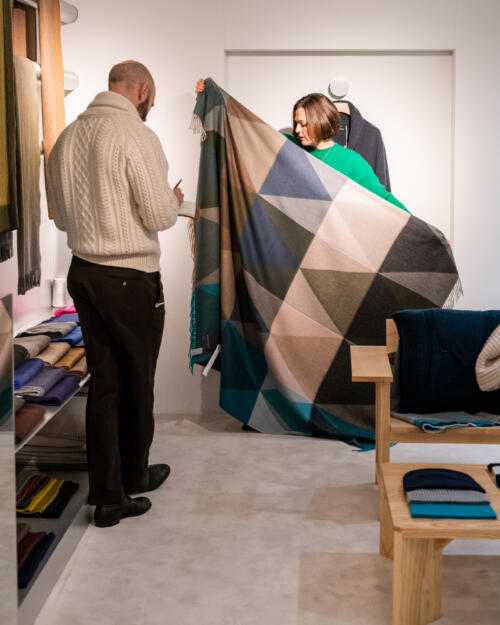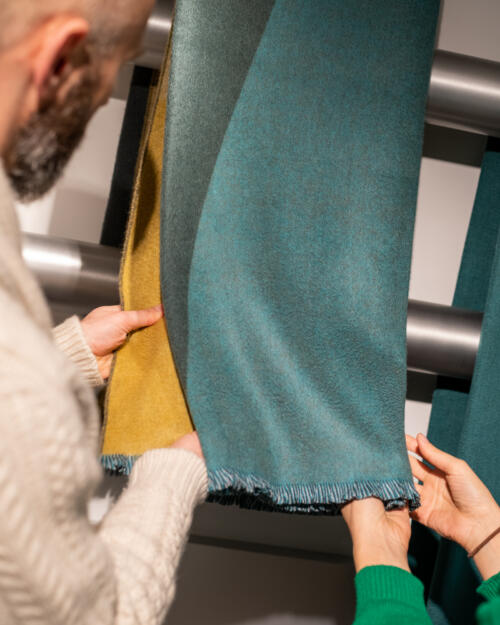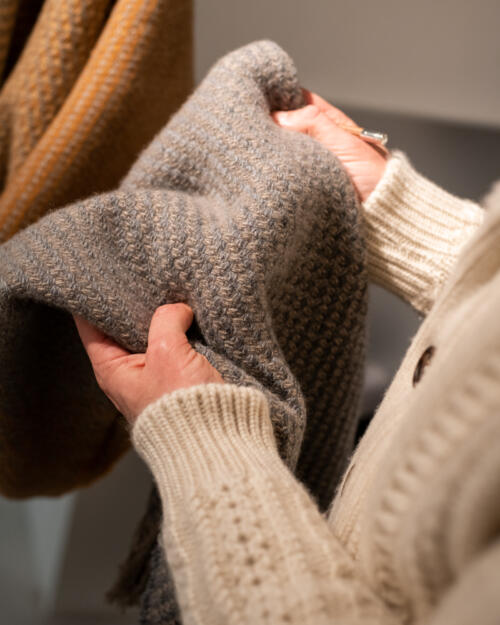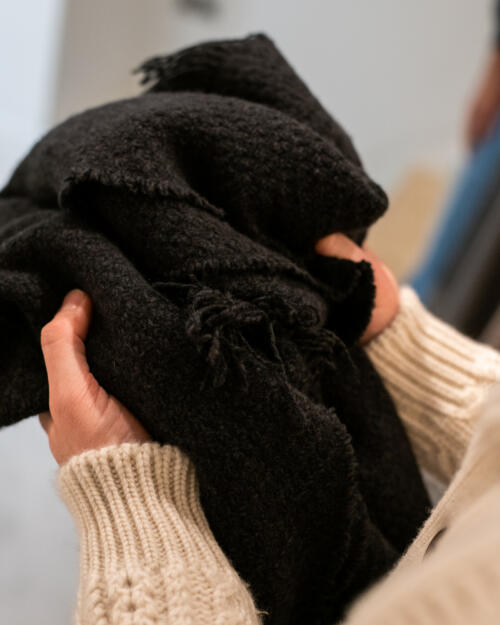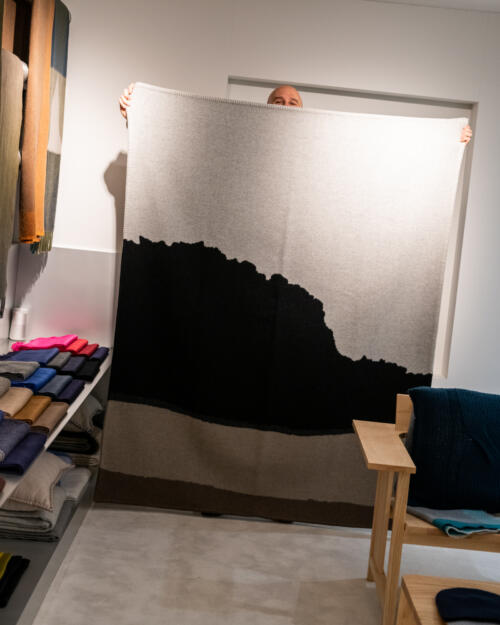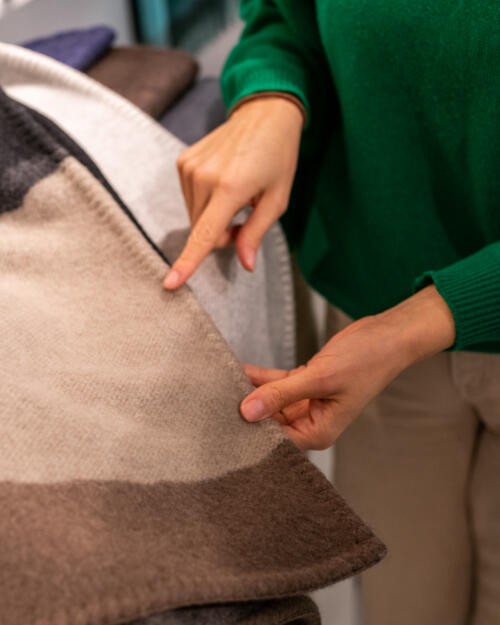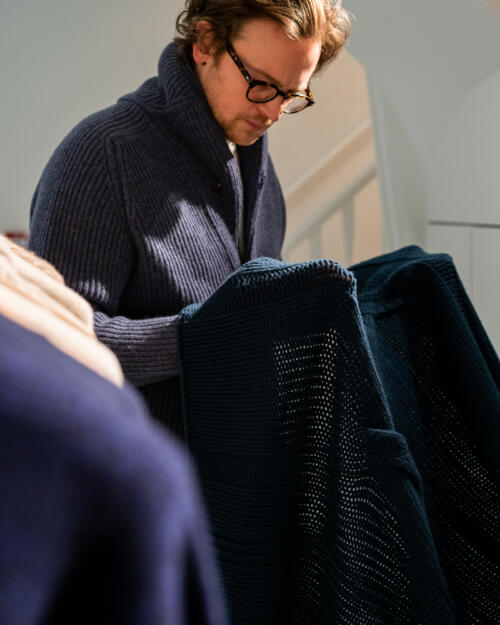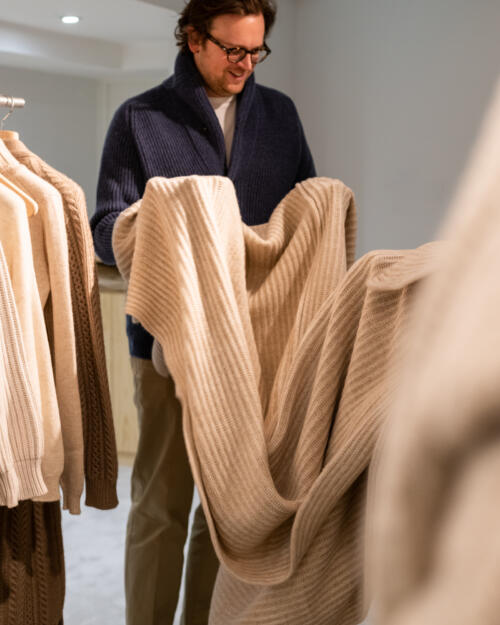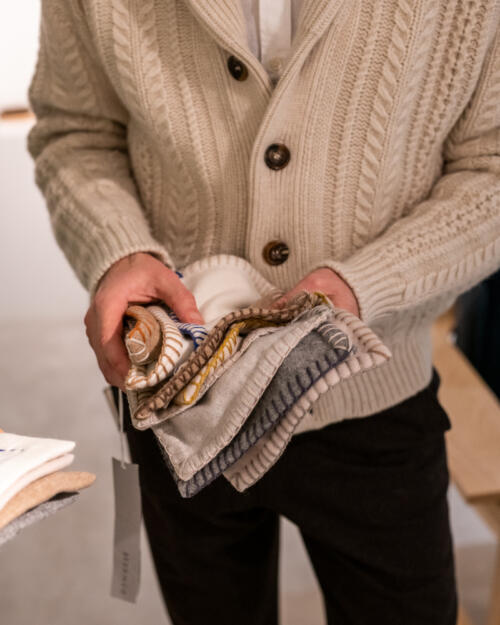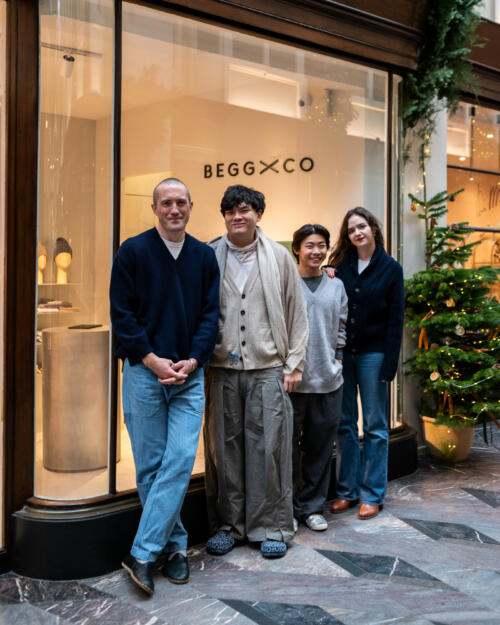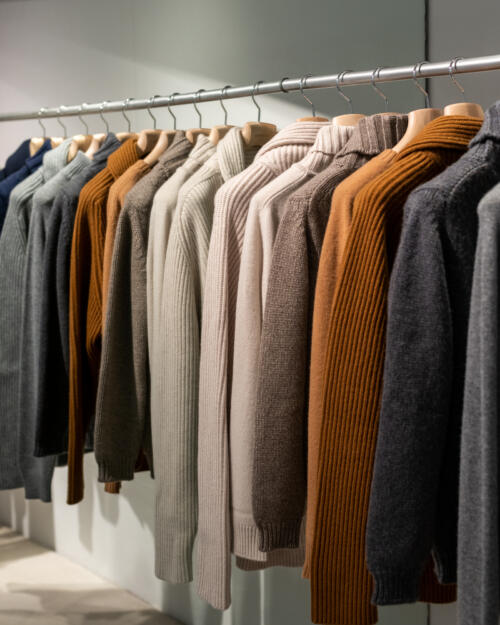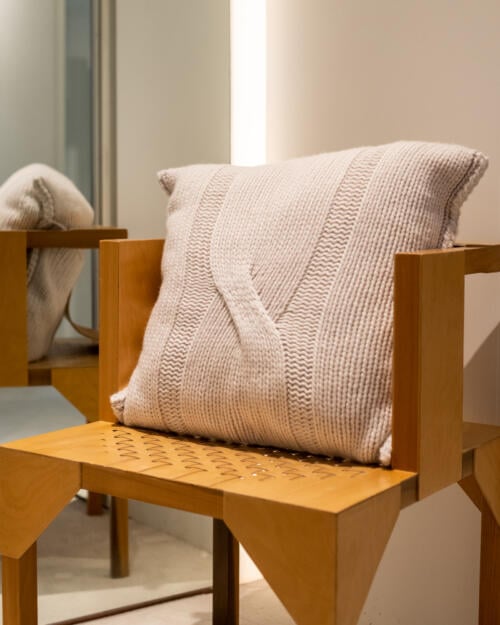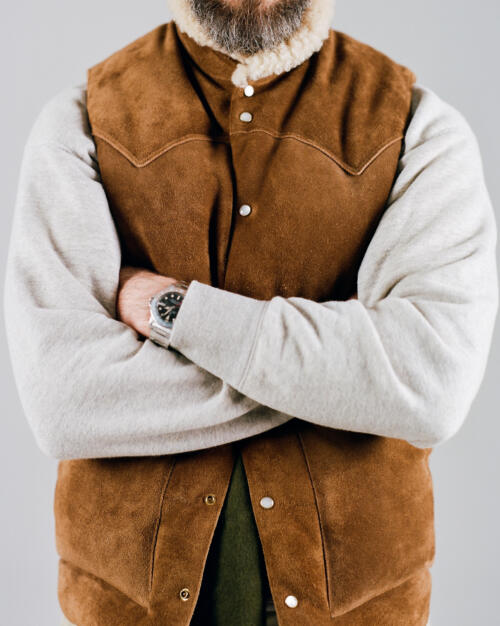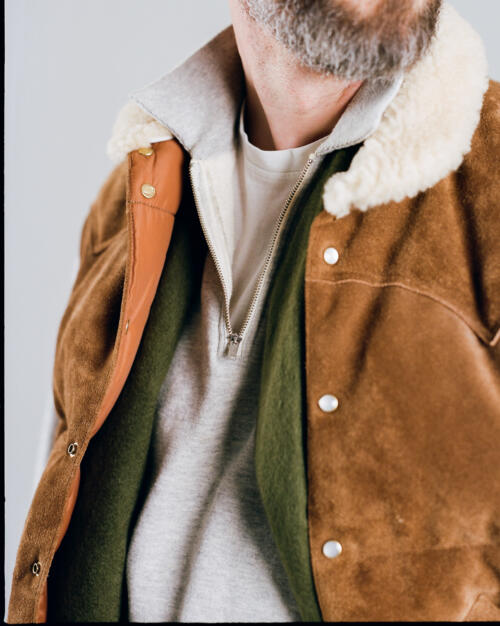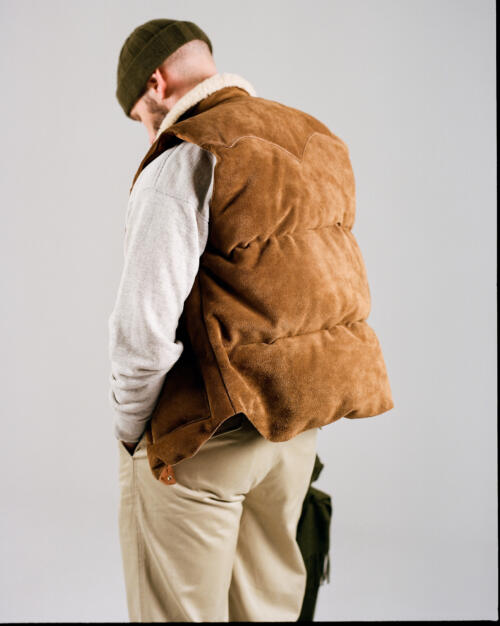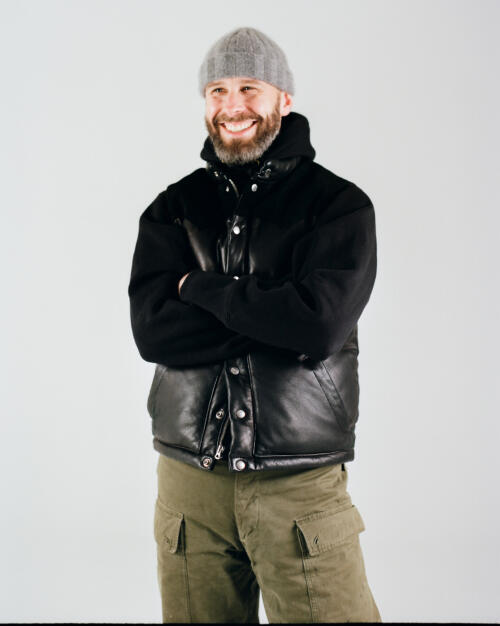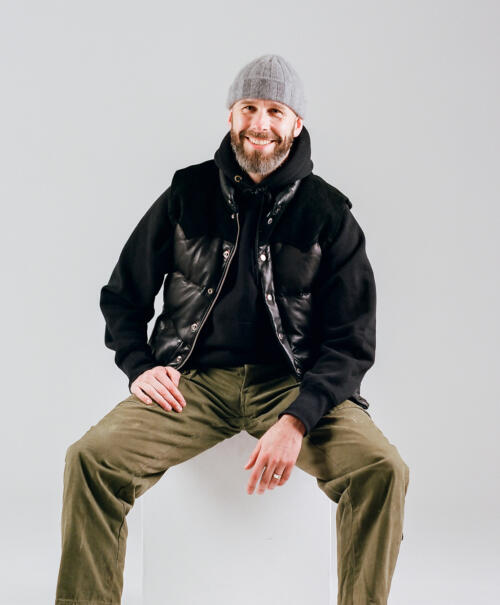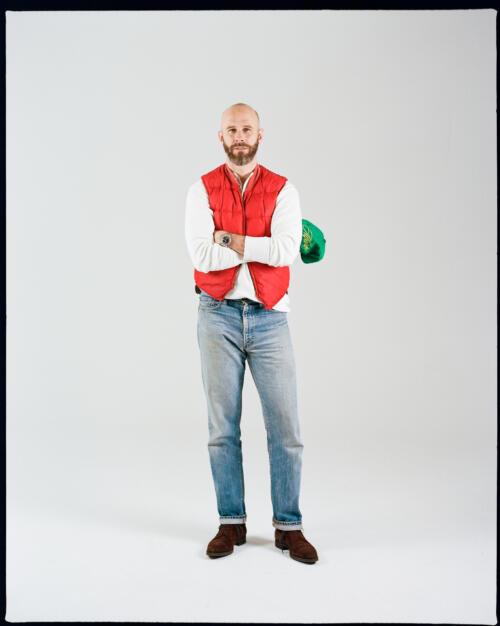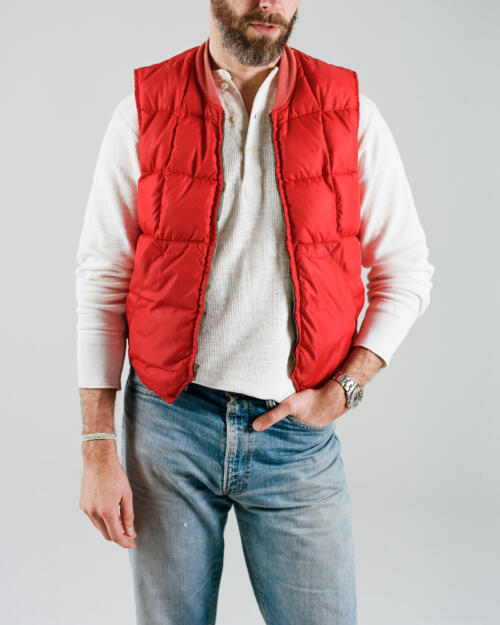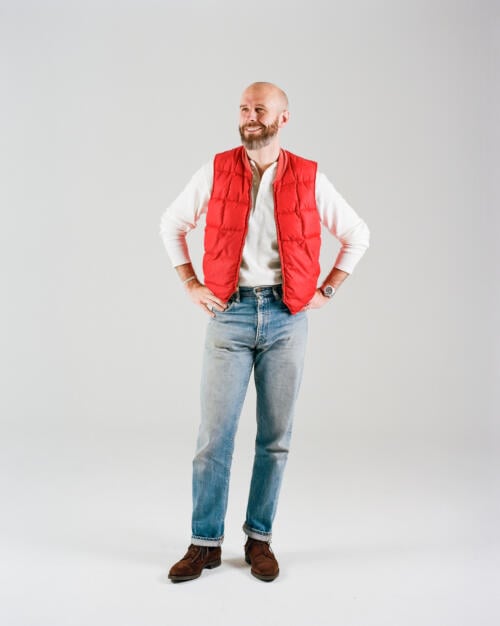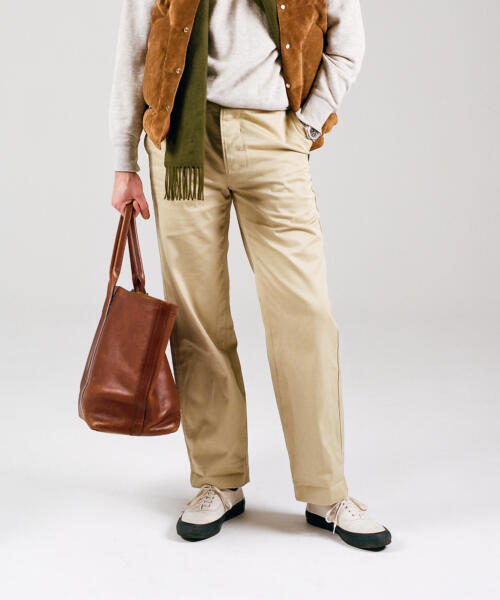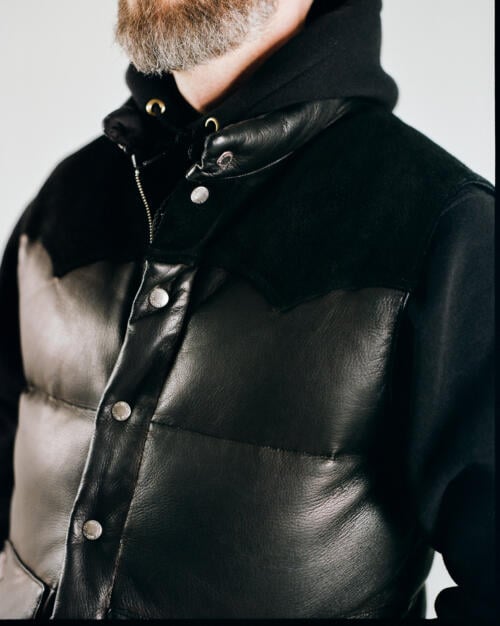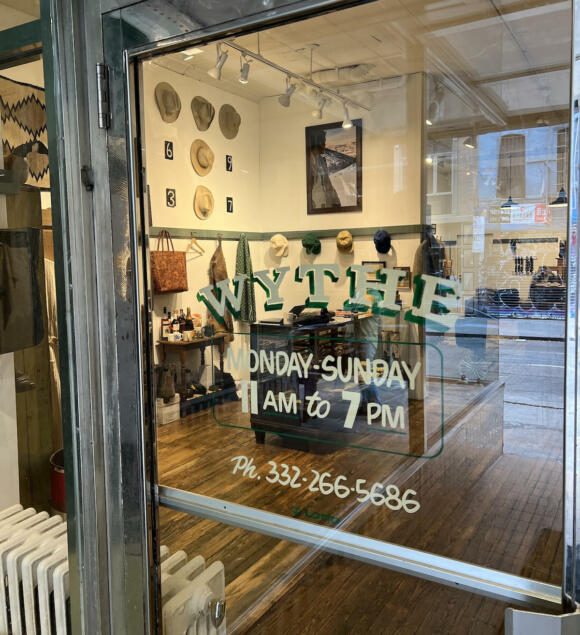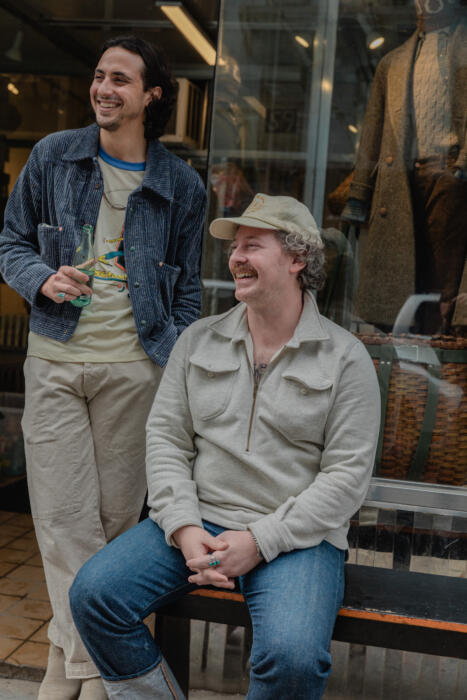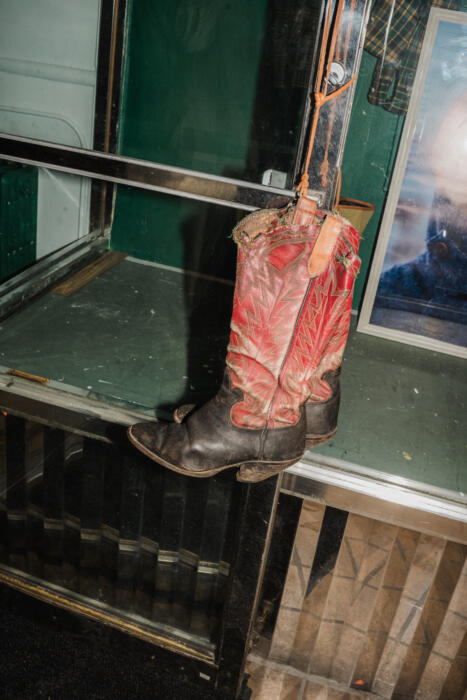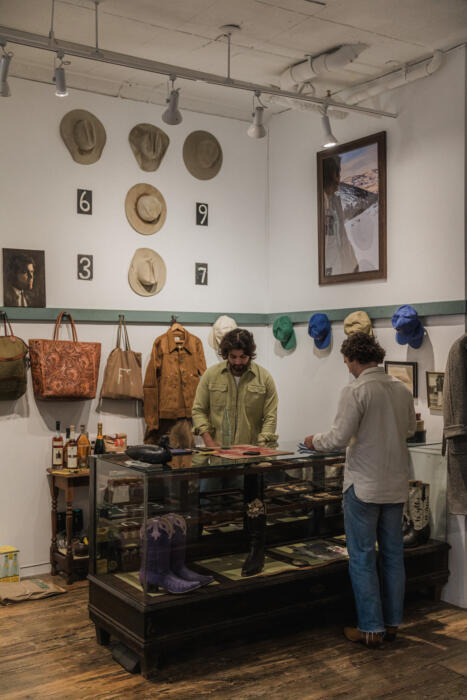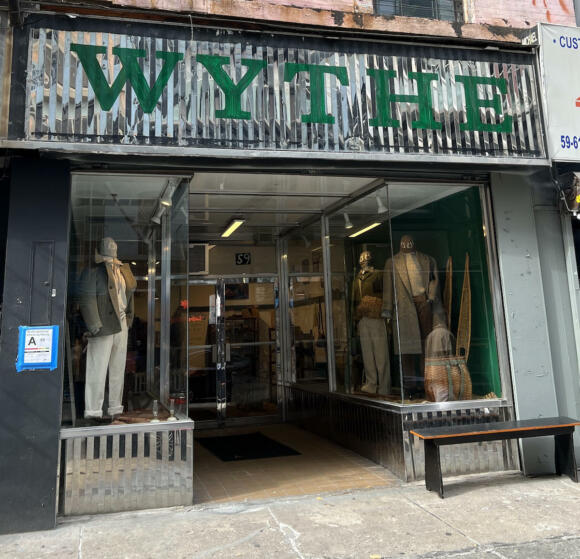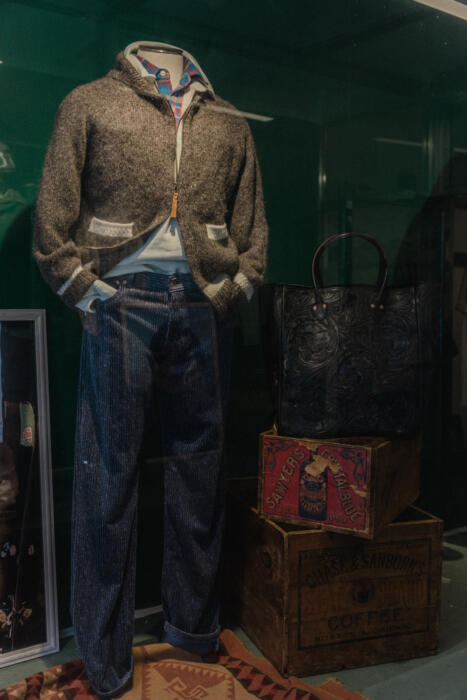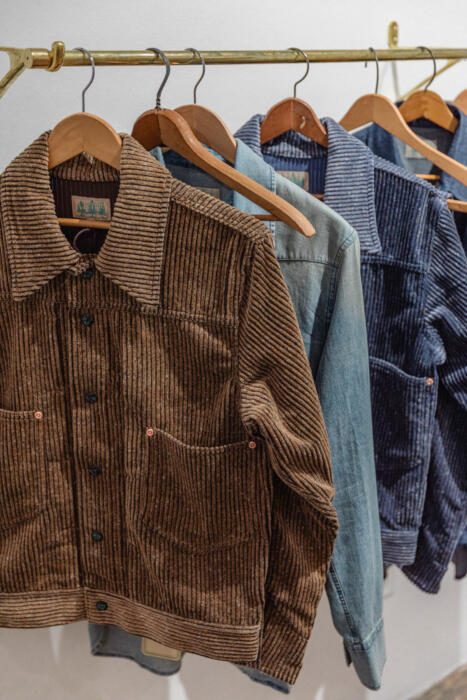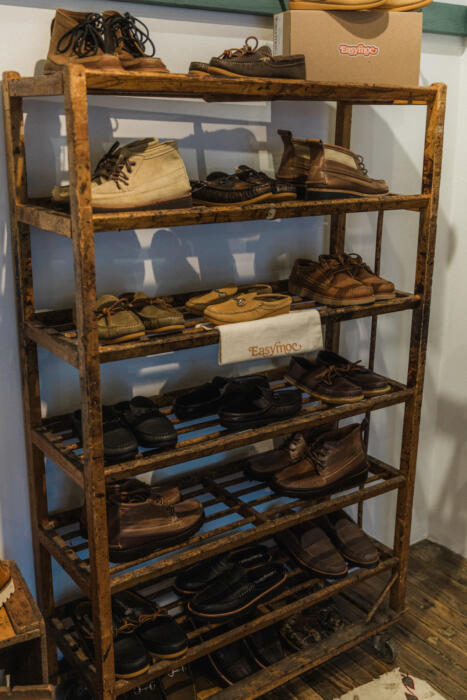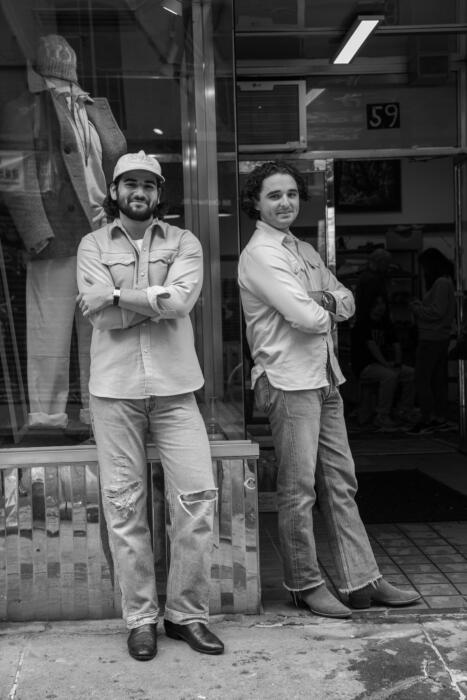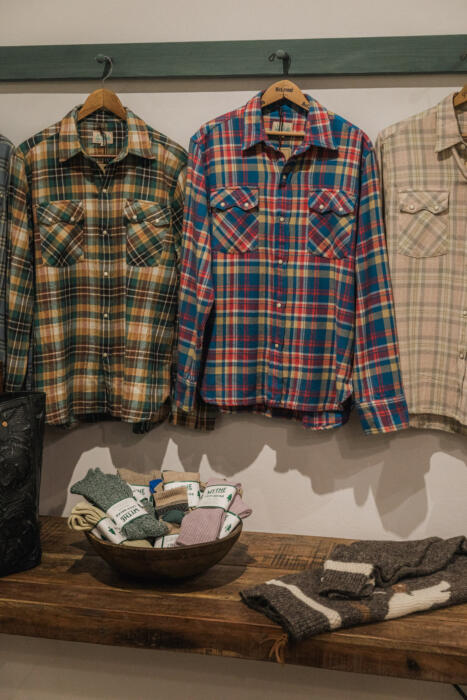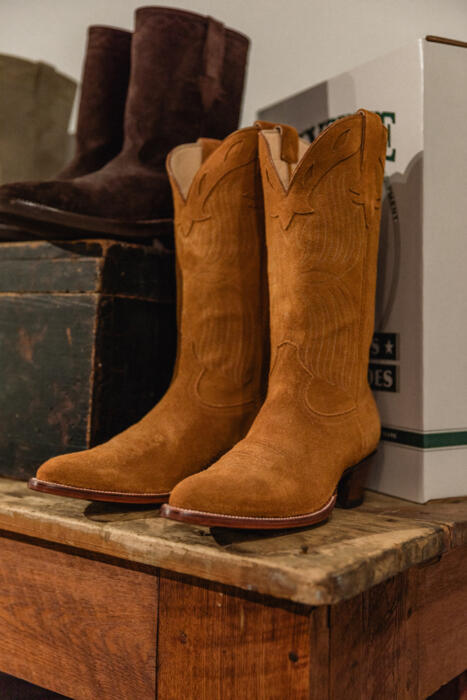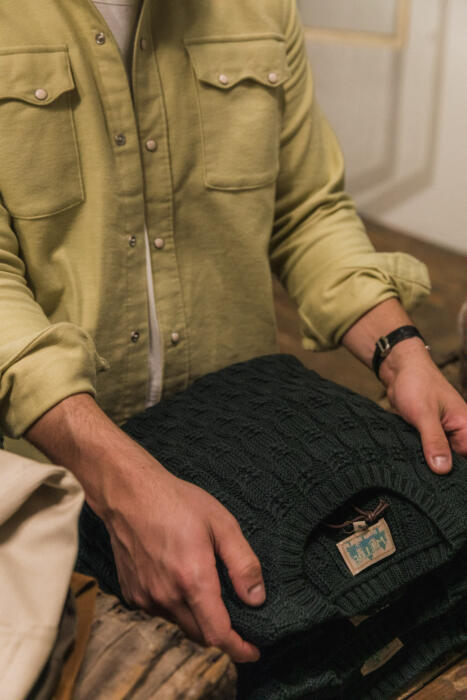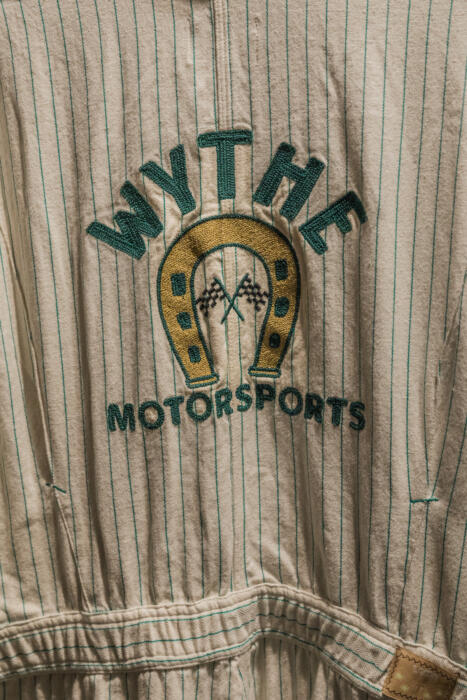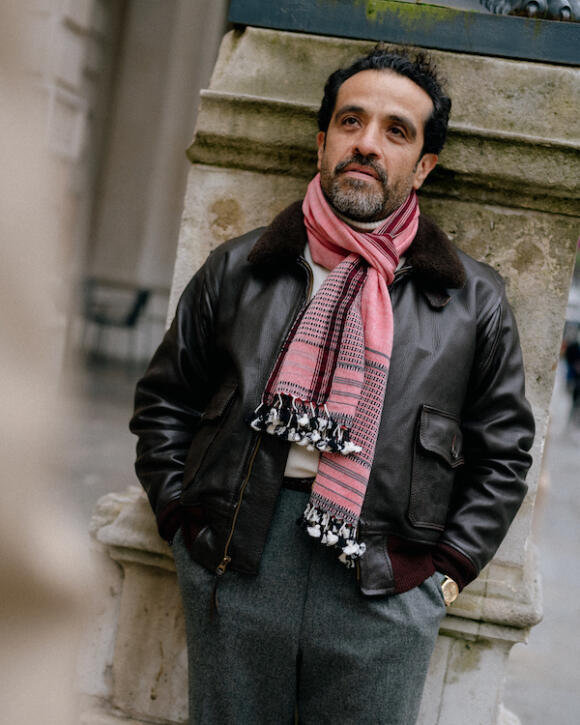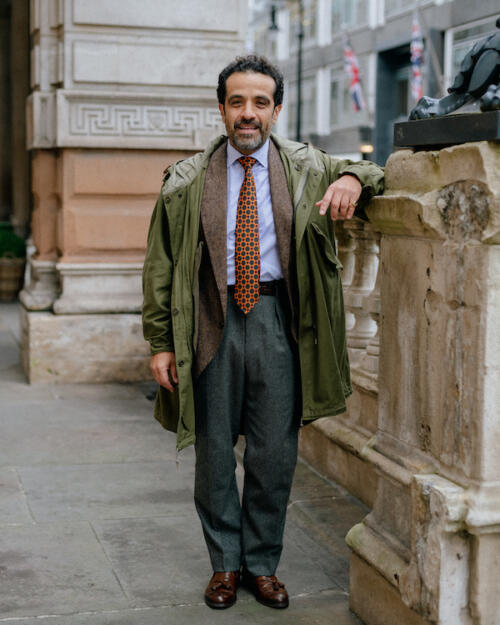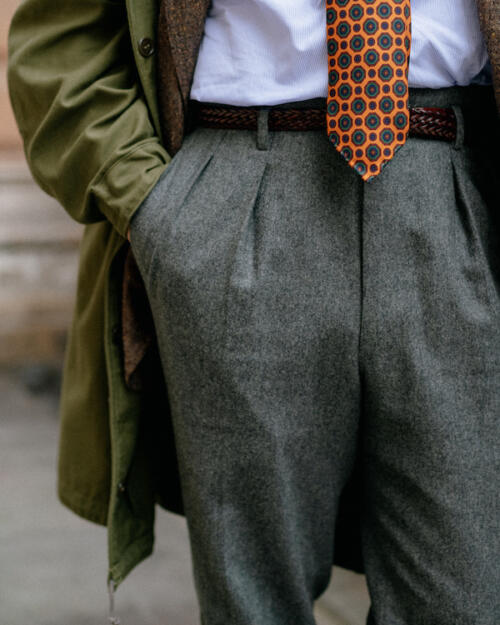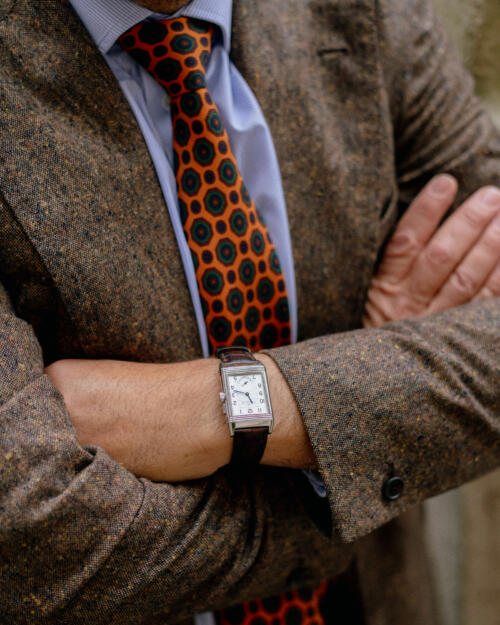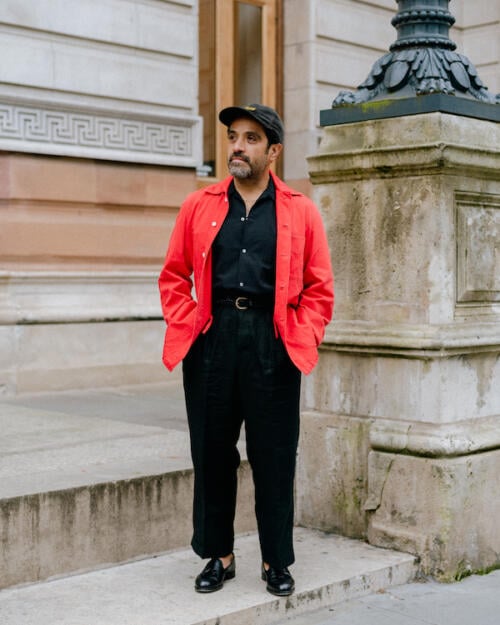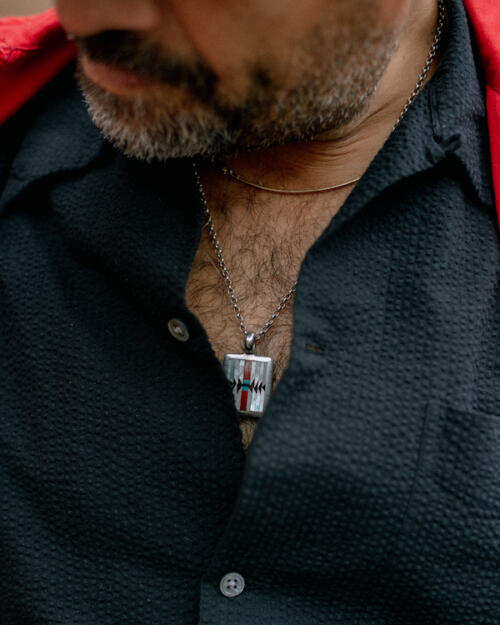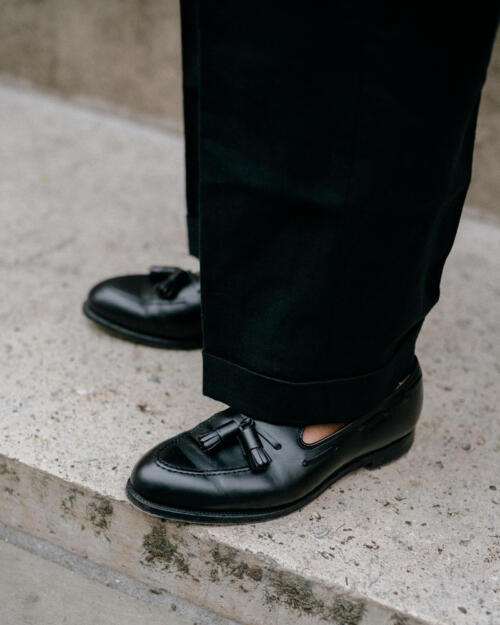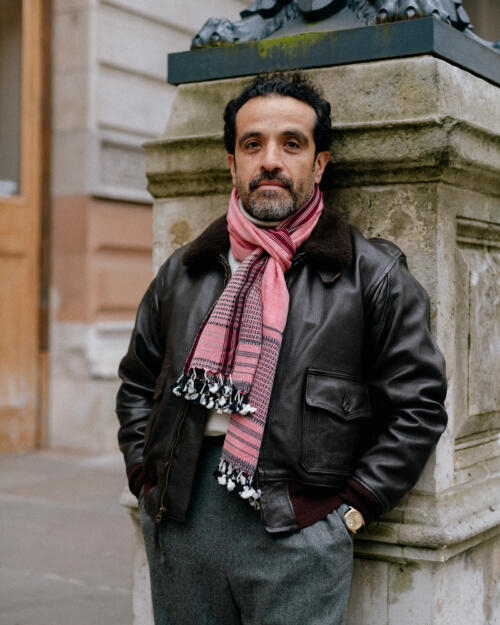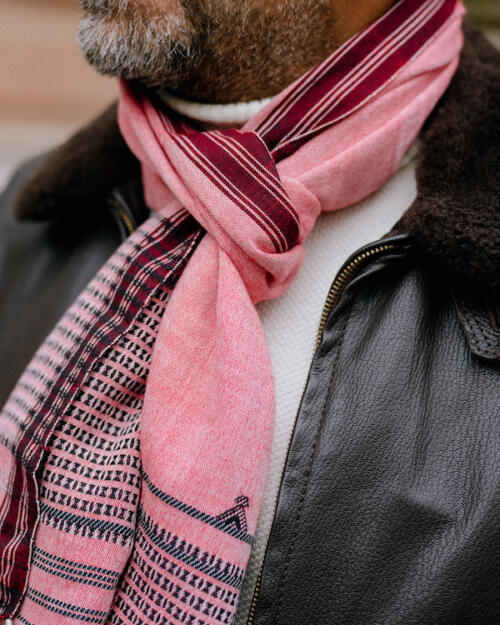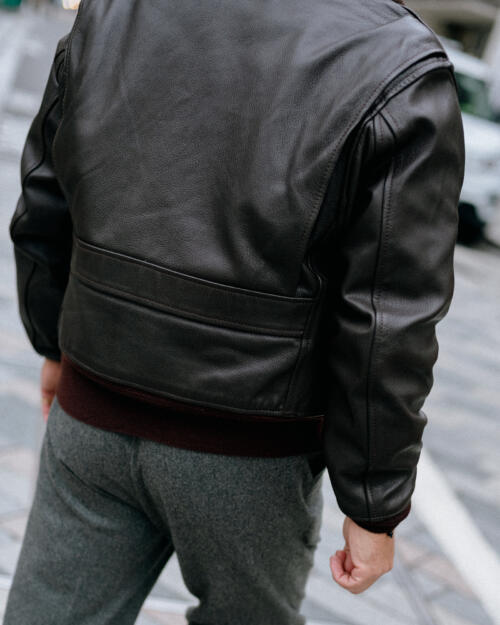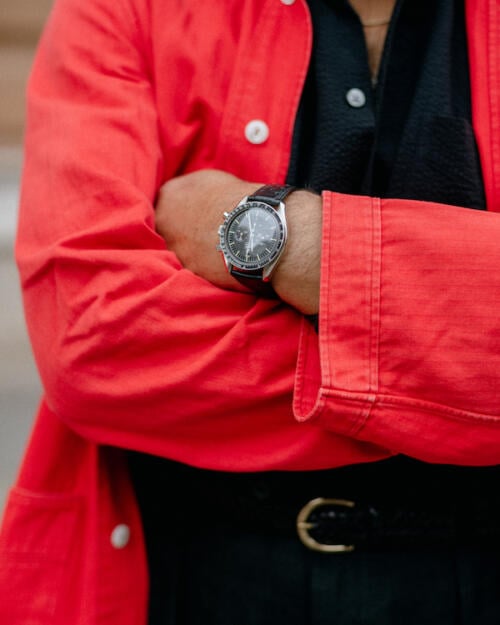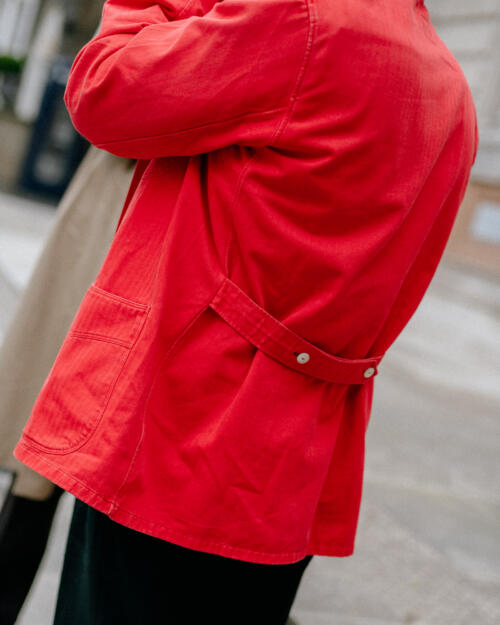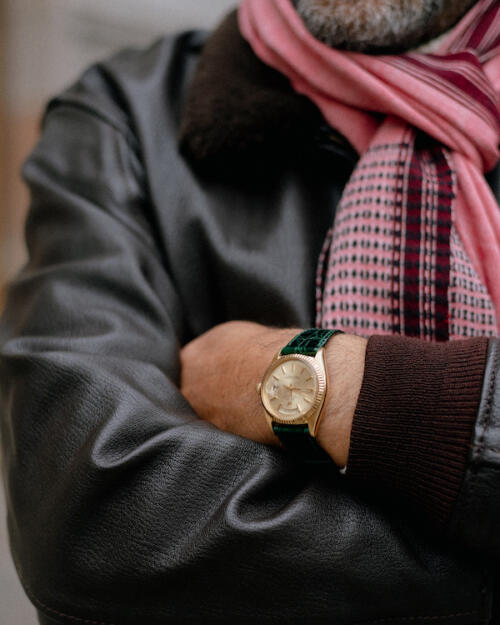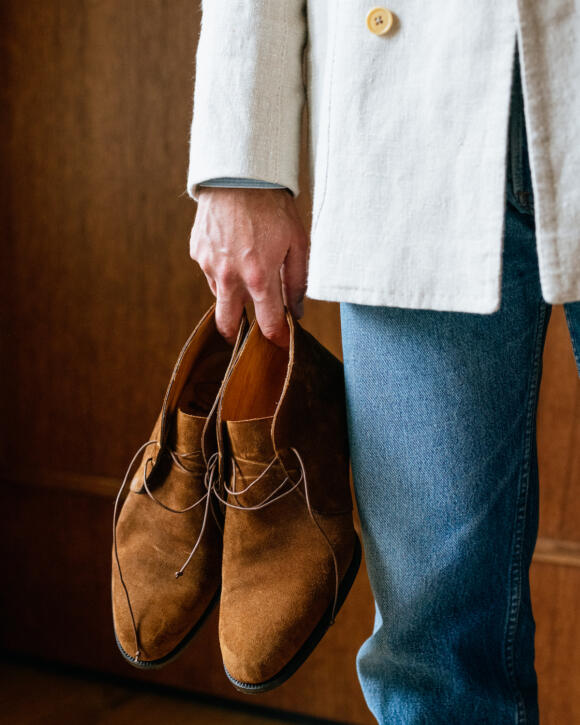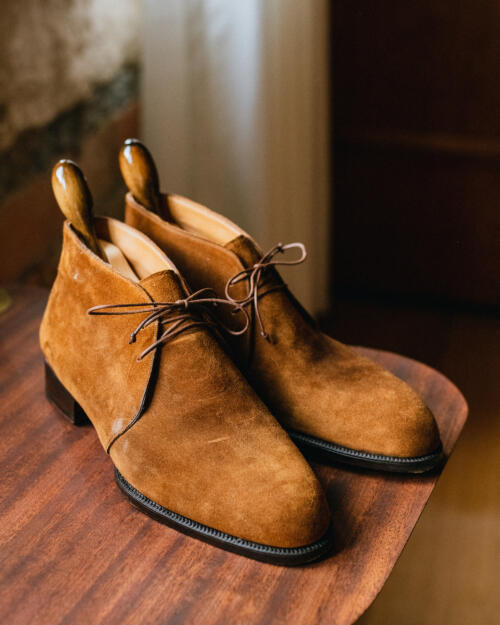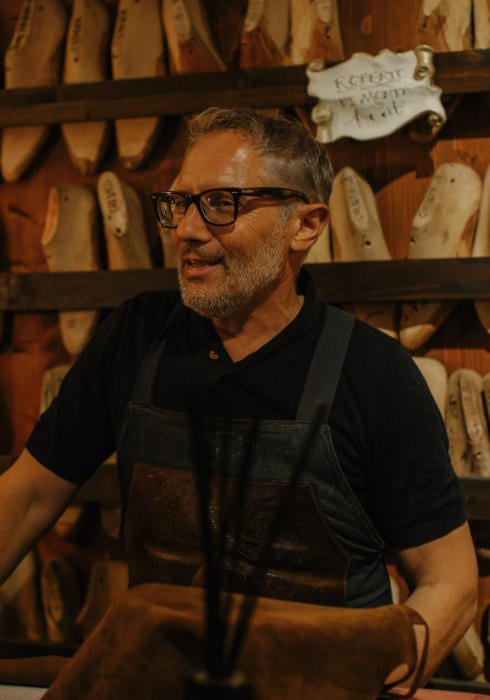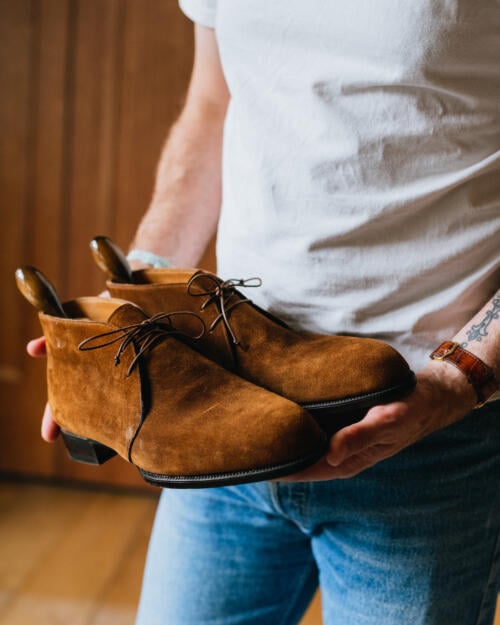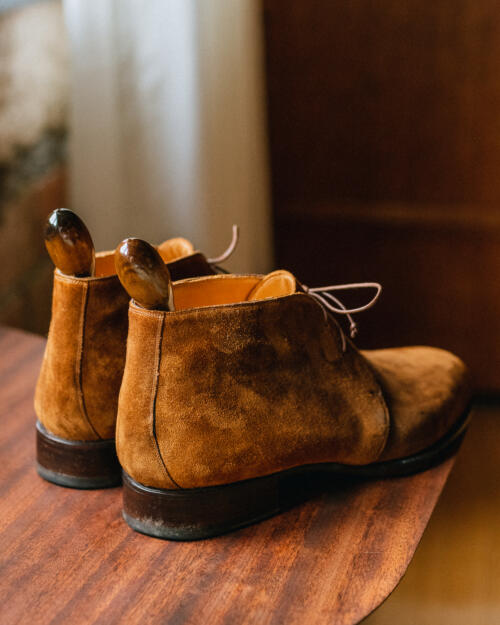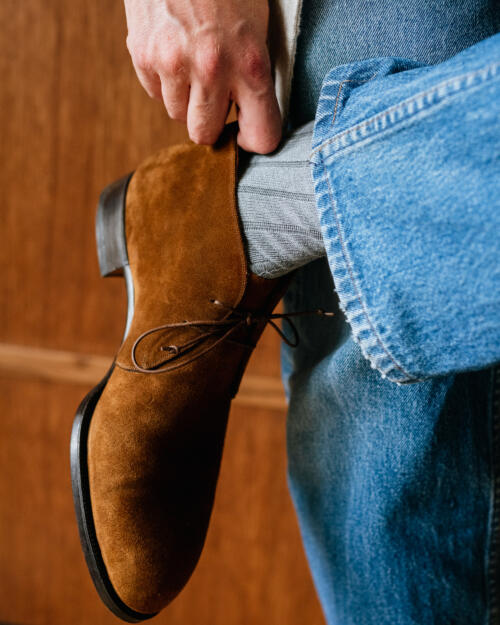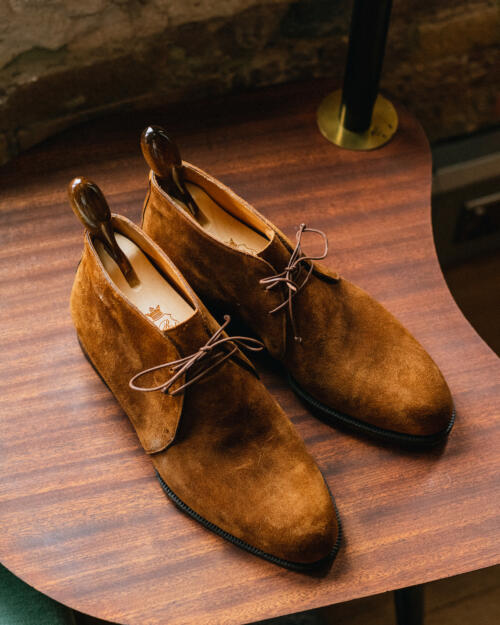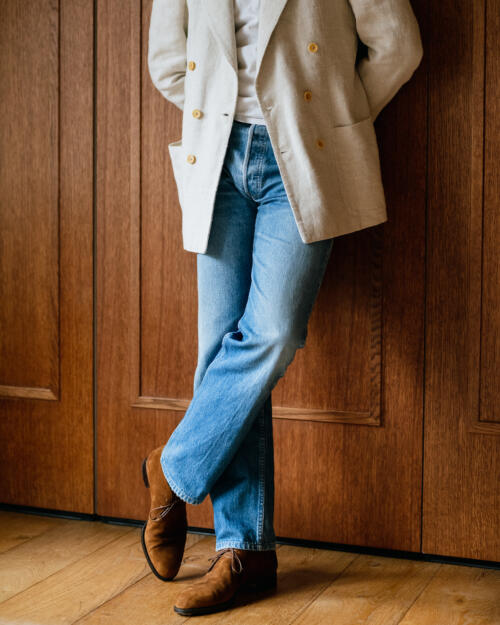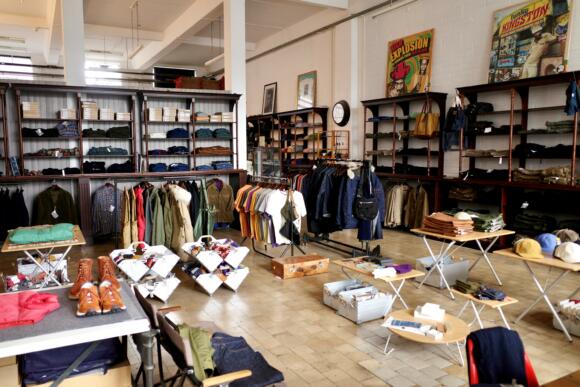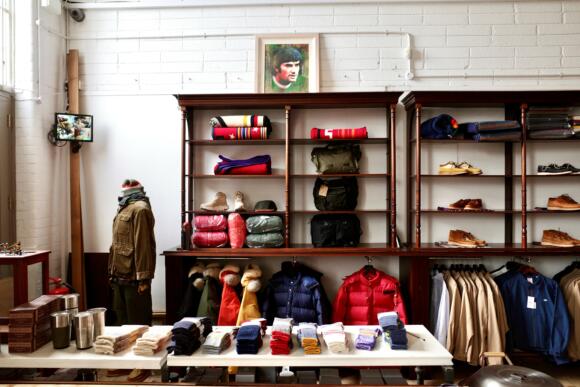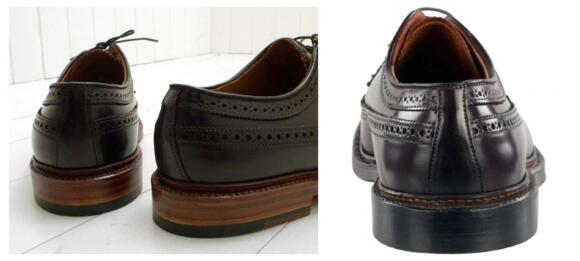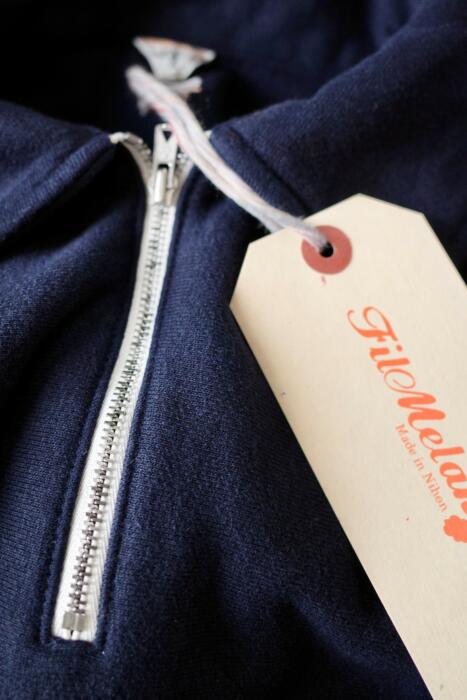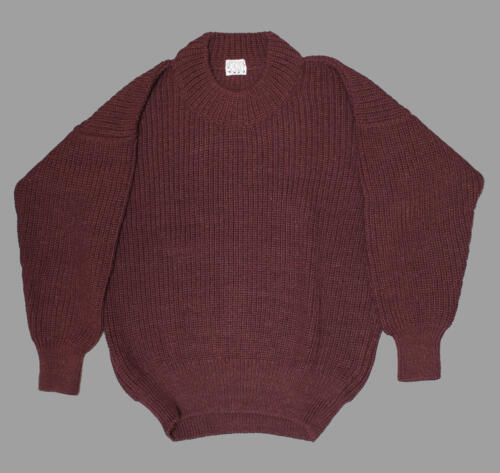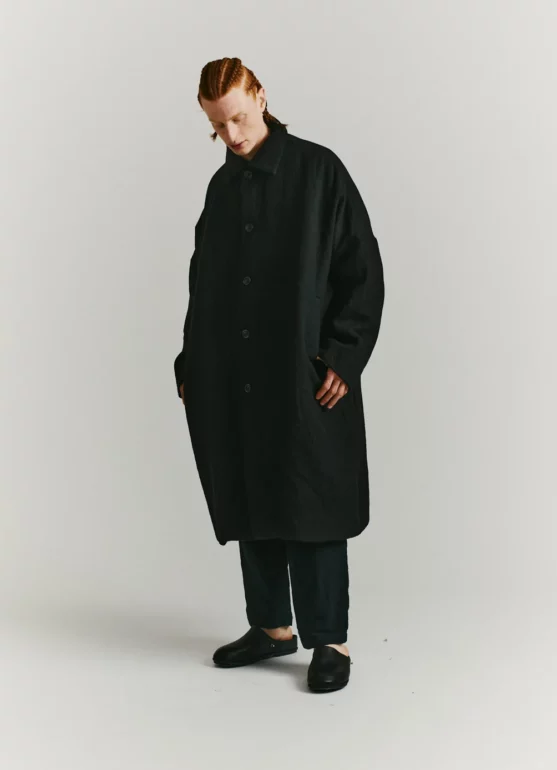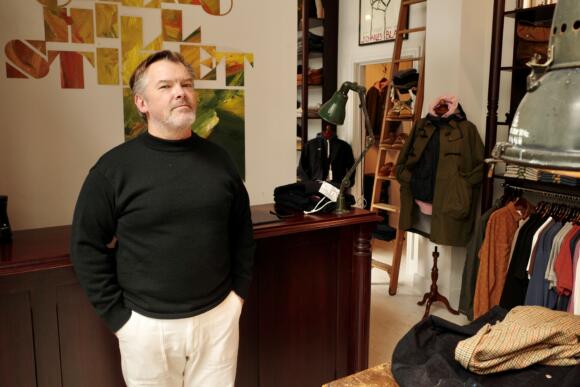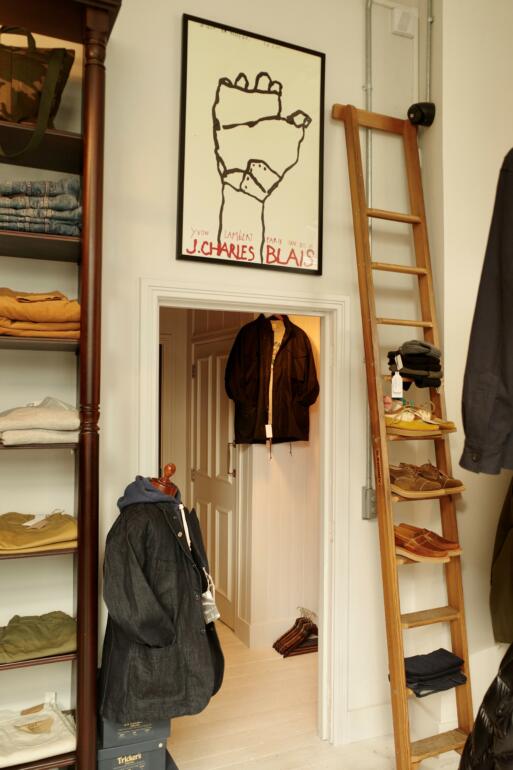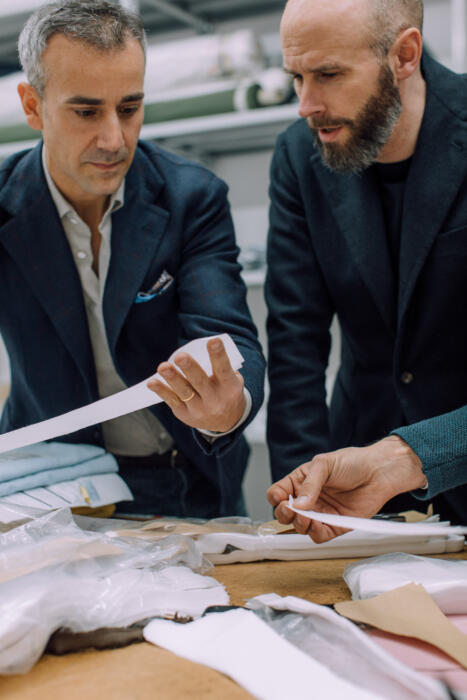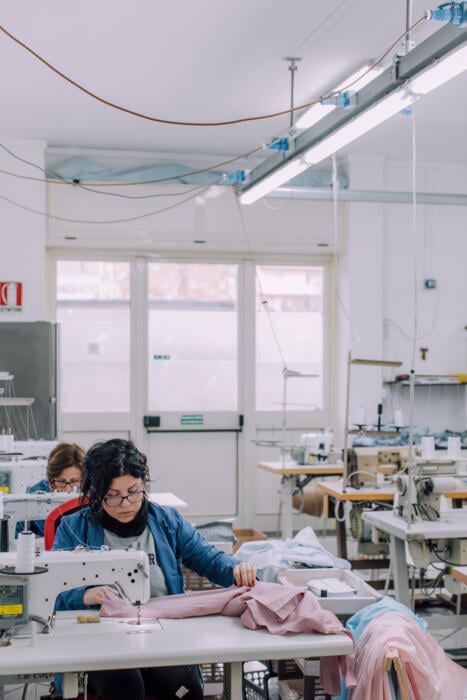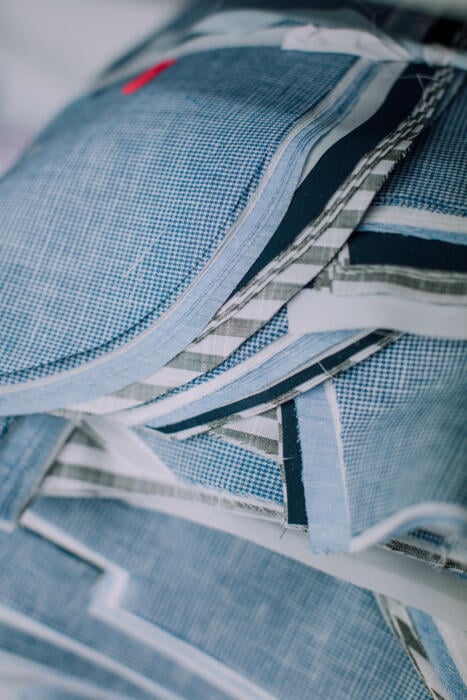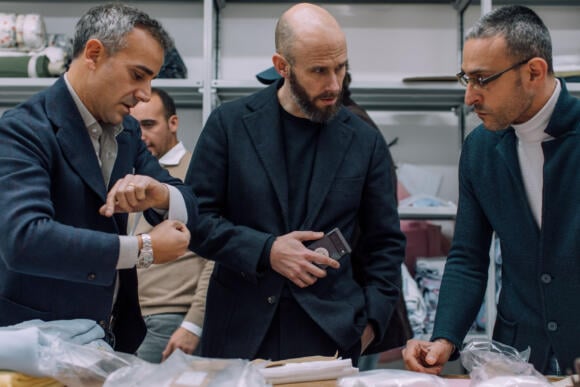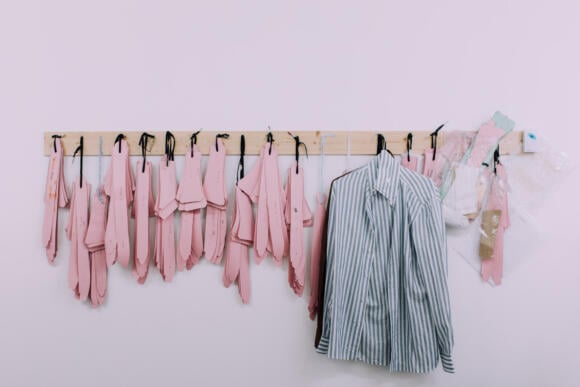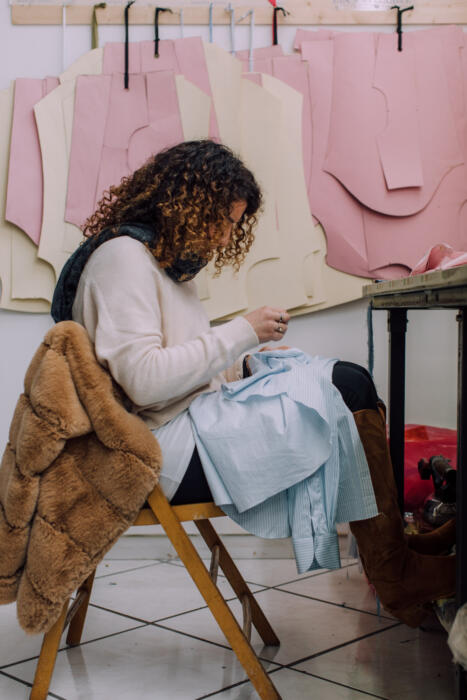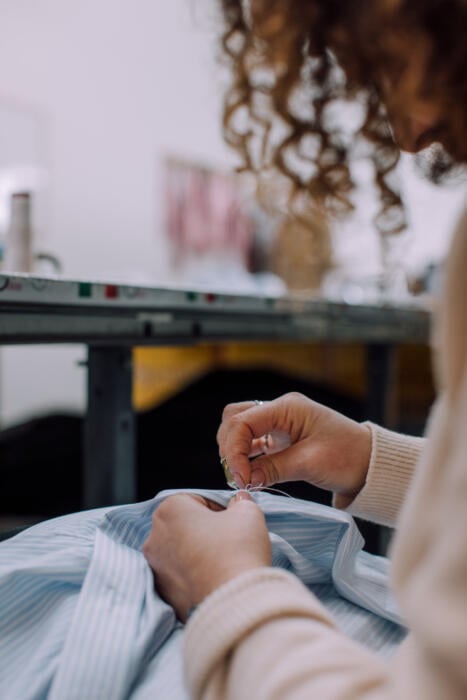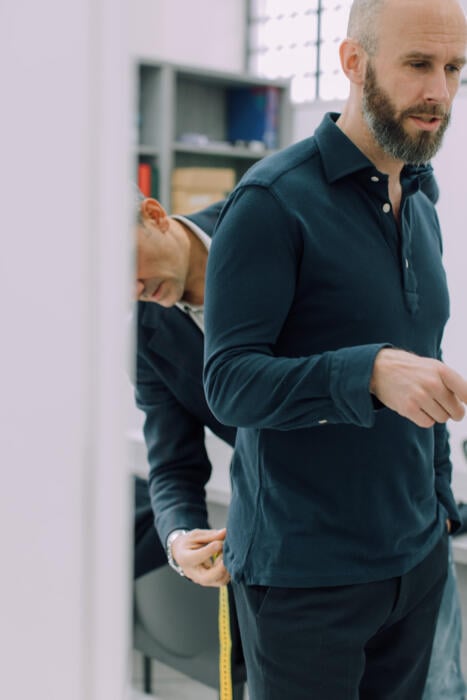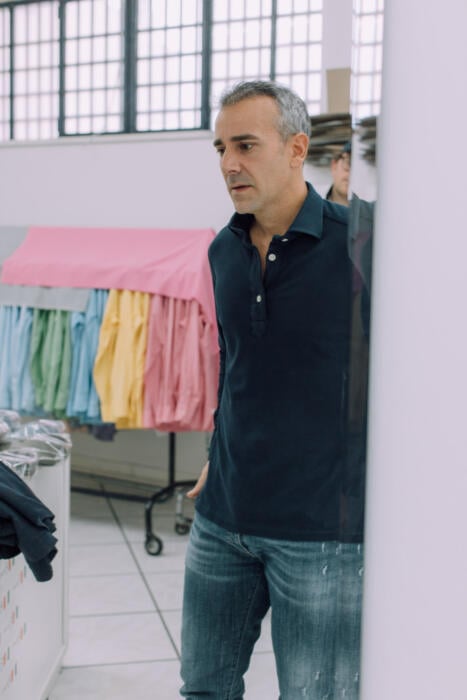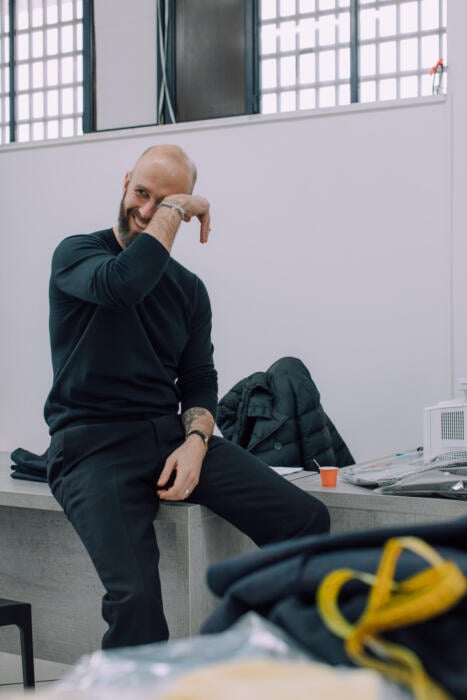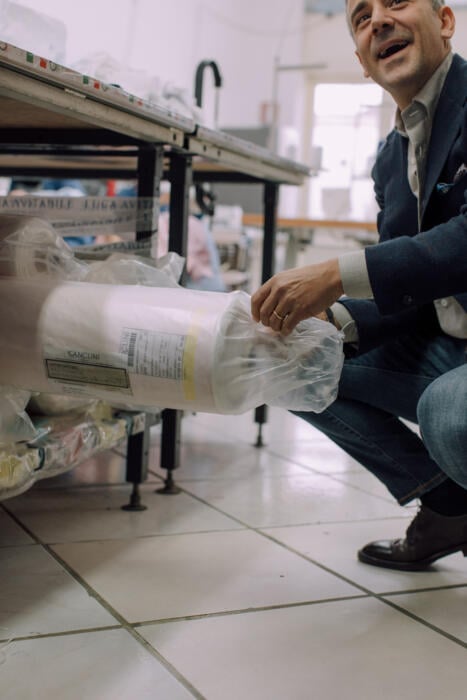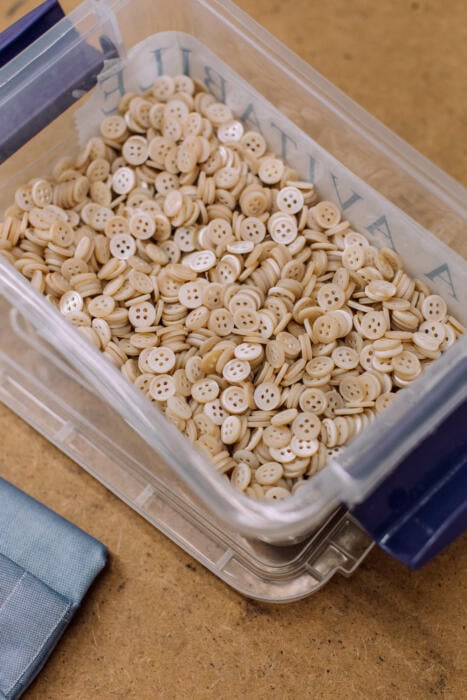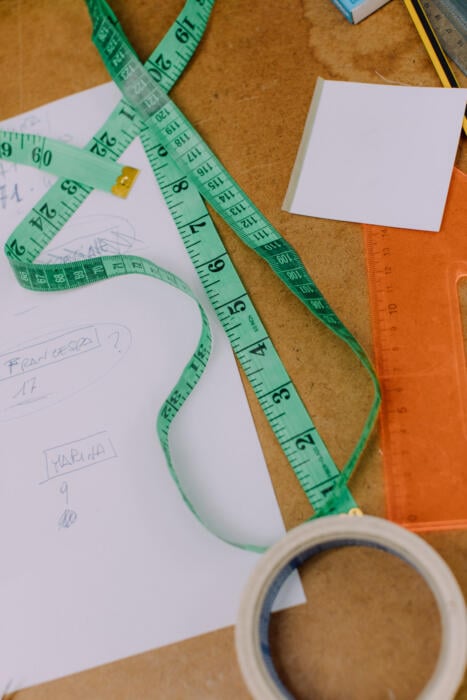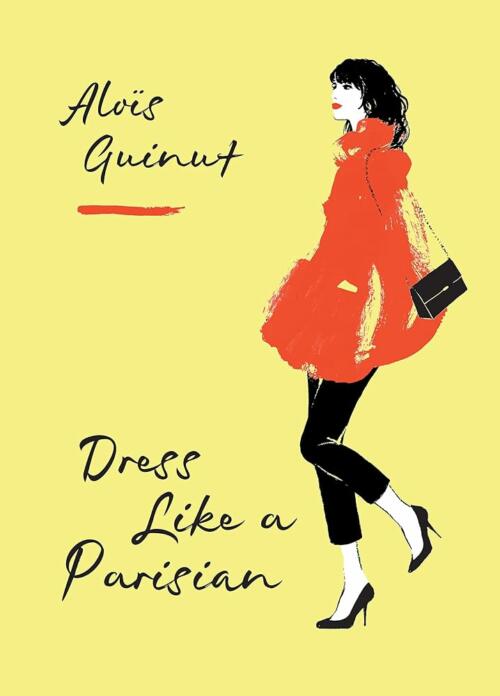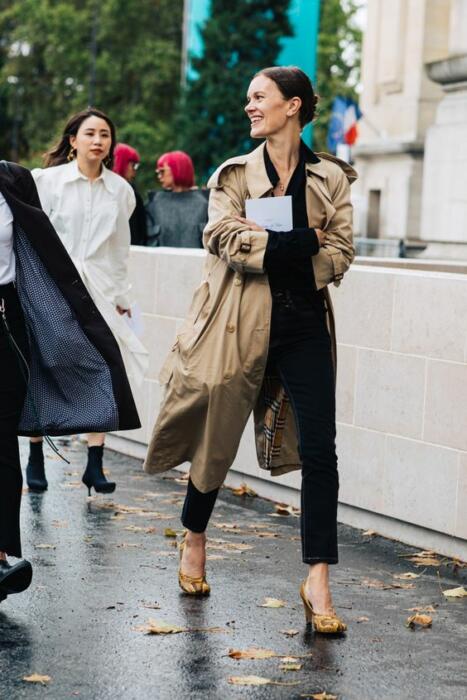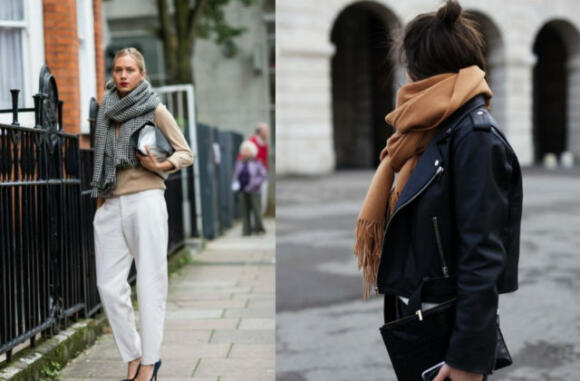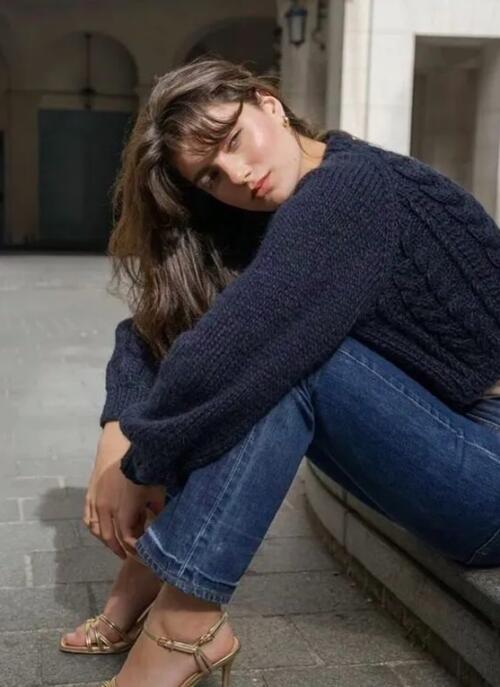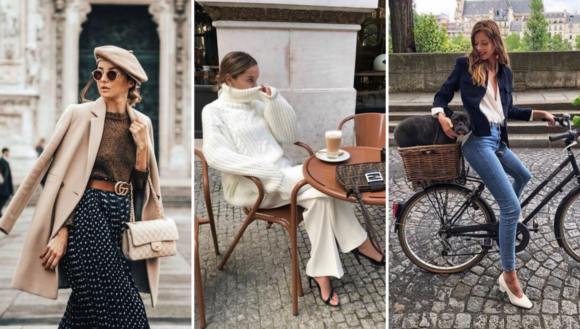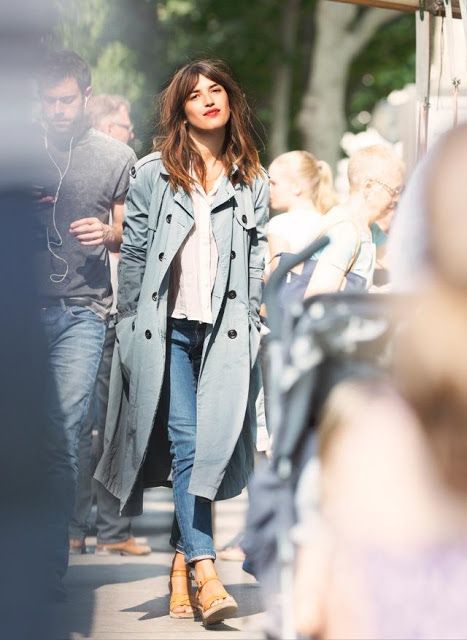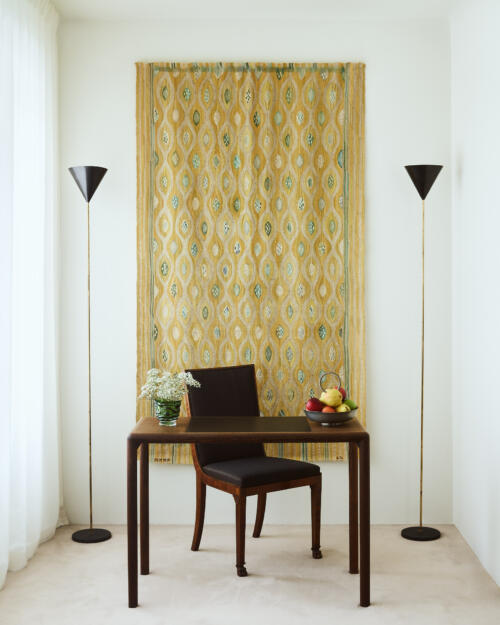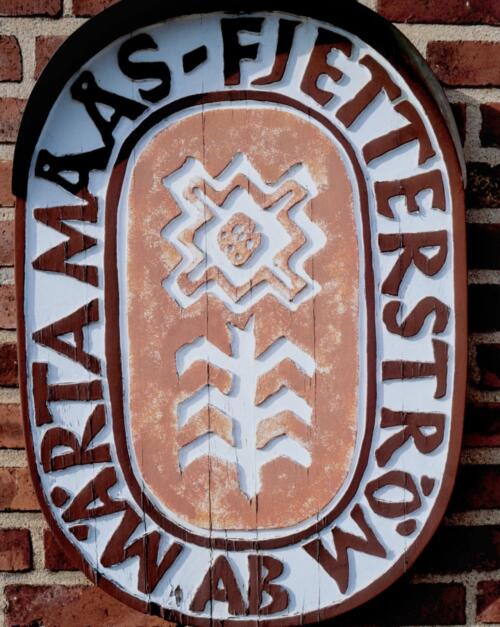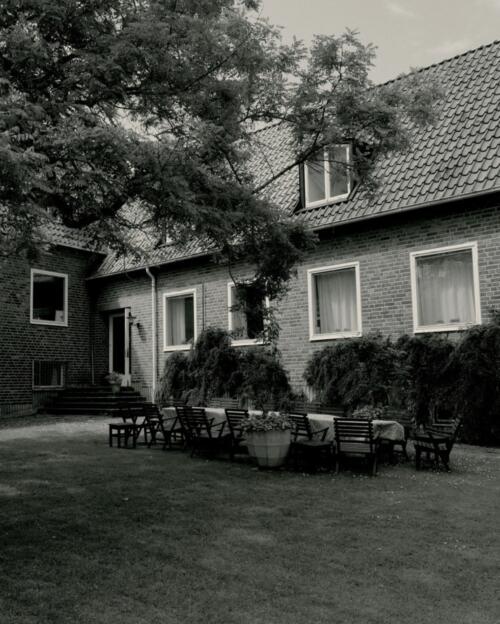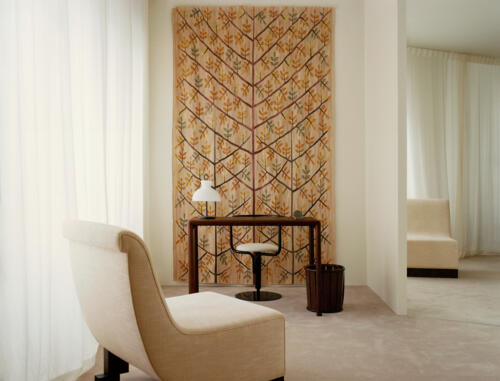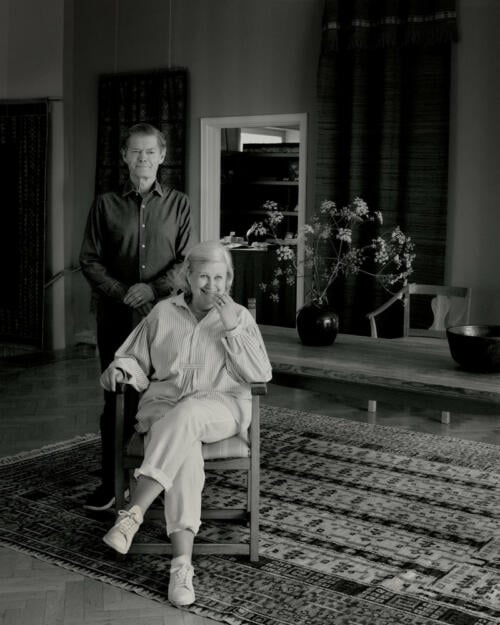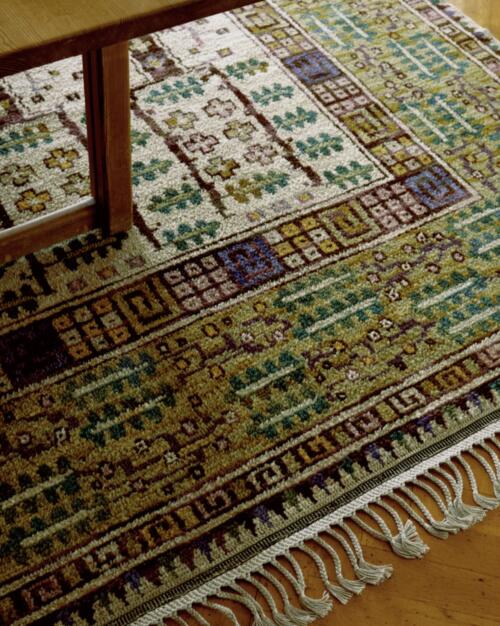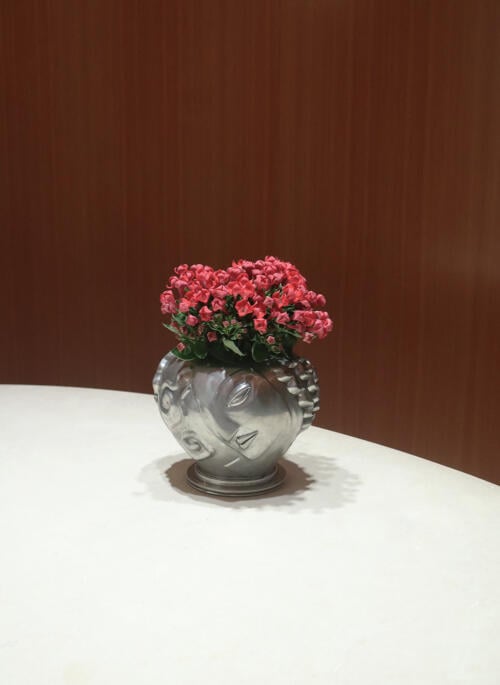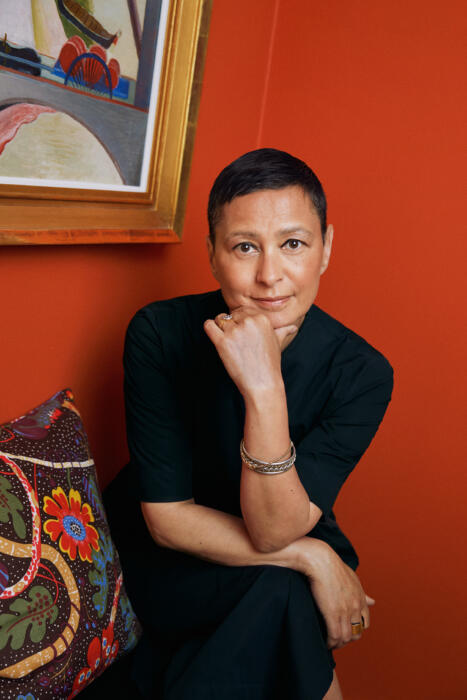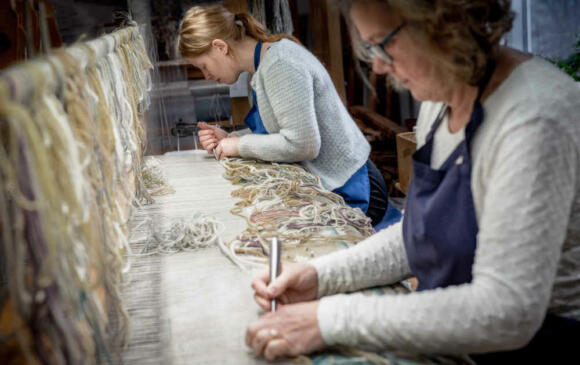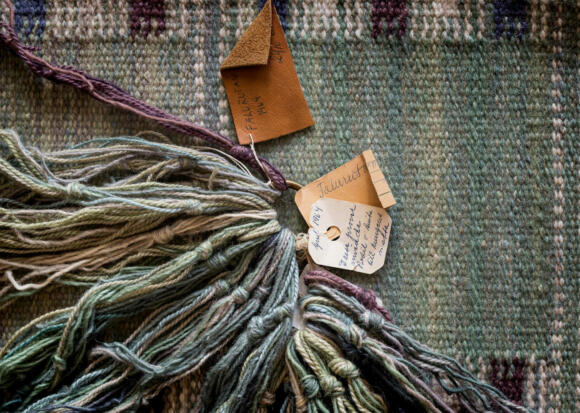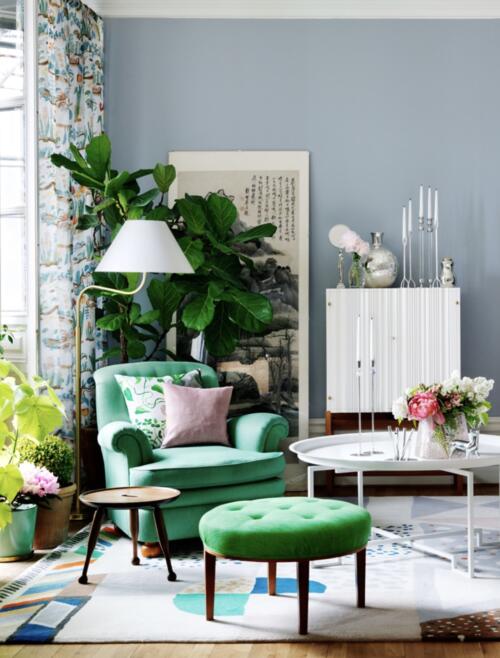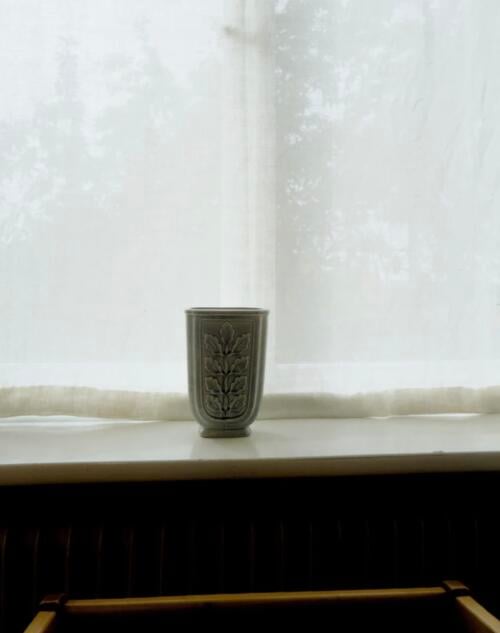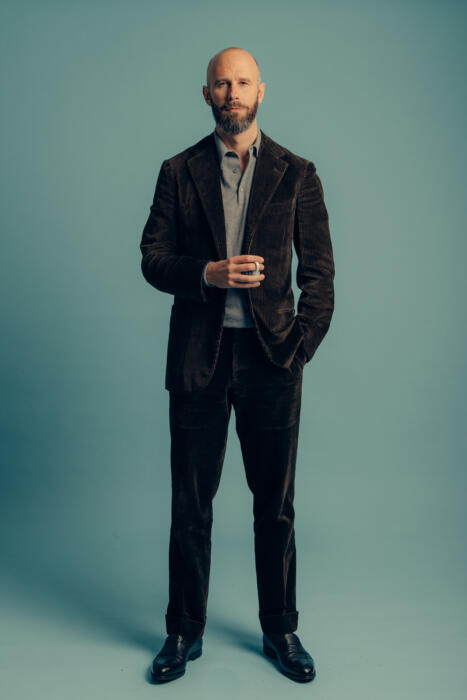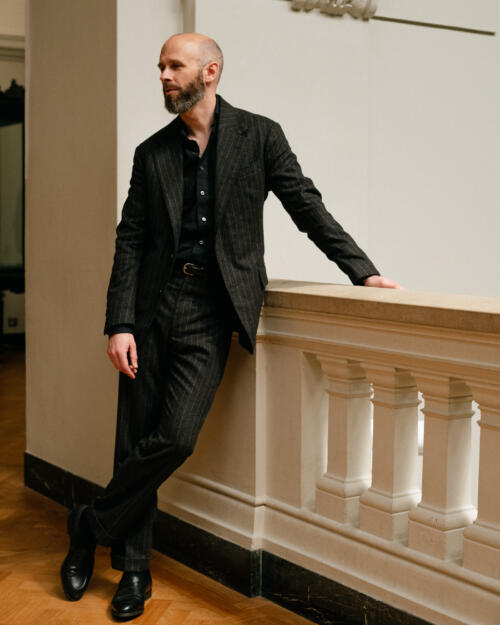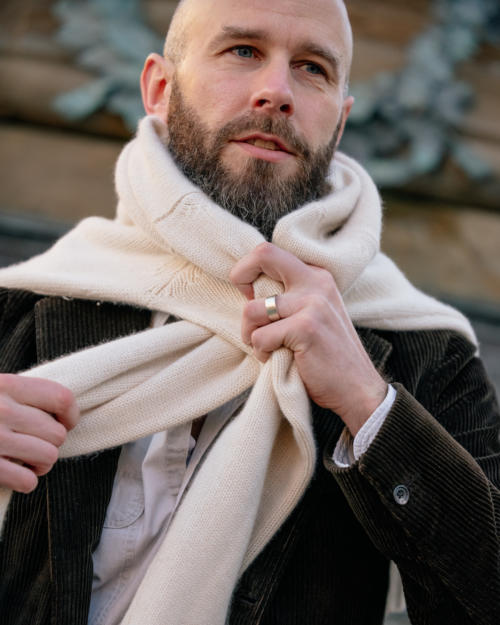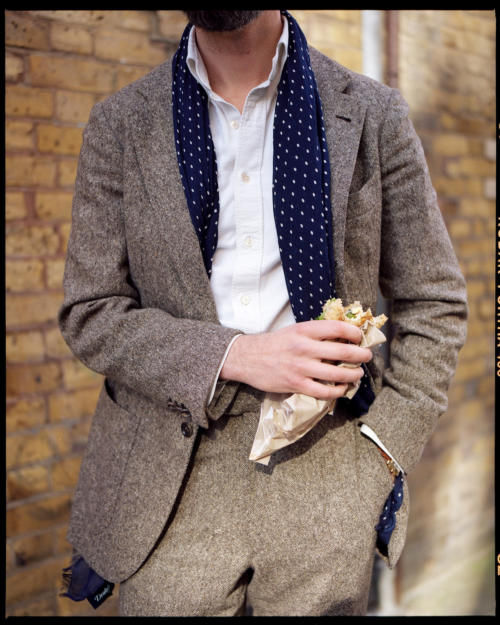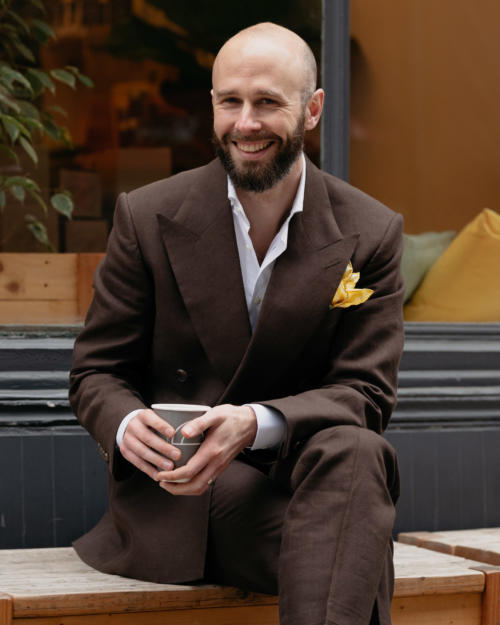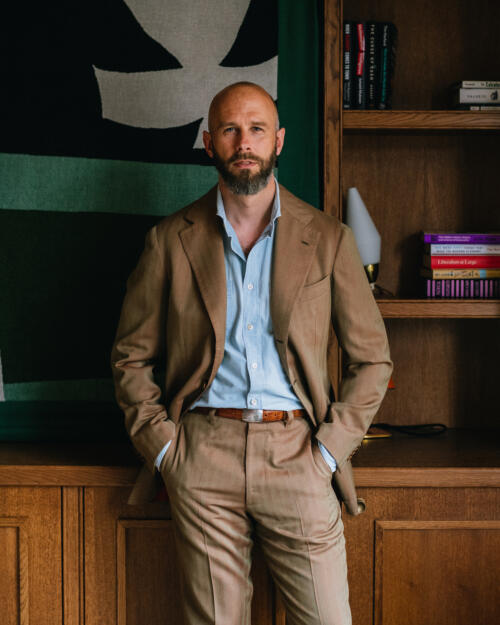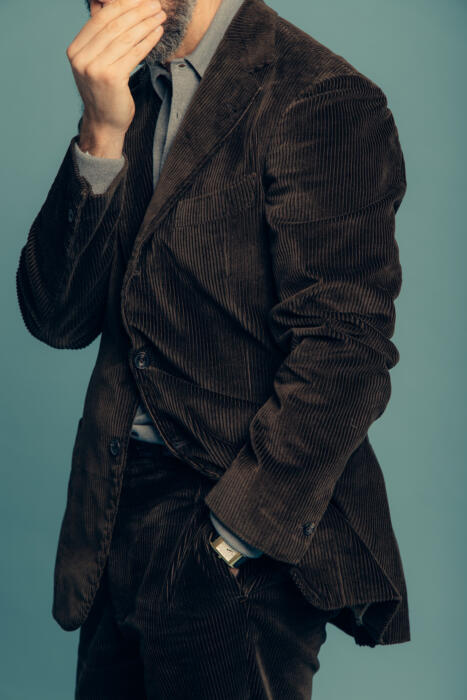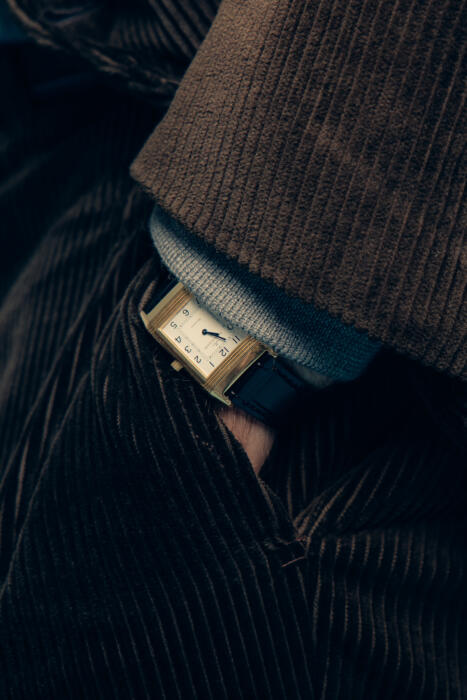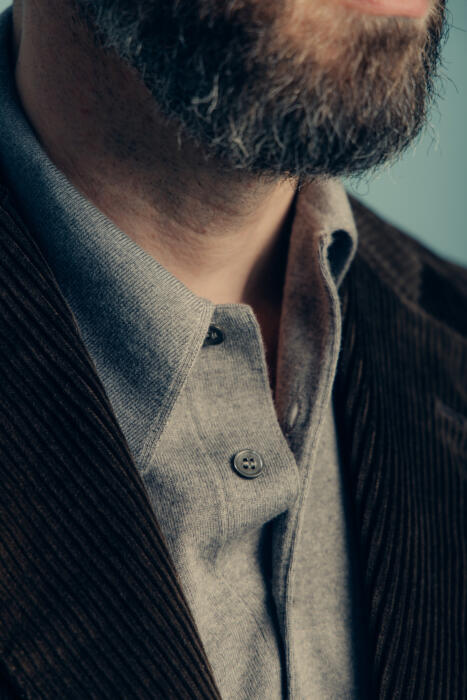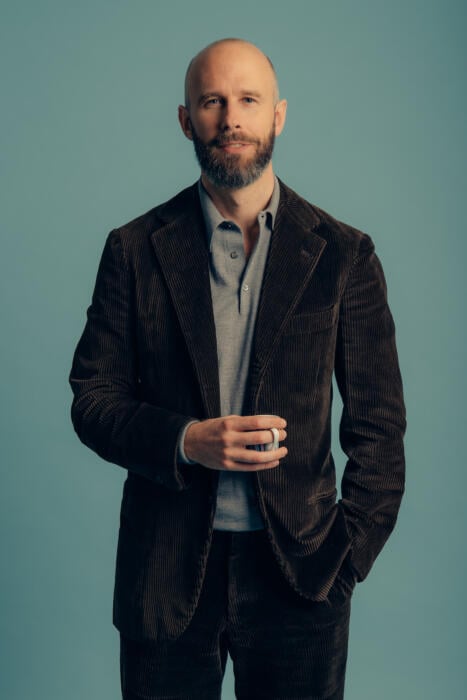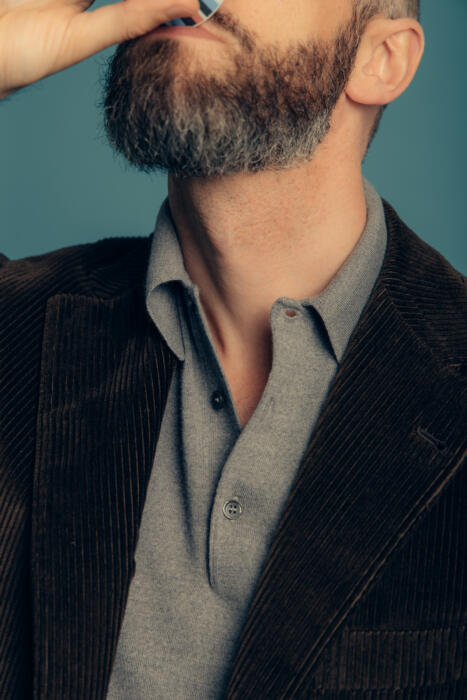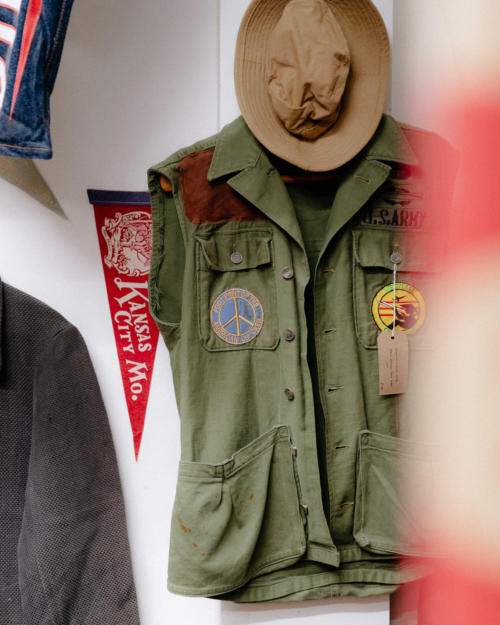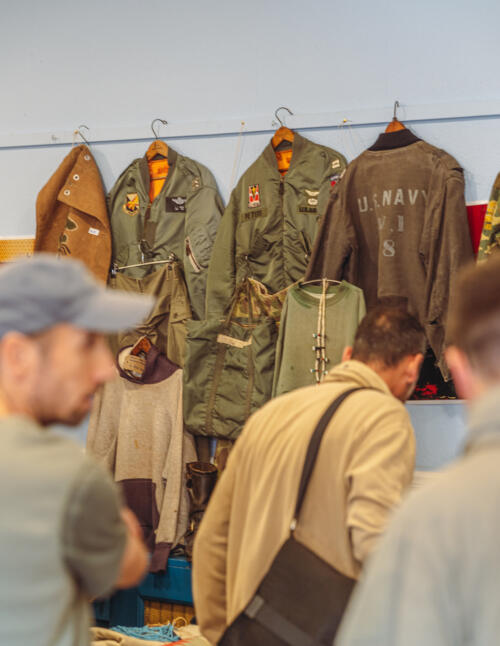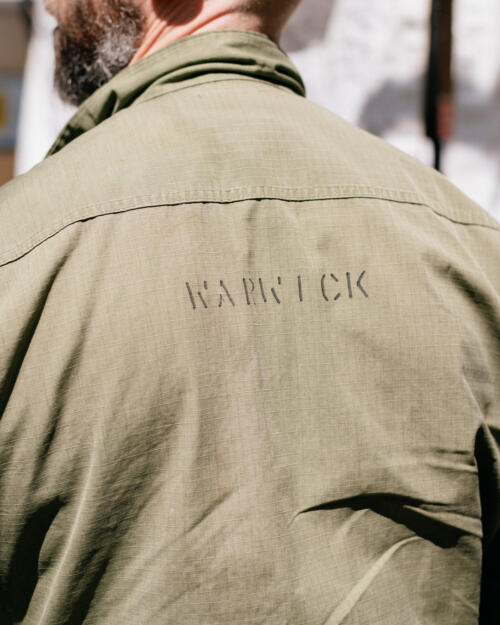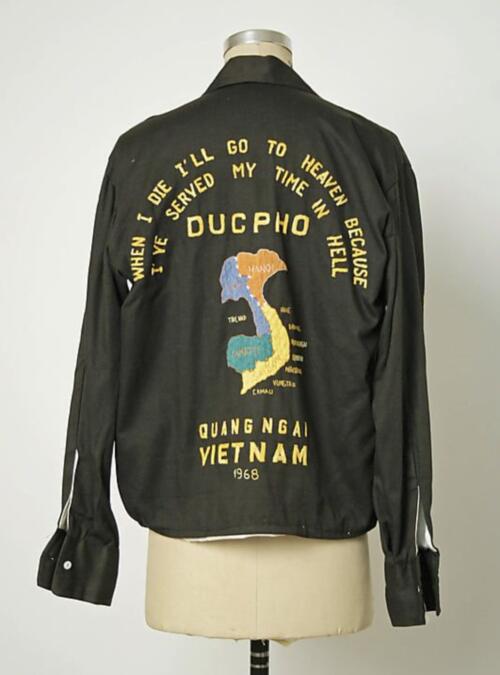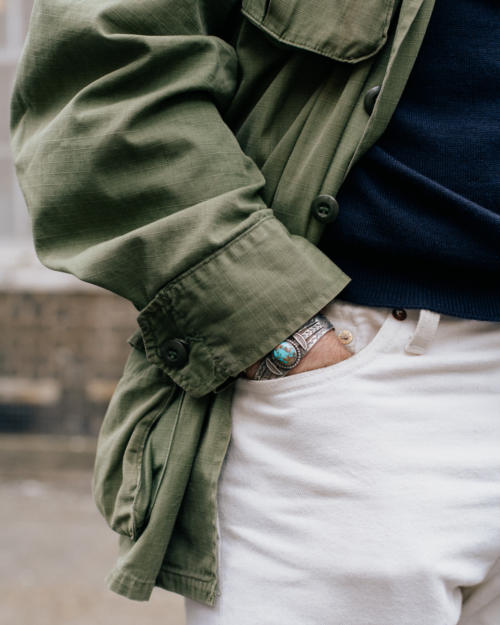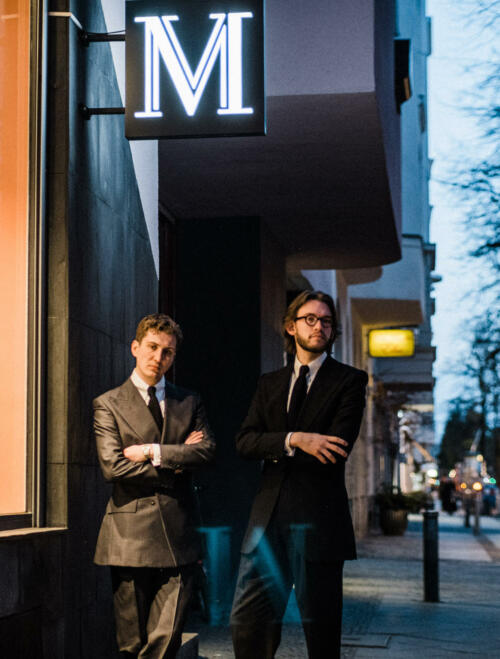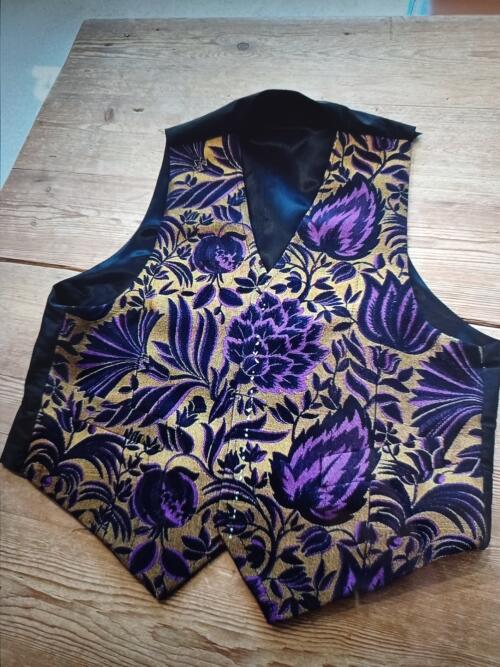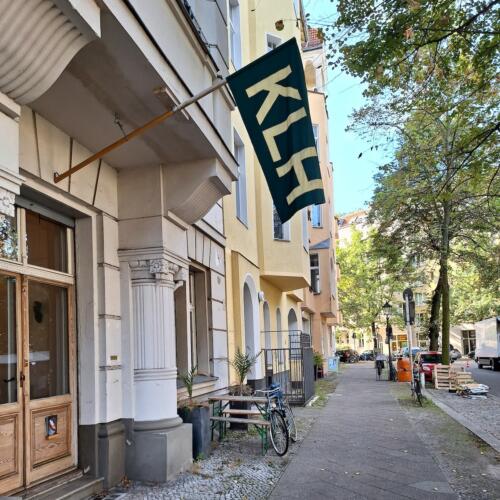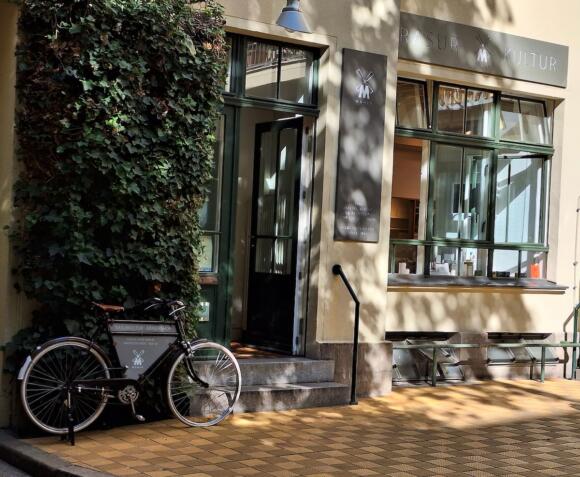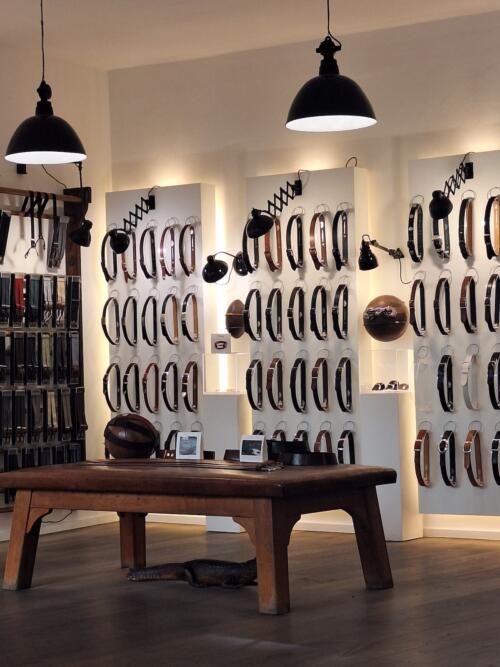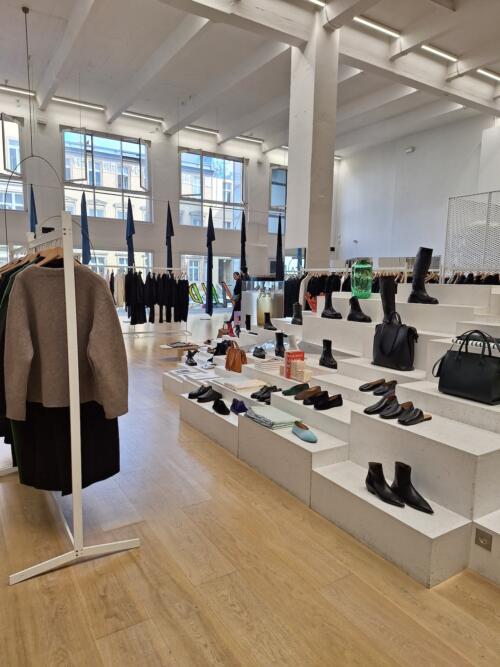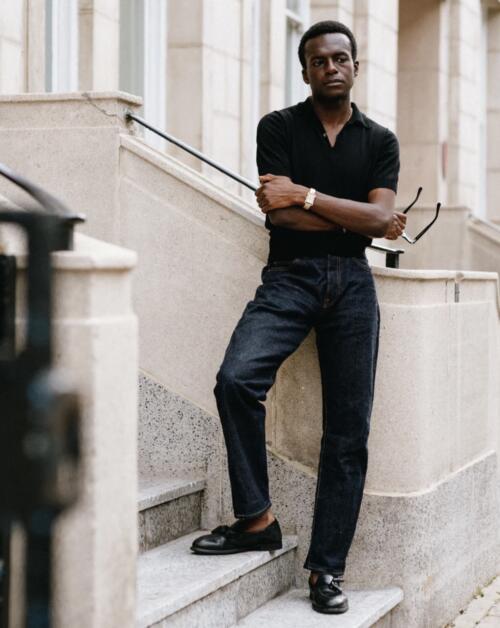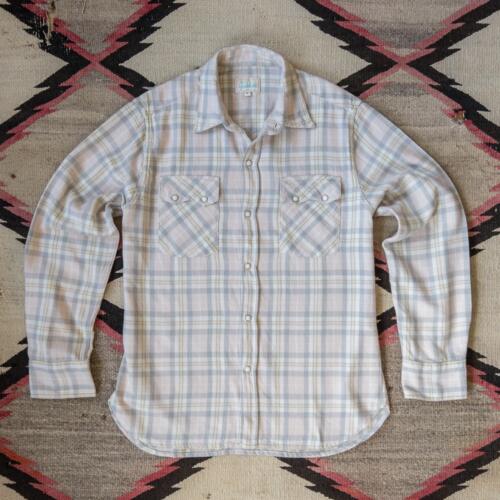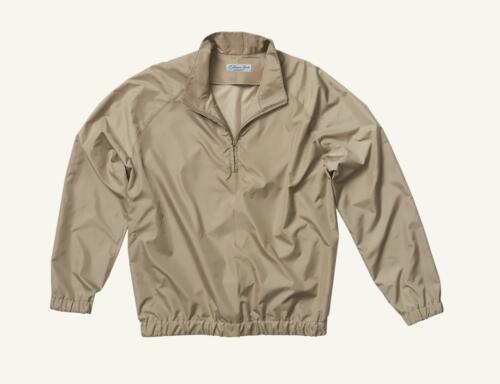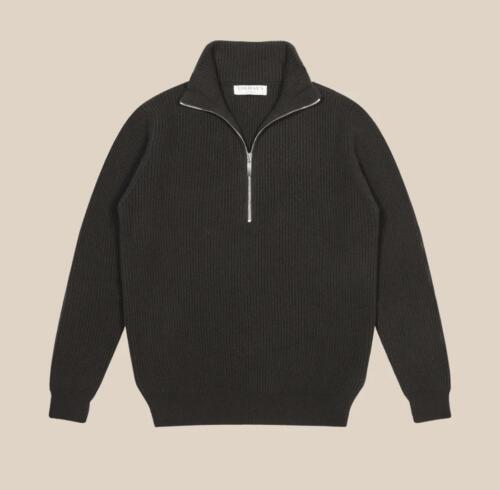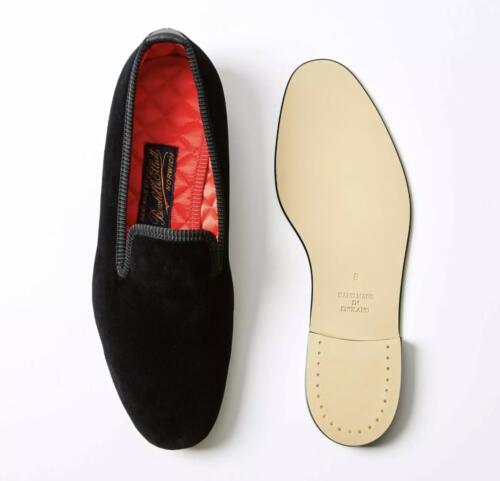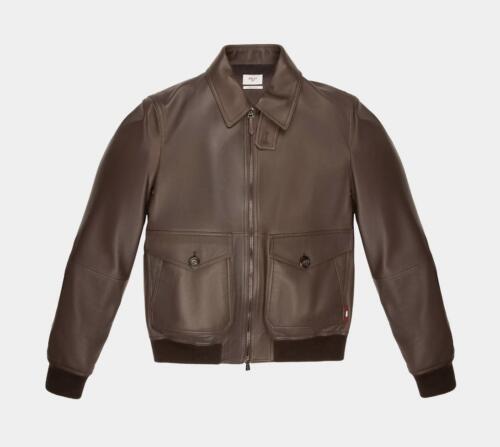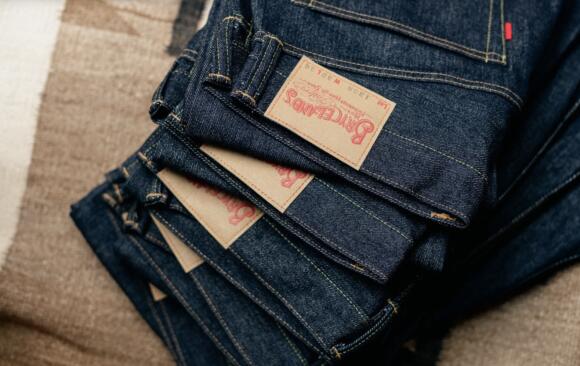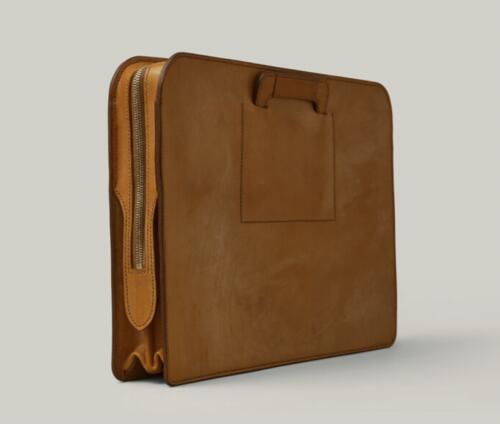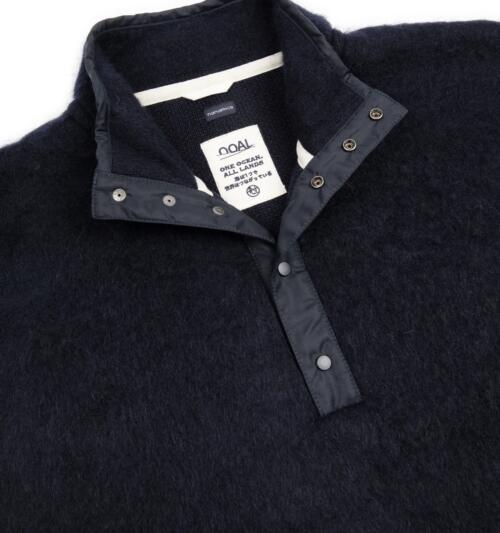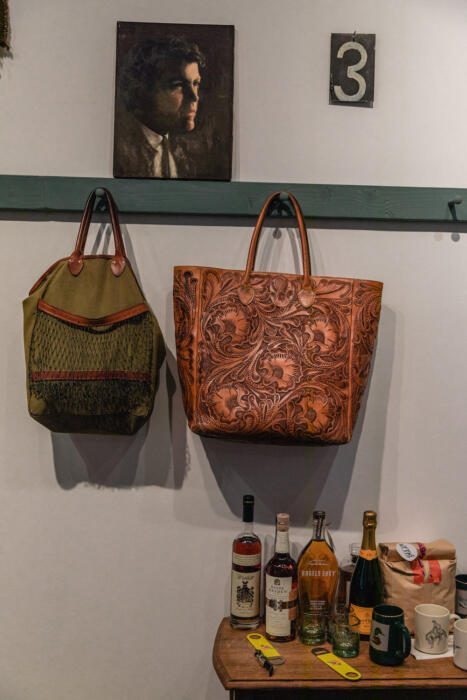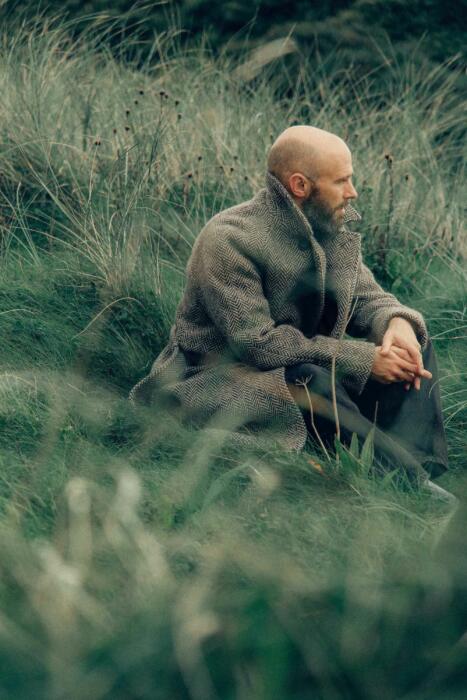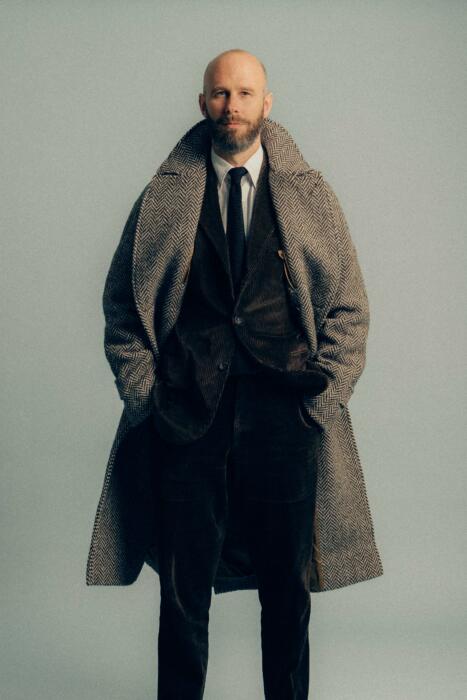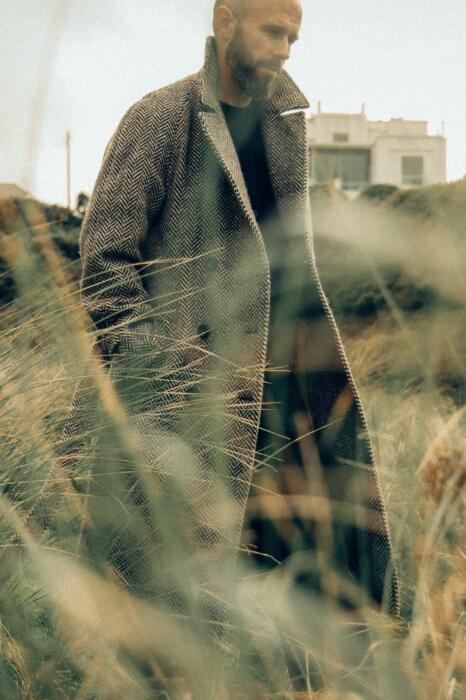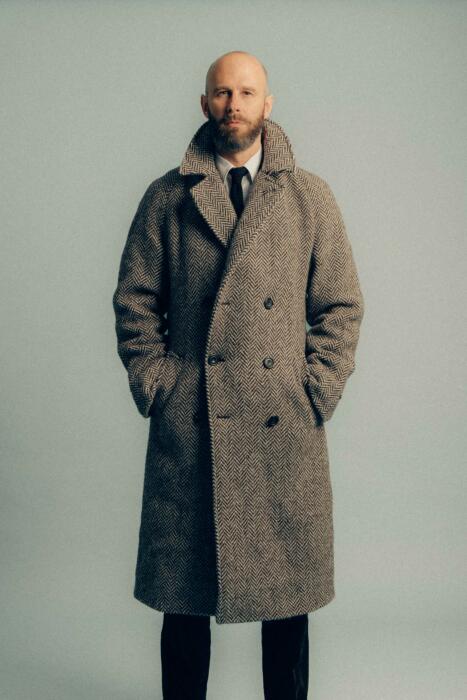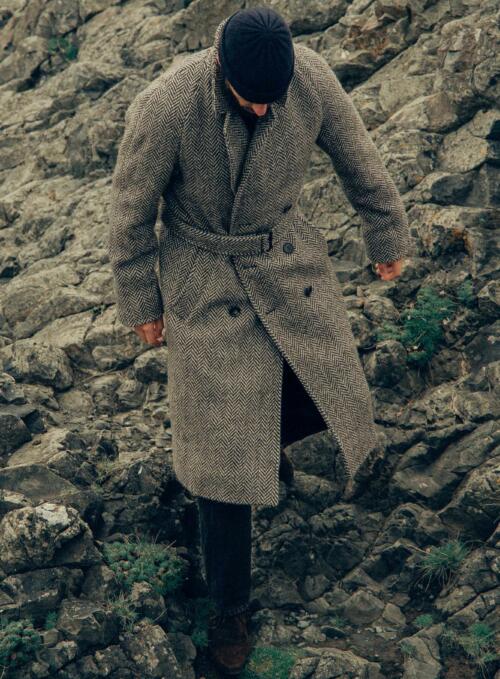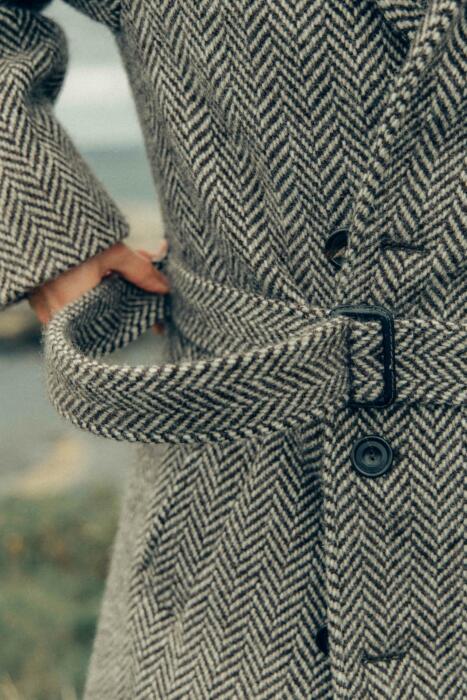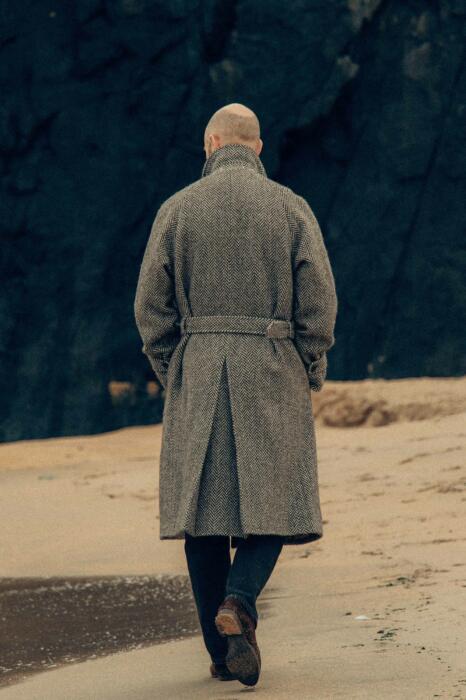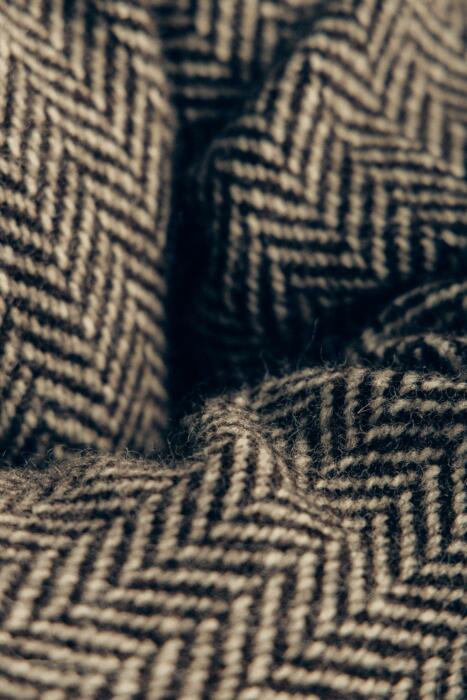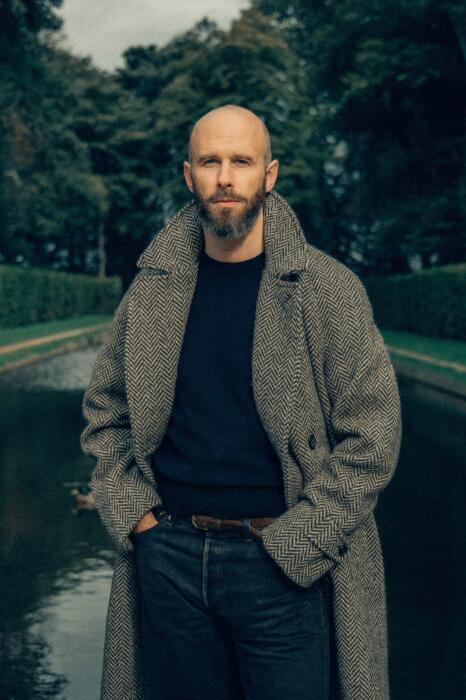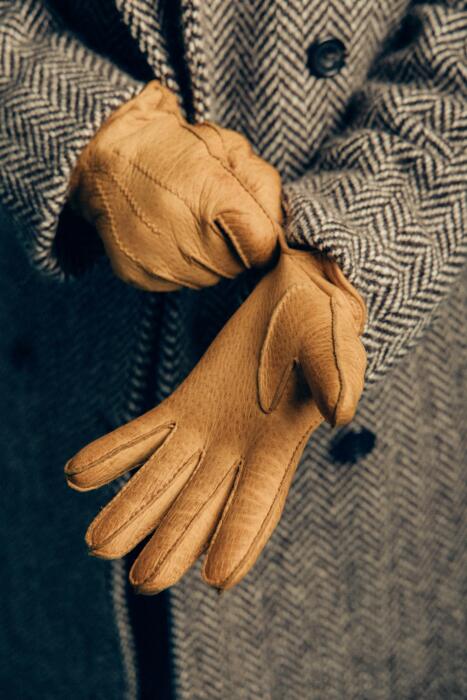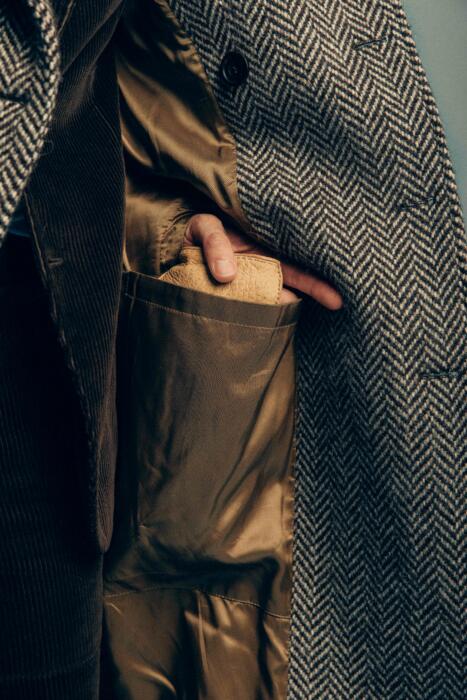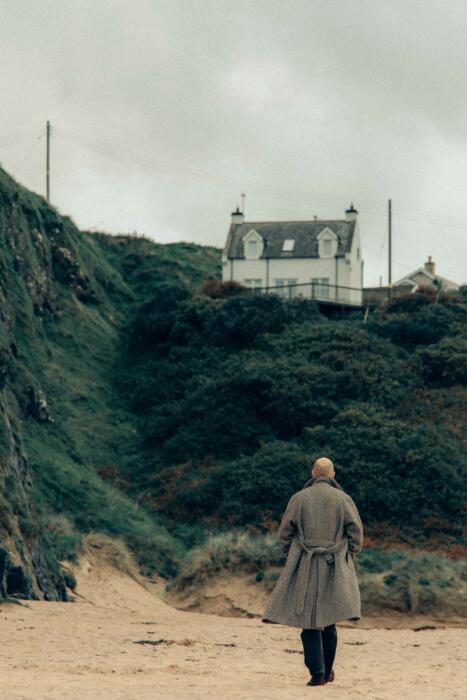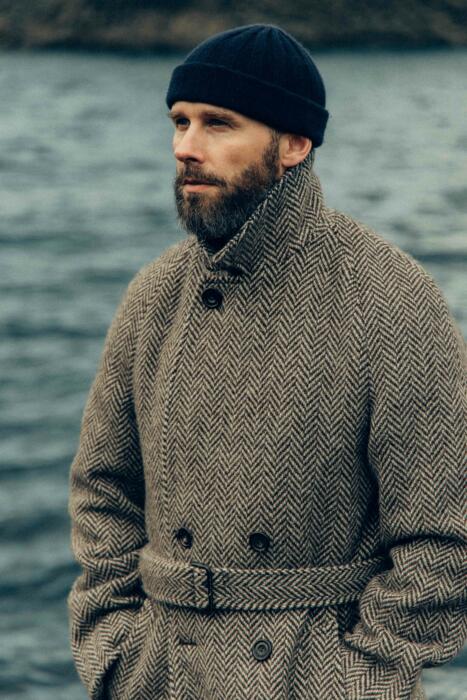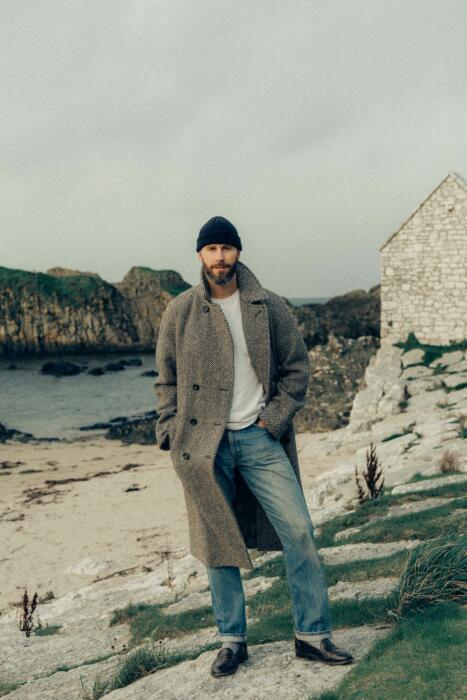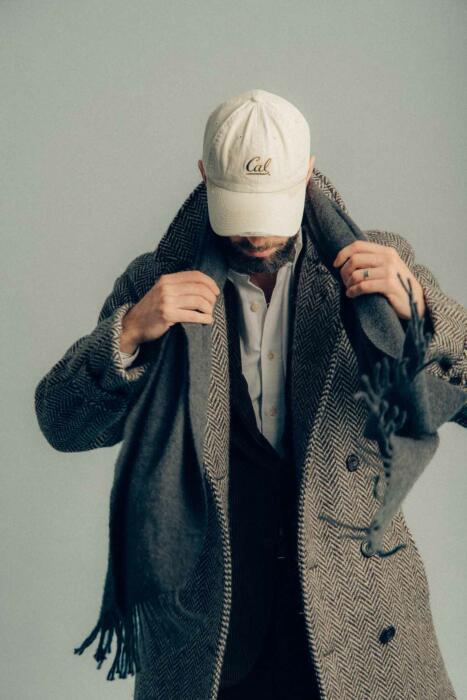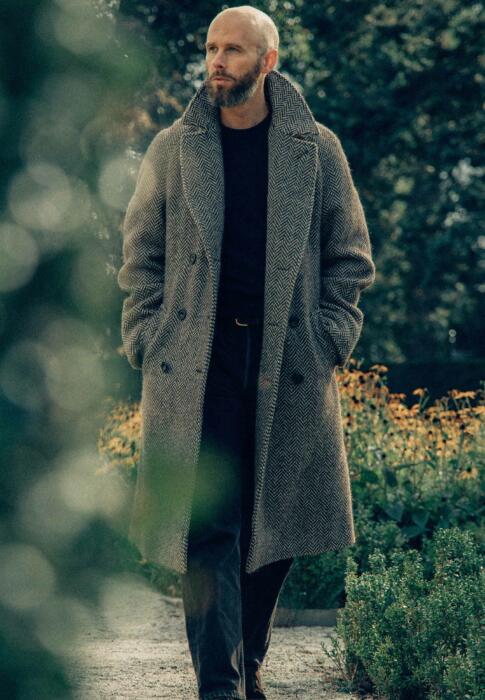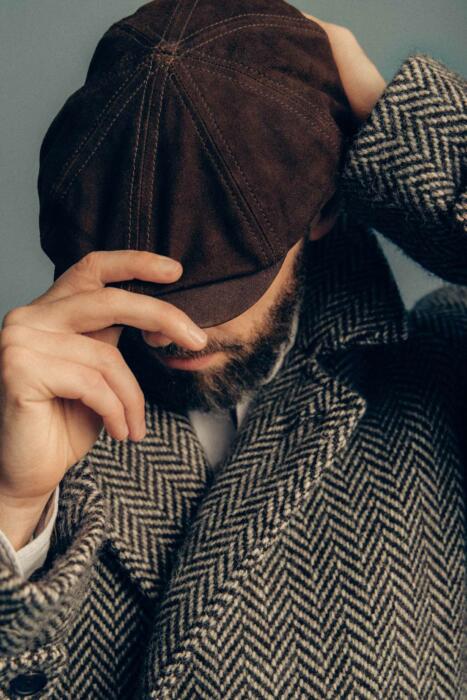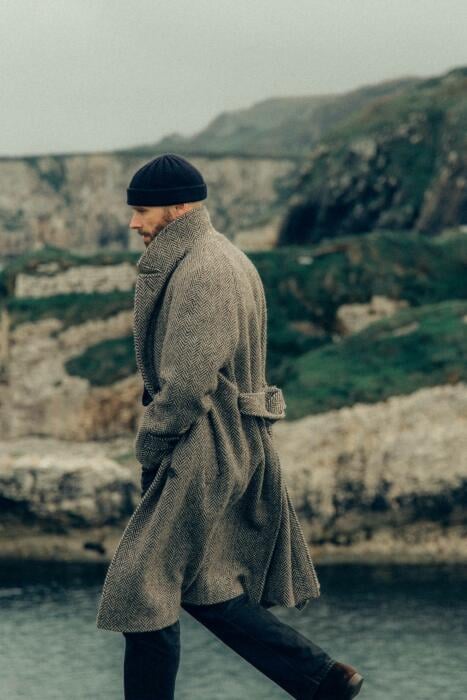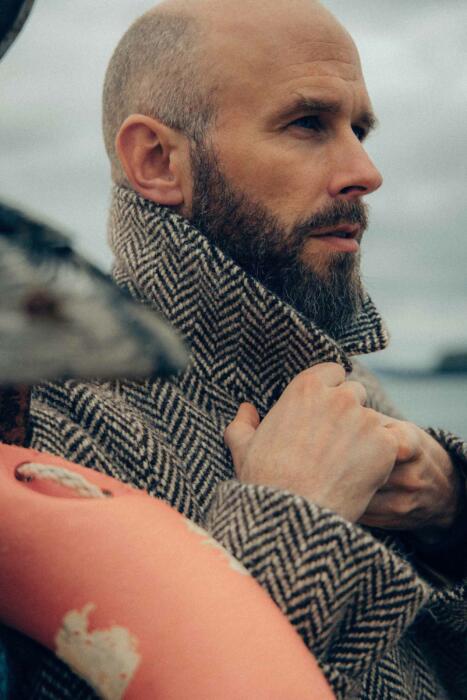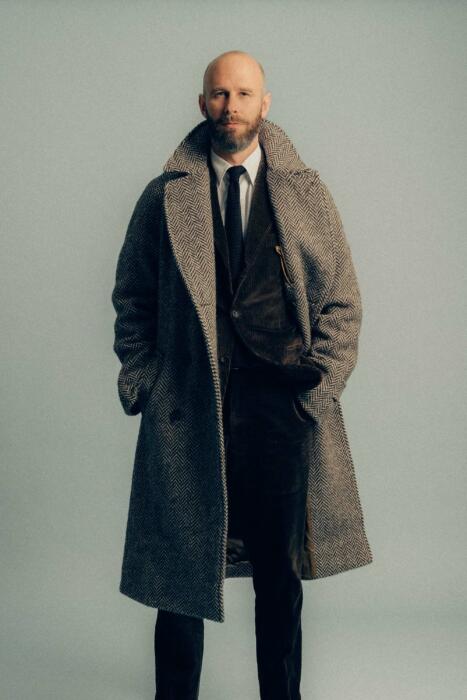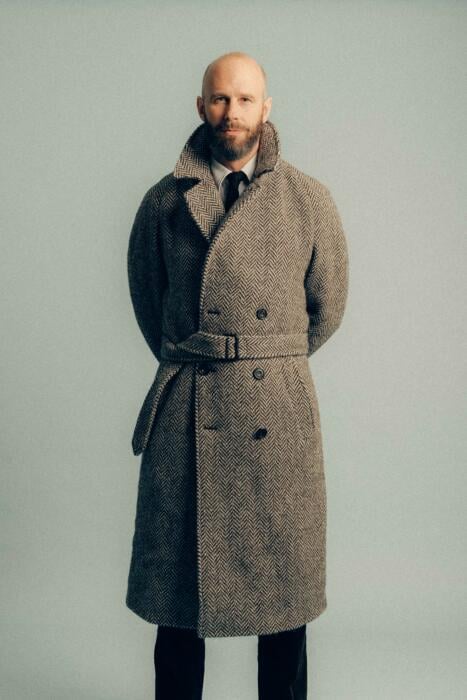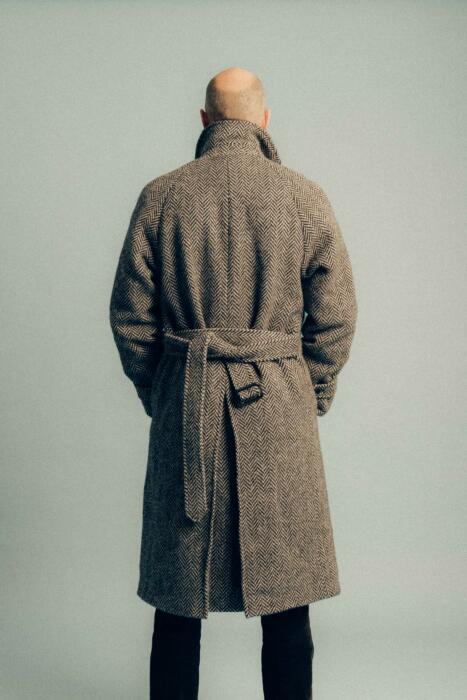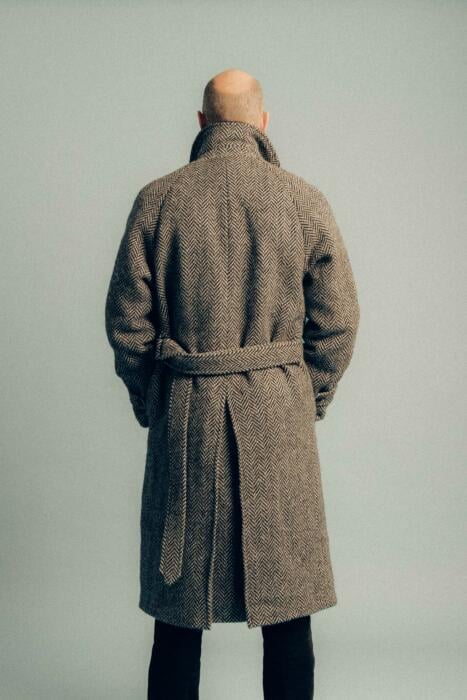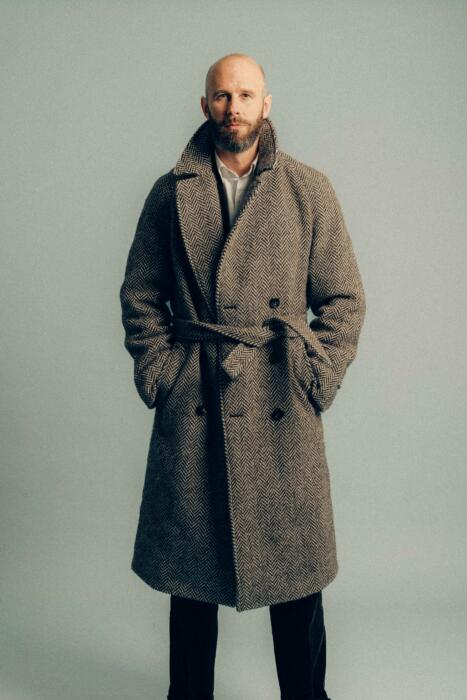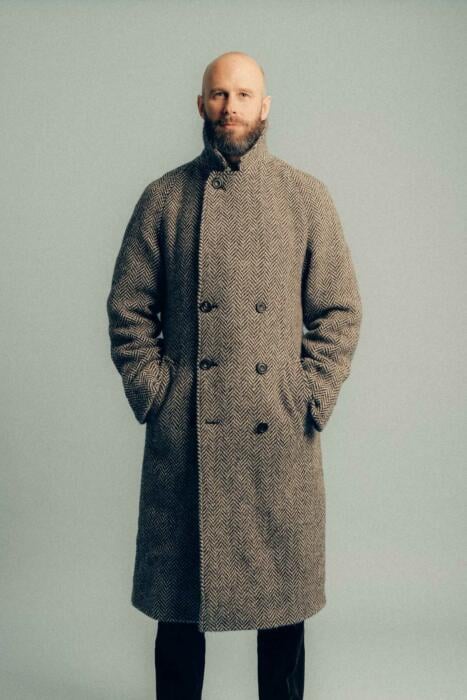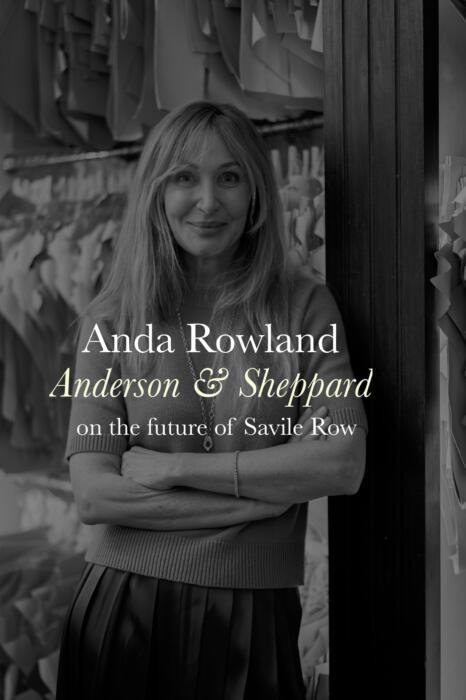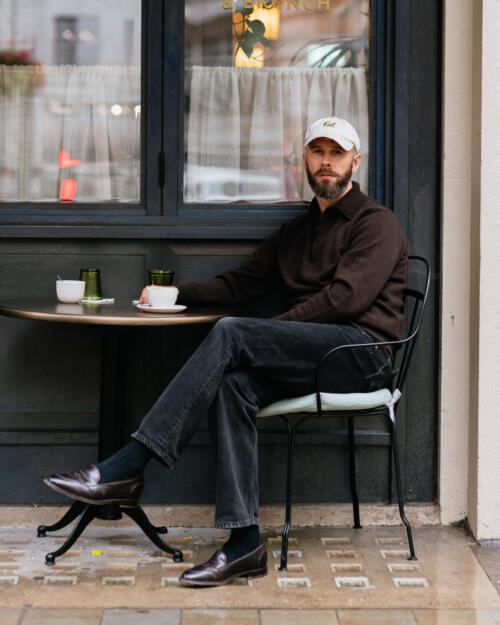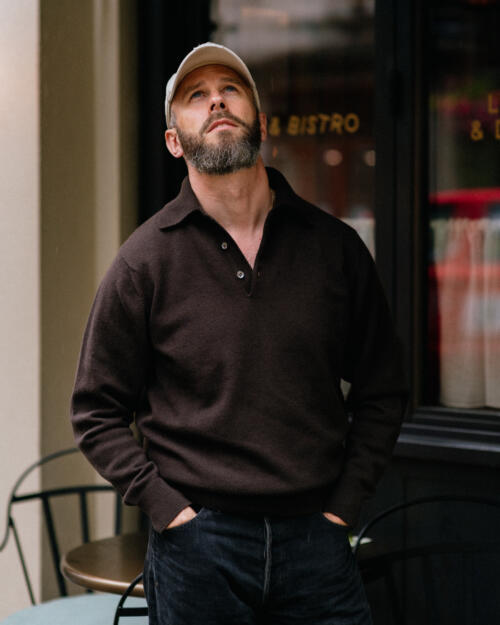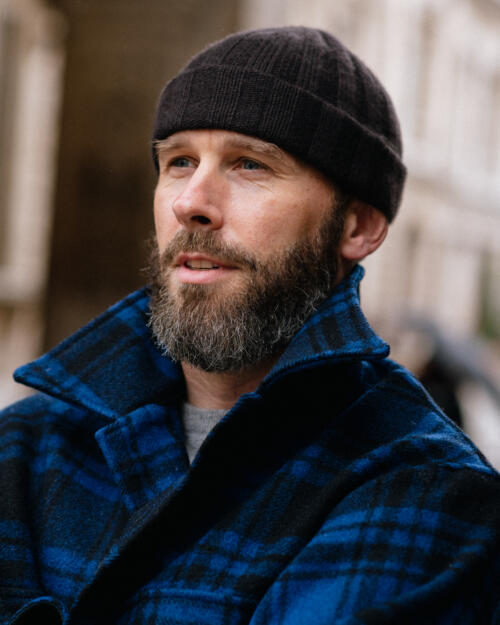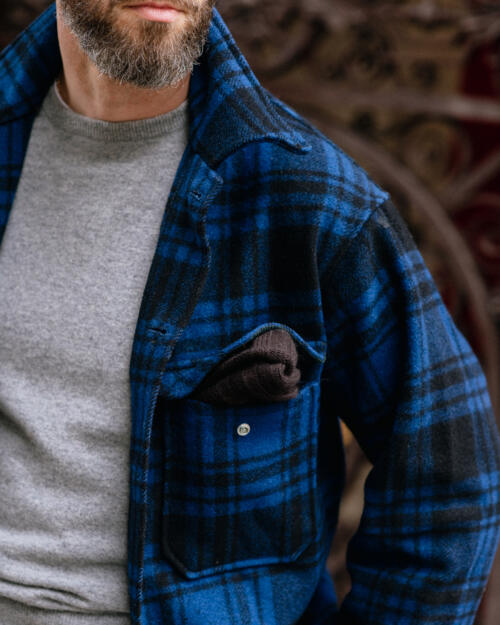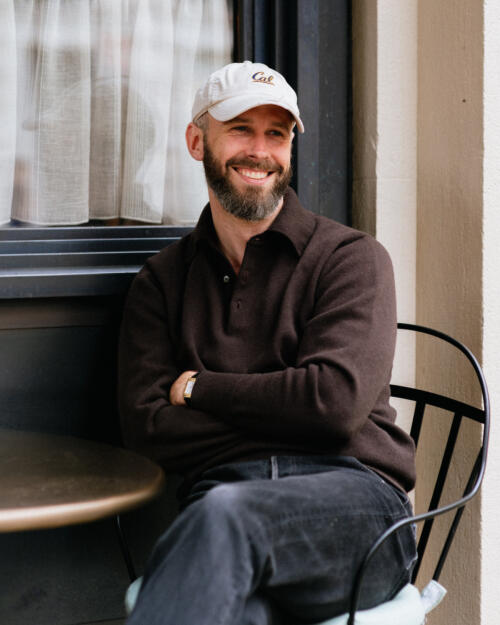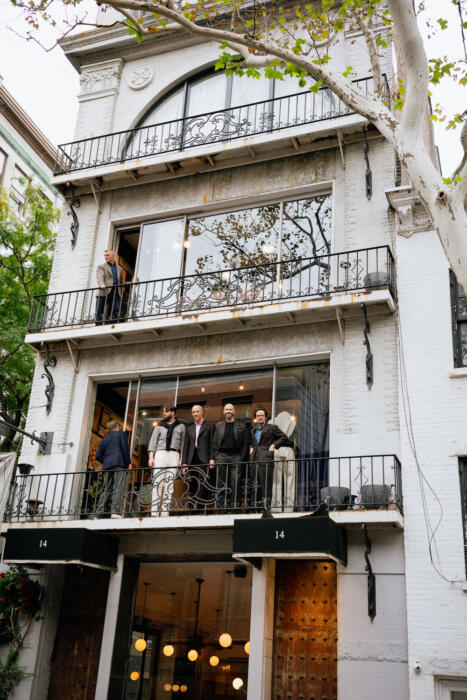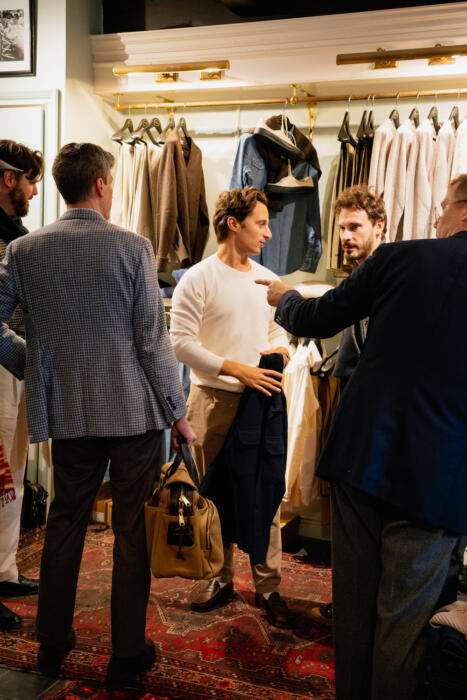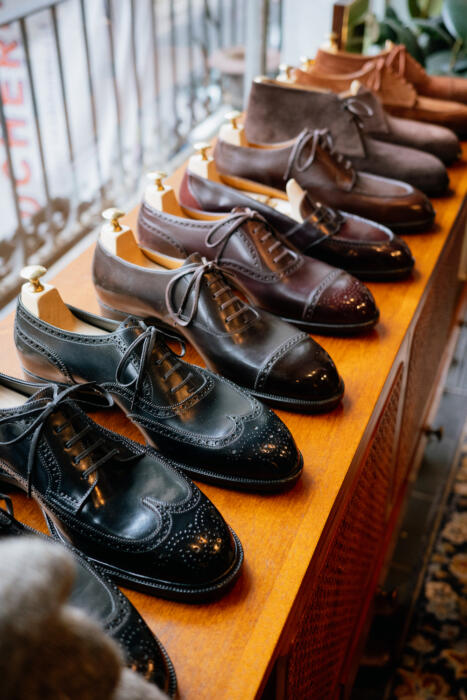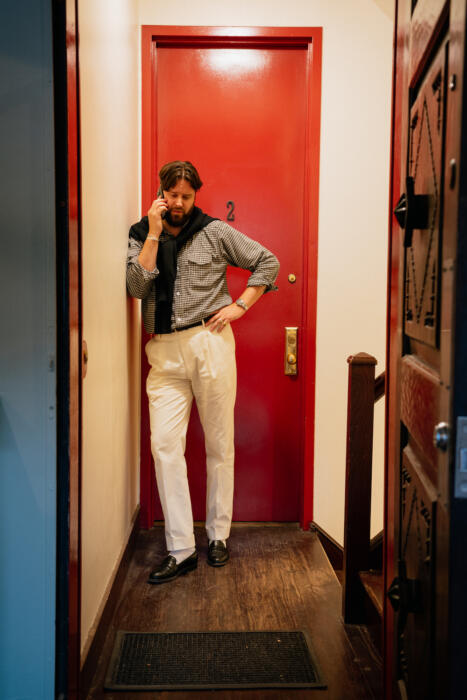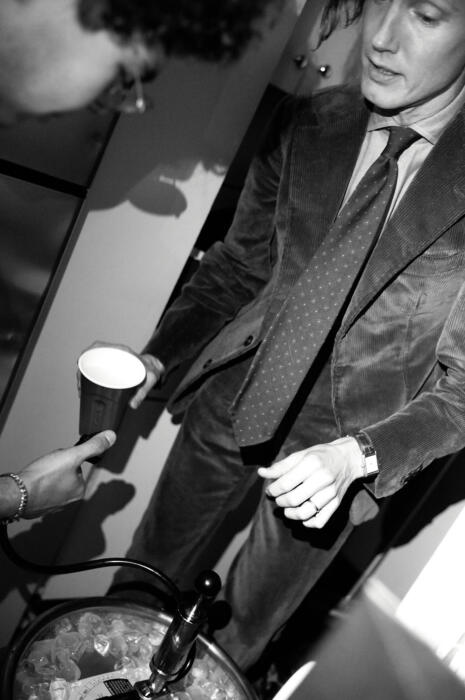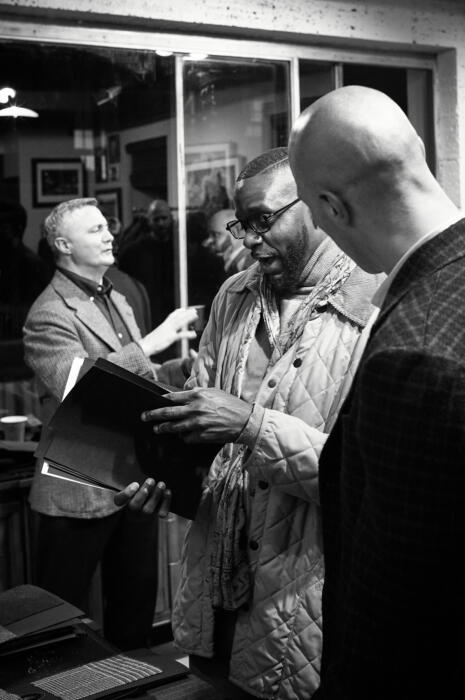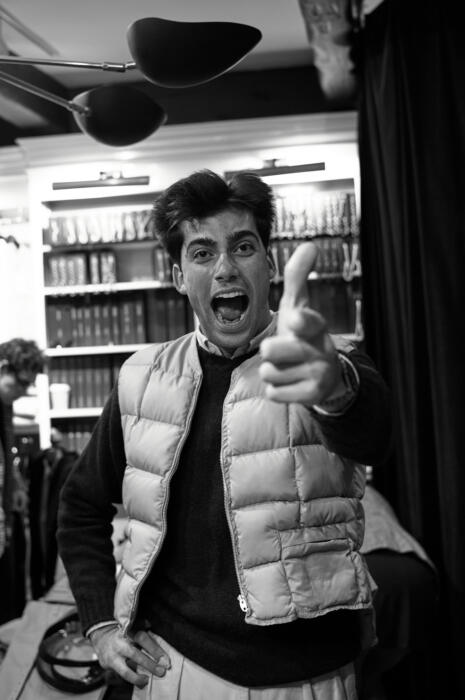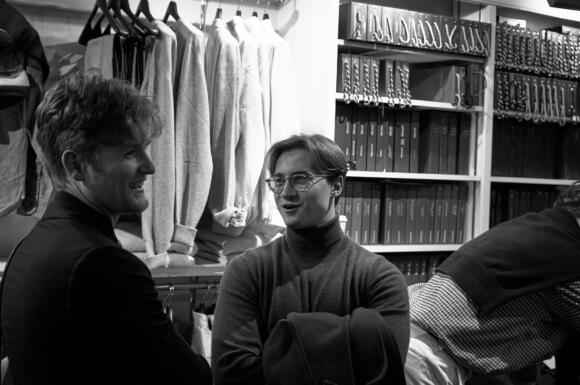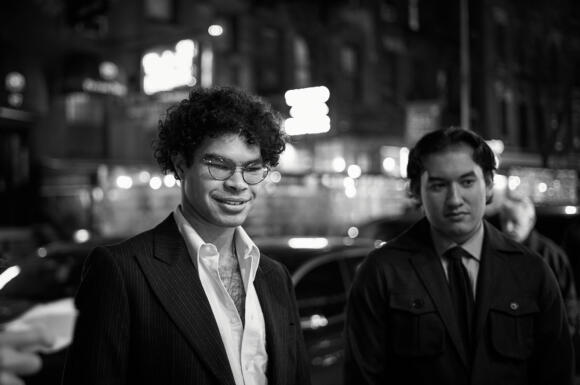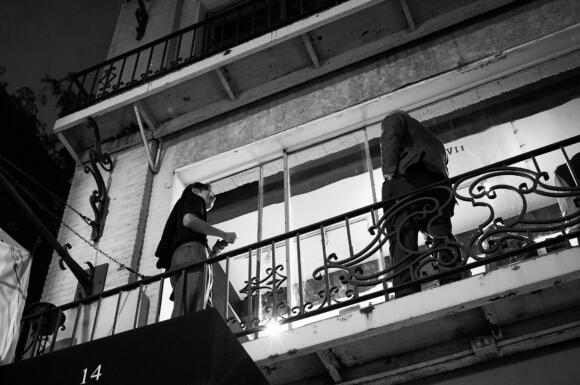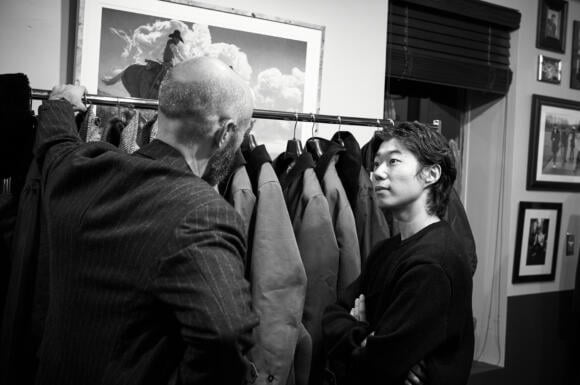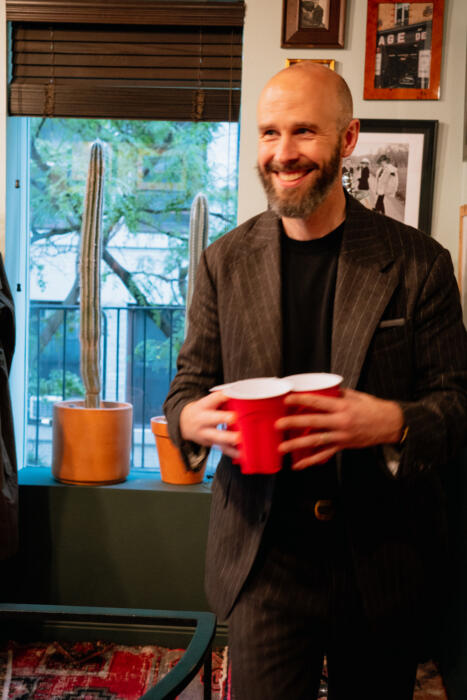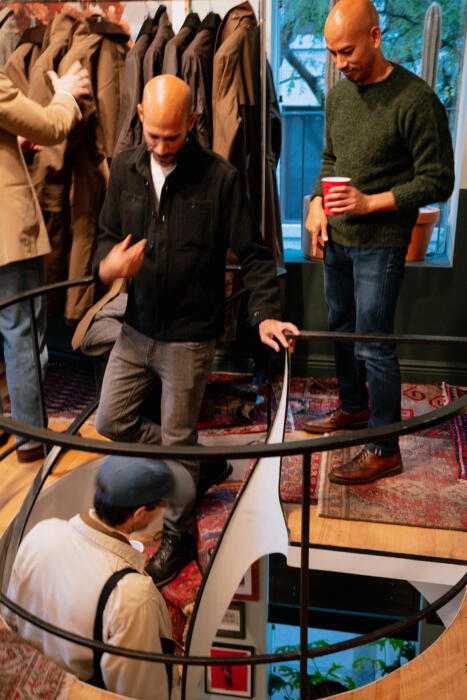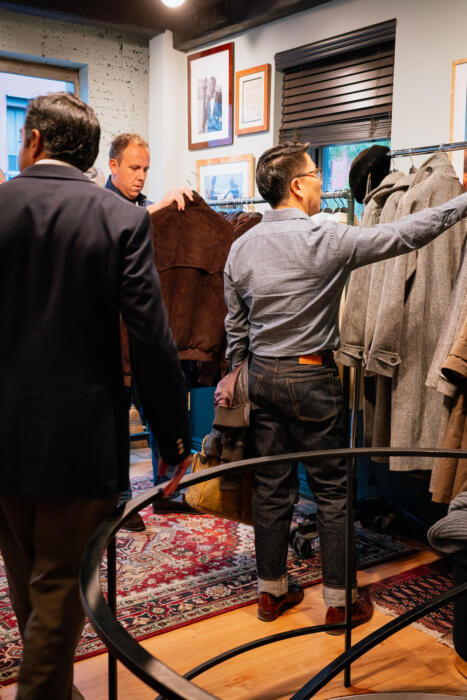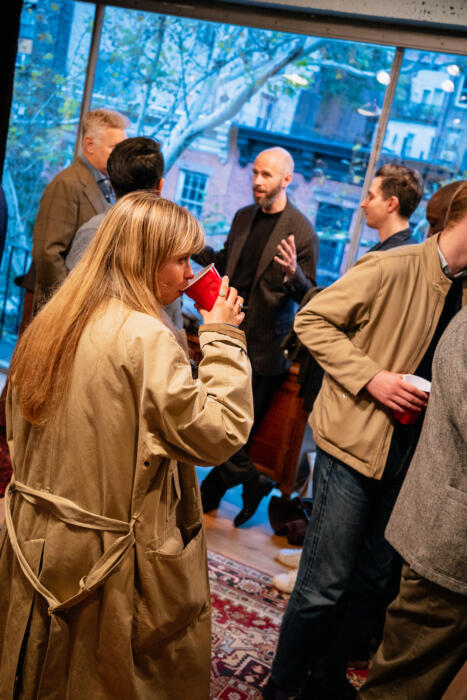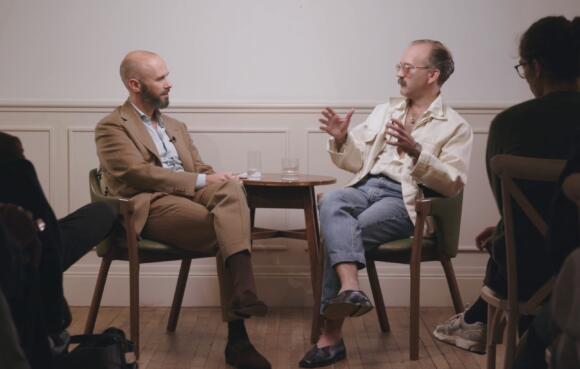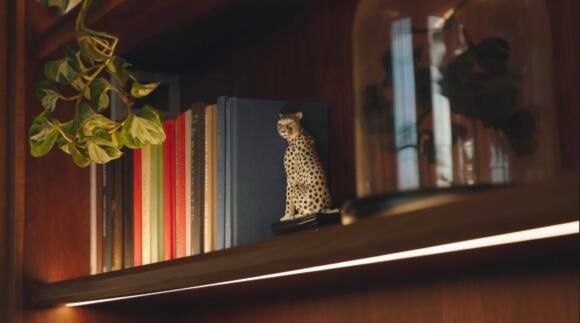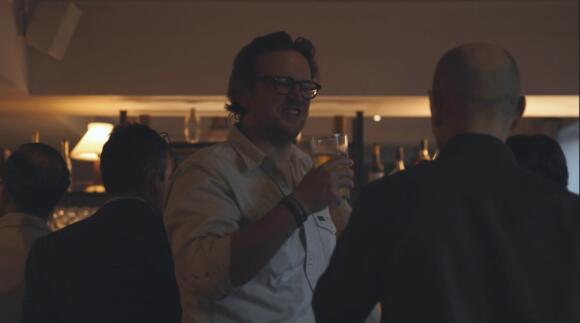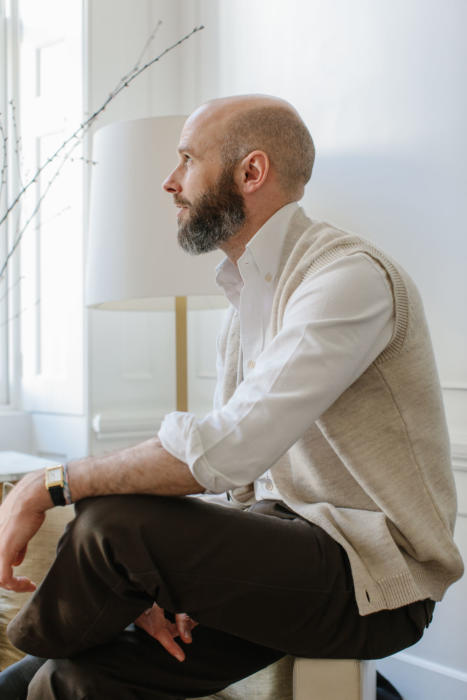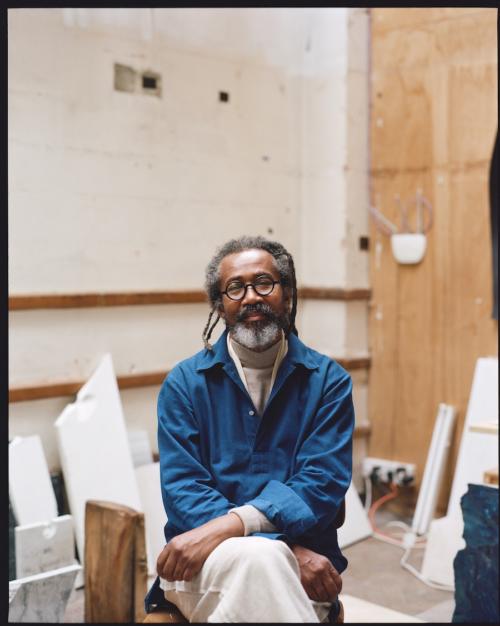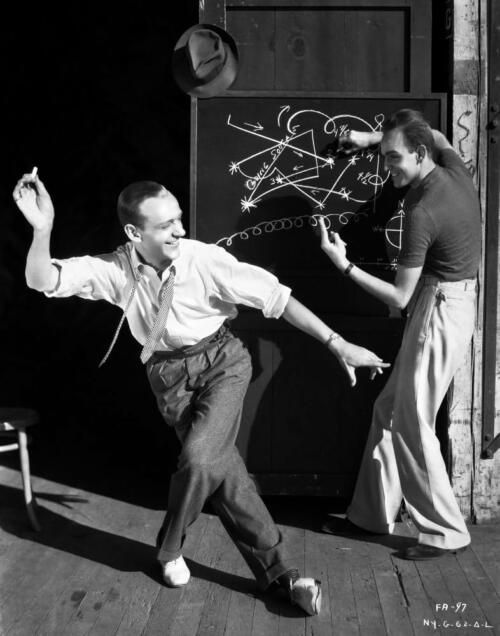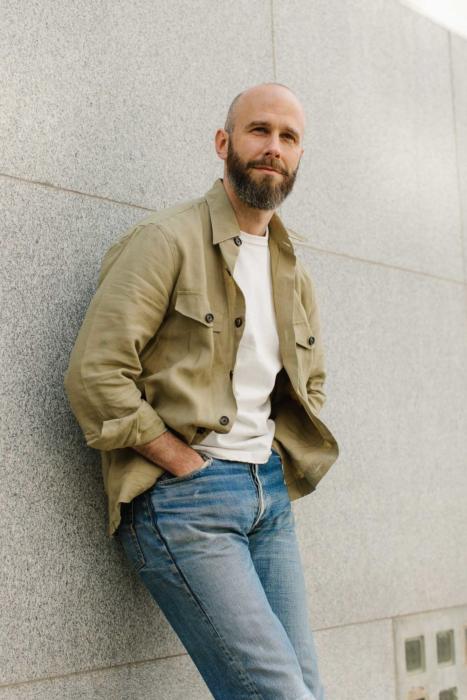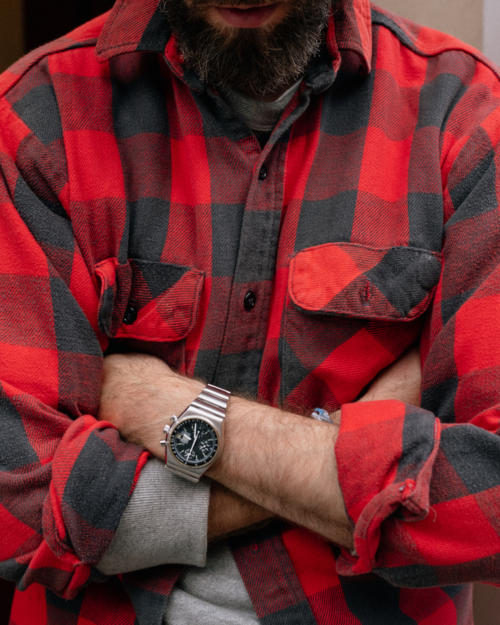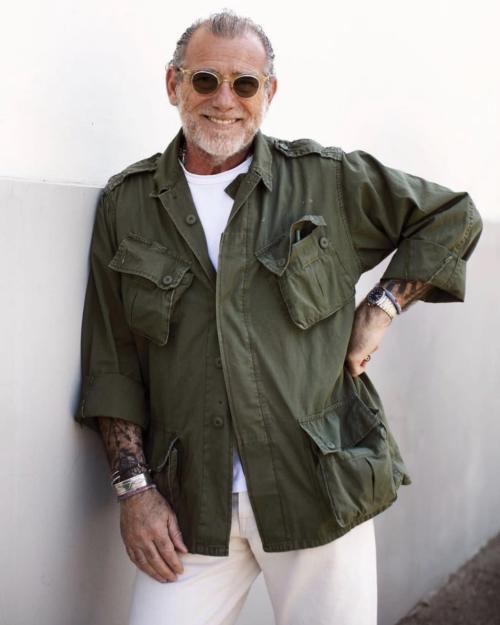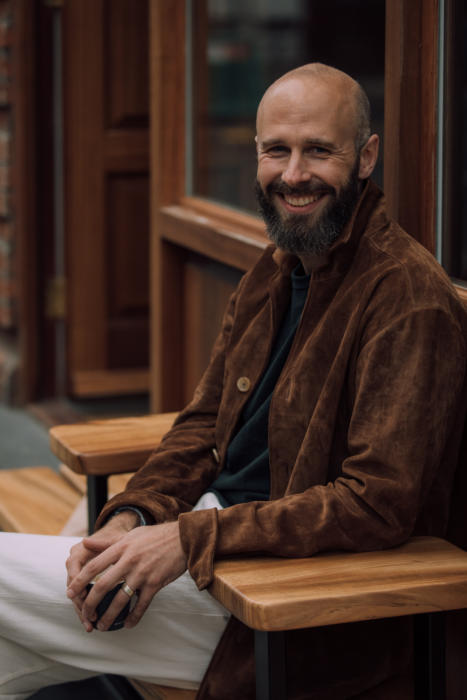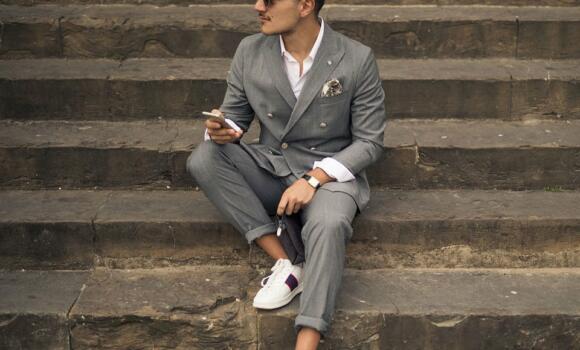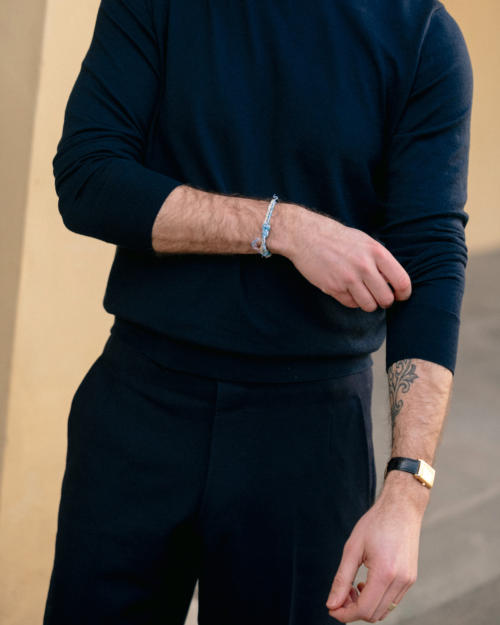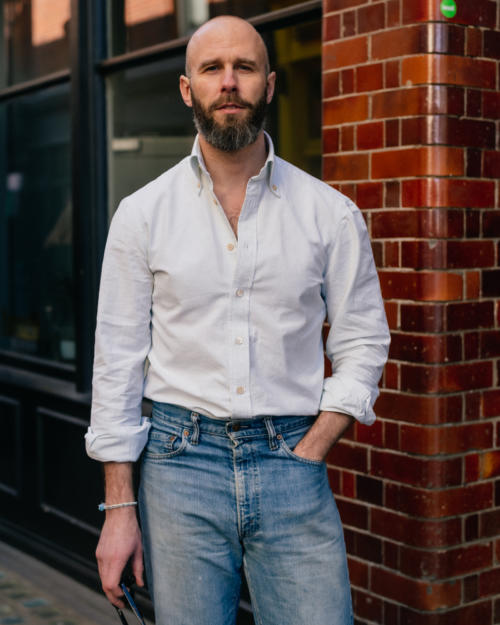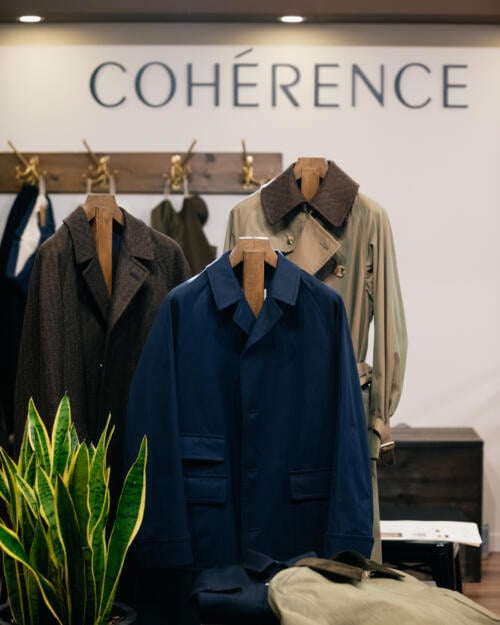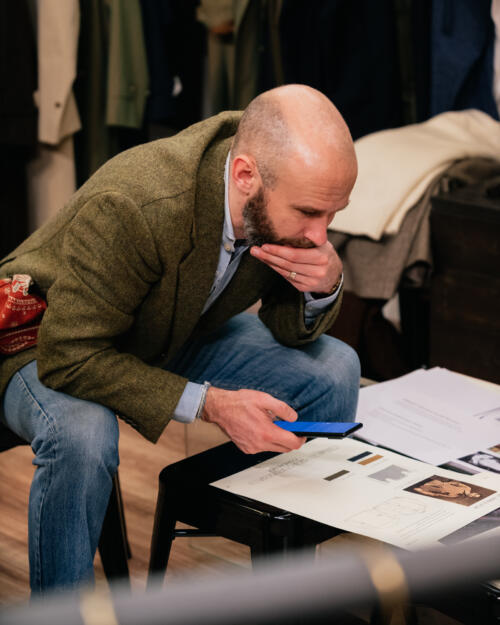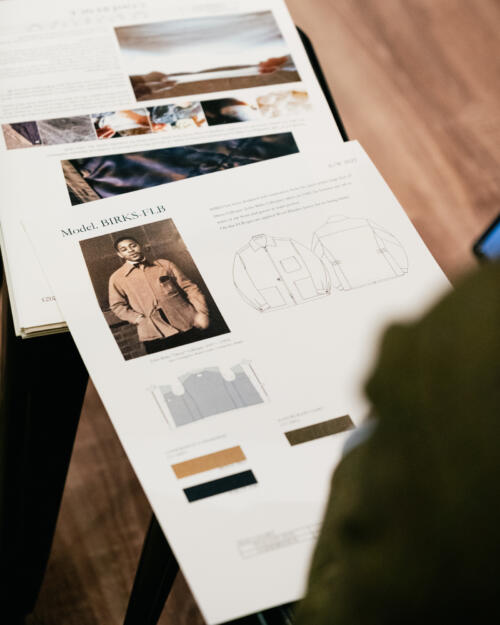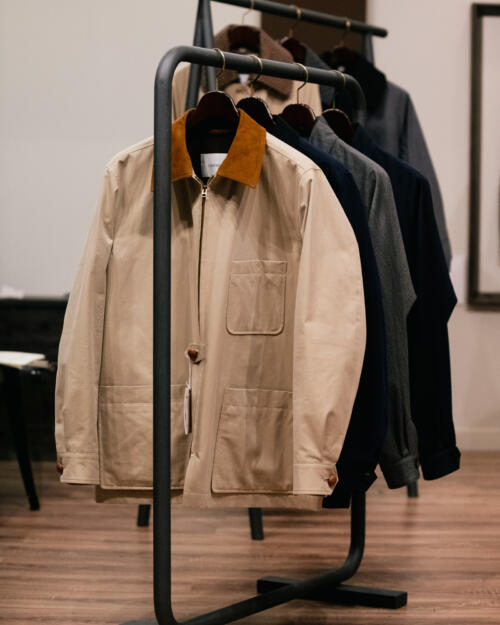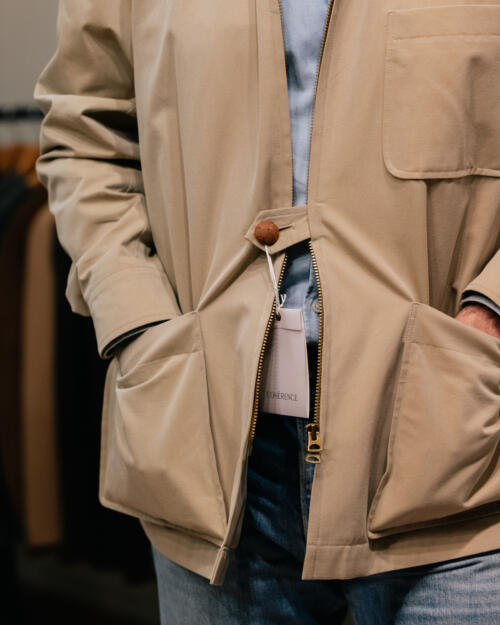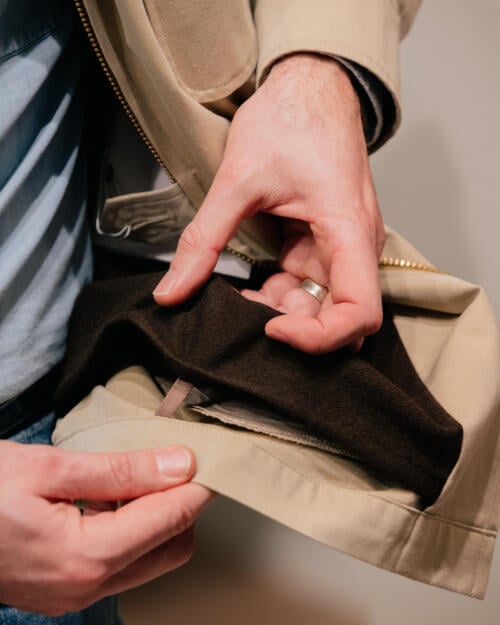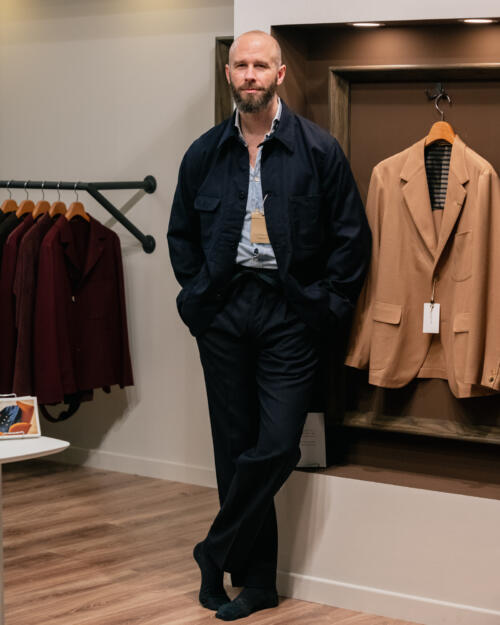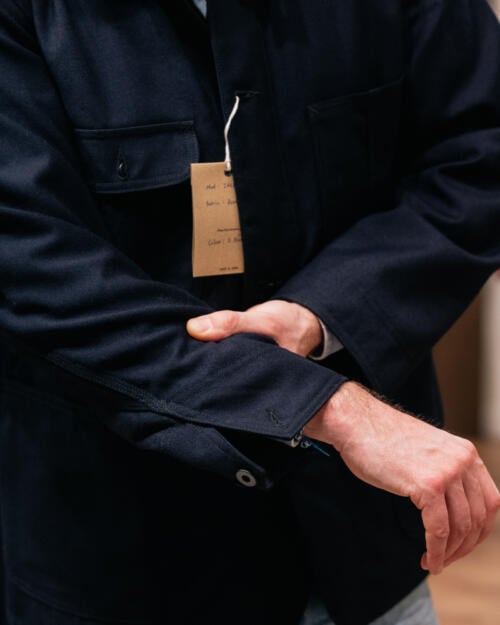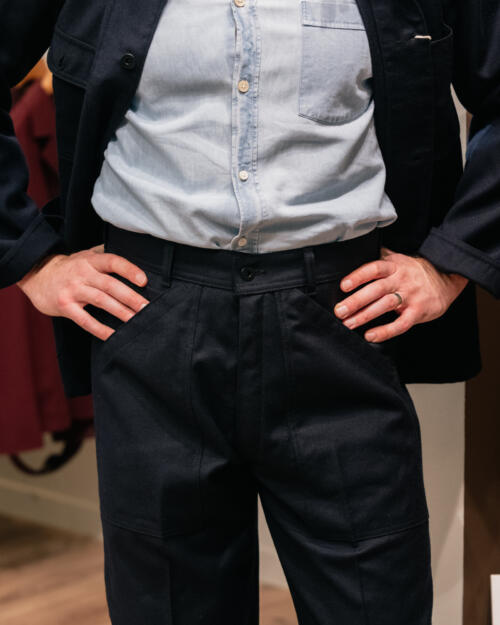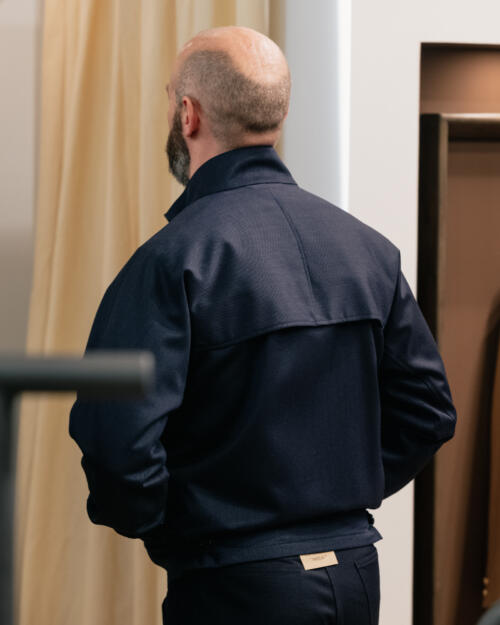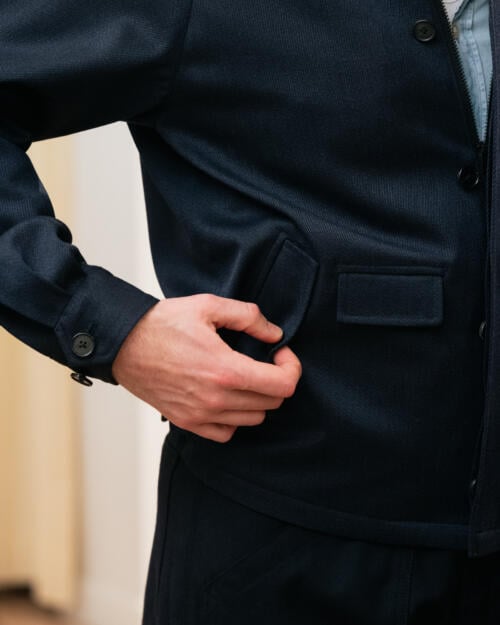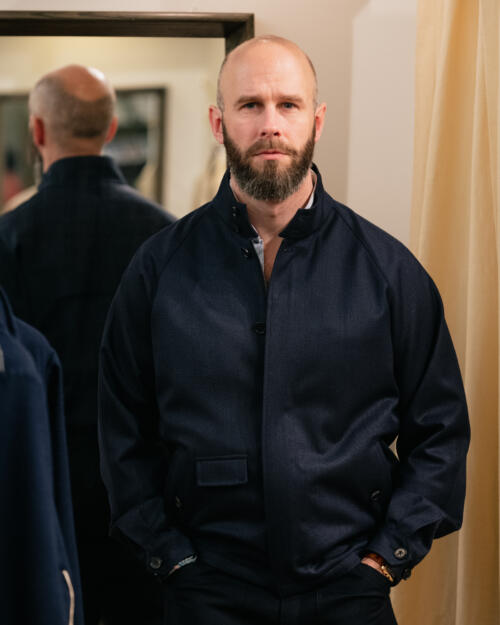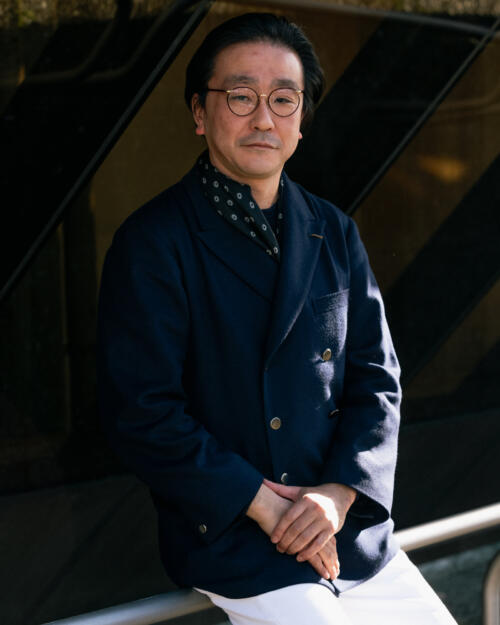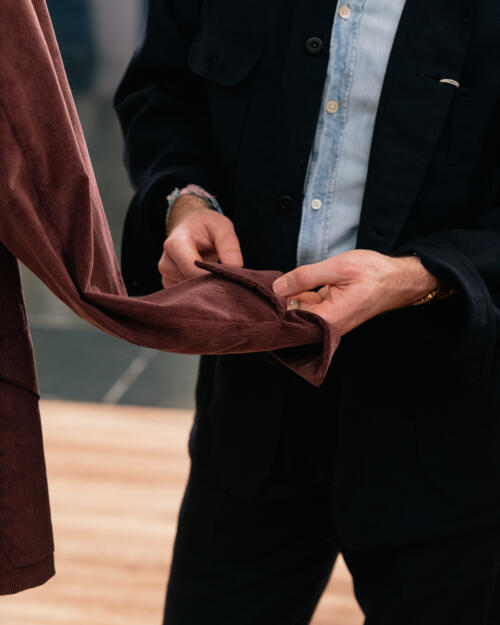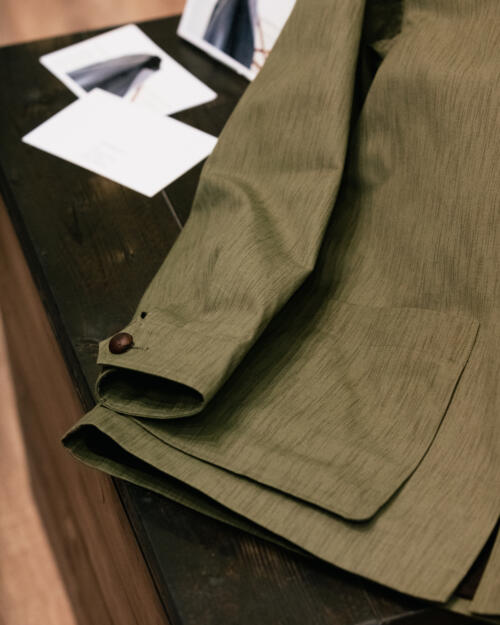The breadth and style of Korean tailoring
On the Wednesday night of my recent trip to Seoul, there was a party to celebrate the anniversary of the local cloth agency, Renovatio. The founder Sam Ahn invited everyone in the industry, and over 200 people turned up.
I have never seen so many well-tailored men in one place. They were young (on average), they were stylish (the occasional pink-shoed peacock apart) and they were all wearing suits and ties. It was wonderful.
Korea is not a big market compared to the UK or Japan - and tiny compared to the US - yet it supports a large number of tailors, from cheap MTM to bespoke. Walking around Seoul, you see more tailoring-related outlets than in probably any other city, including several alterations houses that have also expanded into making their own things.
This is particularly impressive in a country where (as I noted in our Seoul shopping guide) few people wear suits. There isn't the conservative office culture of Japan, and most tailoring is worn by choice.
Like Hong Kong, Seoul has always had a plethora of tailors, at a low level. It’s quite standard in a less industrialised country, and South Korea was poor for a long time after the Korean War ended. Ready-to-wear fashion really only arrived strongly in the 1990s.
Yet despite the subsequent growth of fashion, bespoke or at least personalised tailoring saw a big resurgence around 10 years ago. The trend for craft and heritage hit hard, and Seoul saw many new tailor shops set up, as well as greater awareness of those that already existed.
B&Tailor was part of that trend. Head tailor Jung yul Park had been running his own shop since 1967, but it was when his sons caught the bug for tailoring that the style (and popularity) of the shop was transformed. Chad in particular (above) showed he had a talent for modernising bespoke style and for communicating it online.
In fact two of the other strong tailors in Seoul, Assisi and Luca Museo, have members that worked at B&Tailor at one point. It’s still a small world, and inevitably one with intricate politics.
The first foreign-trained tailor to set up in Seoul, however, was Jeon Byeong-ha (above), who had trained in Naples with master Antonio Pascariello (a contemporary of Noriyuki Ueki, now Sartoria Ciccio in Tokyo).
Jeon arrived back in Korea in 2013, and called his atelier Sartoria Napoletana - a name which might seem generic to us, but makes perfect sense to describe what it does to Korean customers.
In recent years Jeon has added ready-to-wear to his offering, creating patterns for factory-made garments that are sold in his atelier and in shops such as Parlour (under the label Sartoria Jun). This was largely a reaction to a difficulty finding good apprentices, which has substantially limited the amount of bespoke he can make.
We visited the team and saw some of the RTW, my favourite piece of which was a quilted jacket made in navy velvet (pictured top). Designed to fit over tailoring, it was the perfect length and big enough in the shoulders to cover my tweed jacket.
We also visited the new atelier of Assisi (above), where I was having a final fitting on the light-grey summer suit (Ascot 4-ply from Drapers) we had started at Pitti.
Assisi are everything that makes me excited about Korean tailoring. The standard of the work is good, the fit (which I experienced here) is extremely good, and they have real style. Dabin is always wearing something I’d wear, which is freakishly uncommon in bespoke.
It makes sense when you see their atelier, because everything there is stylish. The lighting, the sound system, the furniture. There’s the kind of taste level we’re more used to seeing from MTM brands such as Saman Amel or Stoffa, but married to hand craft.
Same goes for Luca Museo (above). They have a lovely, warm space just off a major shopping street in the south side of Seoul. B&Tailor are nearby, though Jun and Assisi are in the north (Assisi in a very rich residential area - the BTS house is up the street).
Luca started the business after many years at Sartoria Vanni, one of the most established Korean tailors. The other two team members are Chan, who started as a trouser maker at B&Tailor; and Ivano, who also started there but spent time with Sartoria Raffaniello in Japan and Pirozzi in Italy.
I started the process of making a suit with Luca Museo, so we’ll cover that when it’s finished. They come to Pitti occasionally, including in January, and that will be the mechanism for getting it done. They’re not travelling for trunk shows yet, unlike B&Tailor and Assisi.
In terms of style, Jun is very Neapolitan but most others are a mix of influences, including some elements of Florentine tailoring. Assisi is quite generous in its cut, as I noted in my review, while Luca Museo has a penchant for roped shoulders (though they're happy to soften them).
The one tailor that’s different in that regard is Donghyun Kim, aka Tranquil House (above). Kim trained in the UK, studying at London College of Fashion and then working on Savile Row.
Since returning to Korea he has proved popular as the only English-style tailor, and he’s helped brands design patterns for their ready-to-wear as well. Kim has a lovely space on the second floor of a building in central Seoul, and when we were there we saw some of the ready-to-wear shirts and trousers he now offers too.
Kim is particularly committed to the idea of ‘rock of eye’ tailoring, where some parts of a customer’s pattern are drawn freehand. “I remember how hard it was to teach that - to draw the oval shape of an armhole for instance,” he told us. “I used to go home, switch out the lights, and draw 200 ovals on my coffee table before I went to bed each night. Eventually I got it.”
Other notable tailors include Corallo Rosso, who studied at Istituto Secoli in Milan and worked as a tailor at Eduardo de Simone before returning to Korea. He’s pursued more of a tailoring academy business and many of the current generation of tailors in Korea have been students.
There’s Hacheon, who I knew already from Sartoria Vestrucci in Florence as he had fitted me there in the past. He originally studied under Francesco Guida and only came back to Korea last year. He’s currently setting up his own local tailor under the brand name Ccalimala.
And finally there’s Lerici, which is probably the best known internationally (covered here in Monocle) but recently changed gear from a formal-wear shop in an affluent area of Seoul to a more artistic outfit in a secluded house in the hills.
They had an exhibition in the space when we visited, which was beautiful. Seoul is surrounded by four mountains and you quickly get up into the hills when you drive out. From the Lerici garden you could look down on the old town and see the broad Han river below.
The clothing we saw was mostly womenswear and non-formal tailoring, such as quilted jackets. But a couture-like atelier behind glass panels was hand-sewing tailoring, and that was mostly what was on the racks. It feels like Lerici is less likely to appeal to PS readers, but it does demonstrate the breadth of Korean tailoring today.
I'll go into more detail on each tailor when they are covered in more detail in the future. I'll also detail things like prices, although in general Korean tailors are at a discount to European ones, even on trunk shows. See Assisi pricing here for example.
Related posts
- Buck Mason, Novesta, New & Lingwood: Spring ‘24 HighlightsApril 24th 2024 - 65 Comments
- A Guide To Chambray Shirts – Part Two: Modern Brands
- The Permanent Style Summer drinks – taking over the Burlington Arcade
- Collars are more flattering with tailoring – but do you care?
- Vittorio Salino tweed jacket: Review


